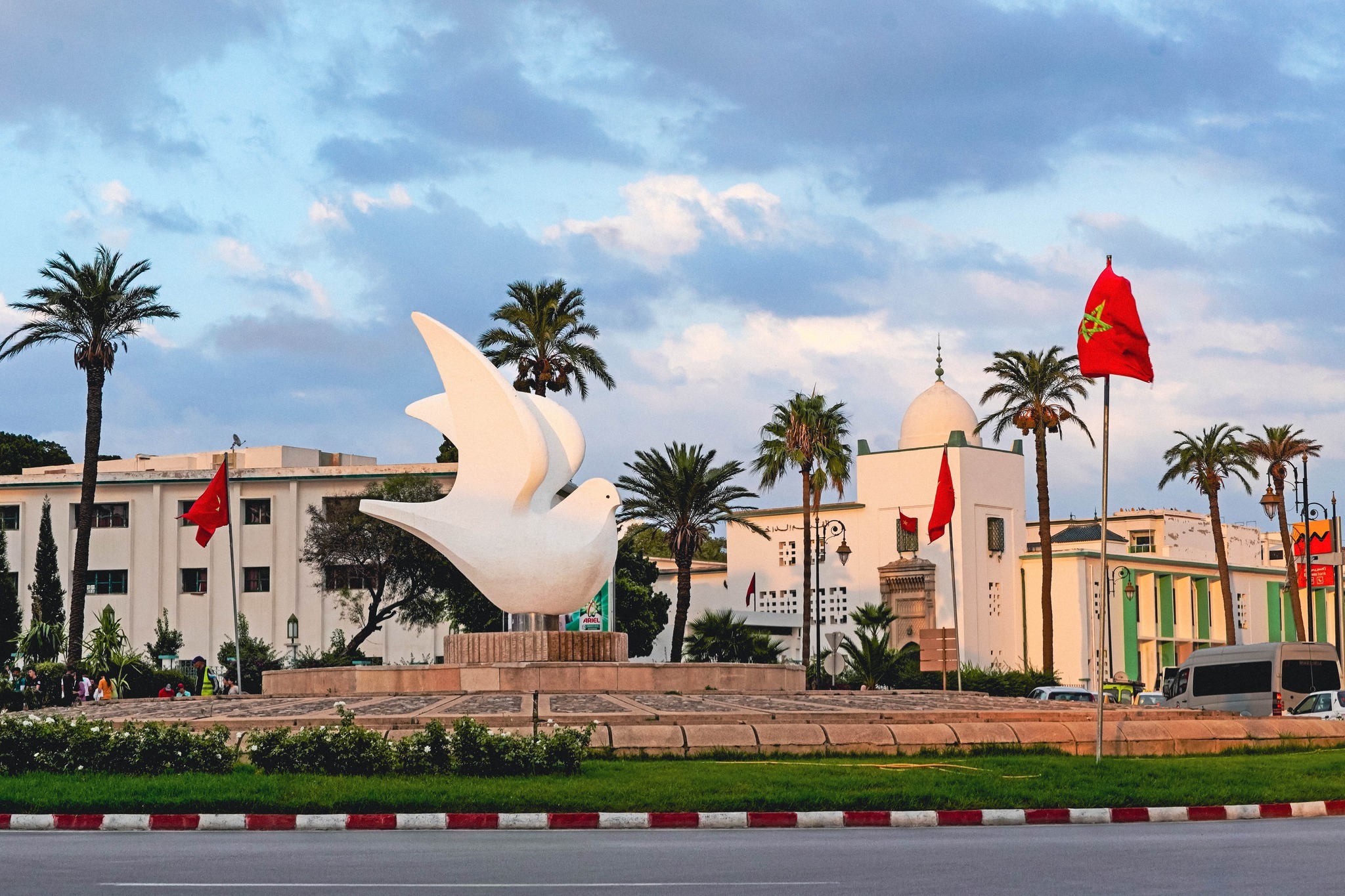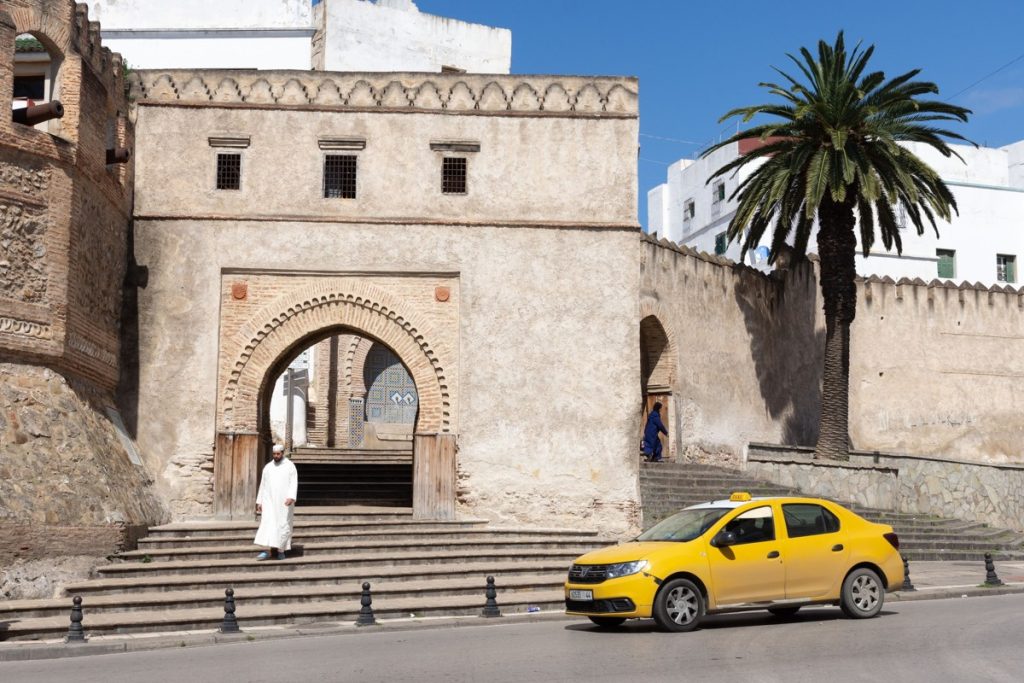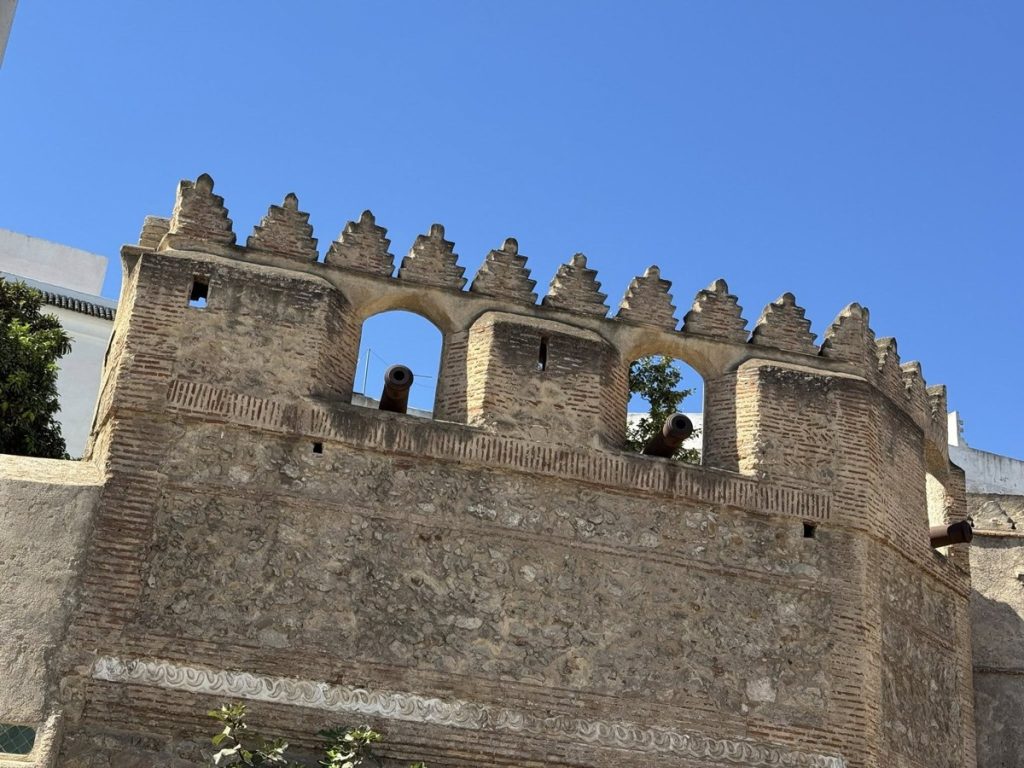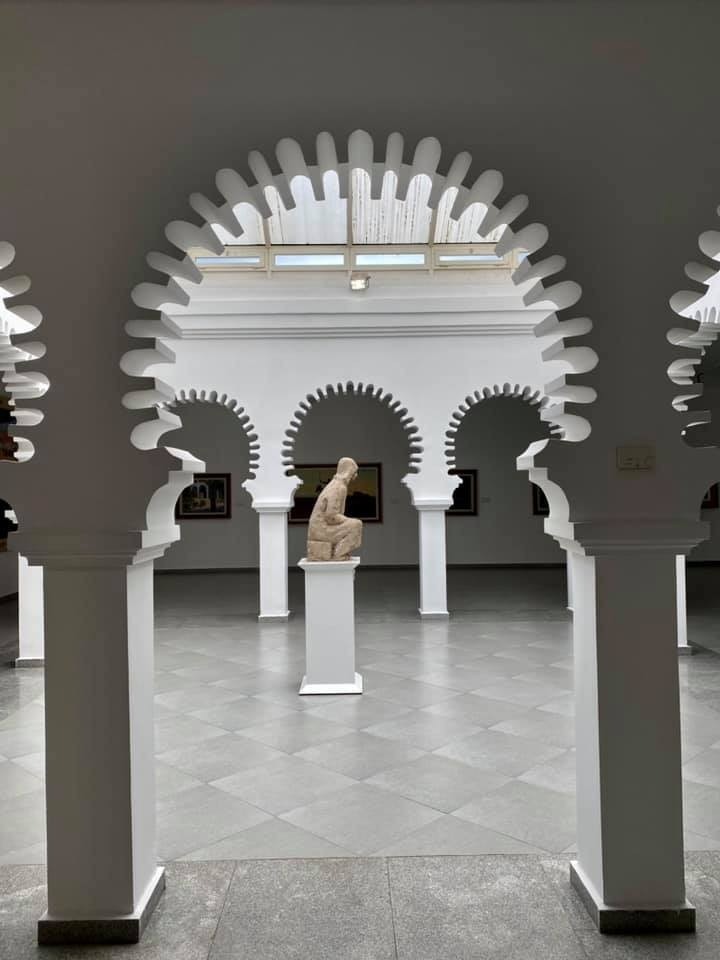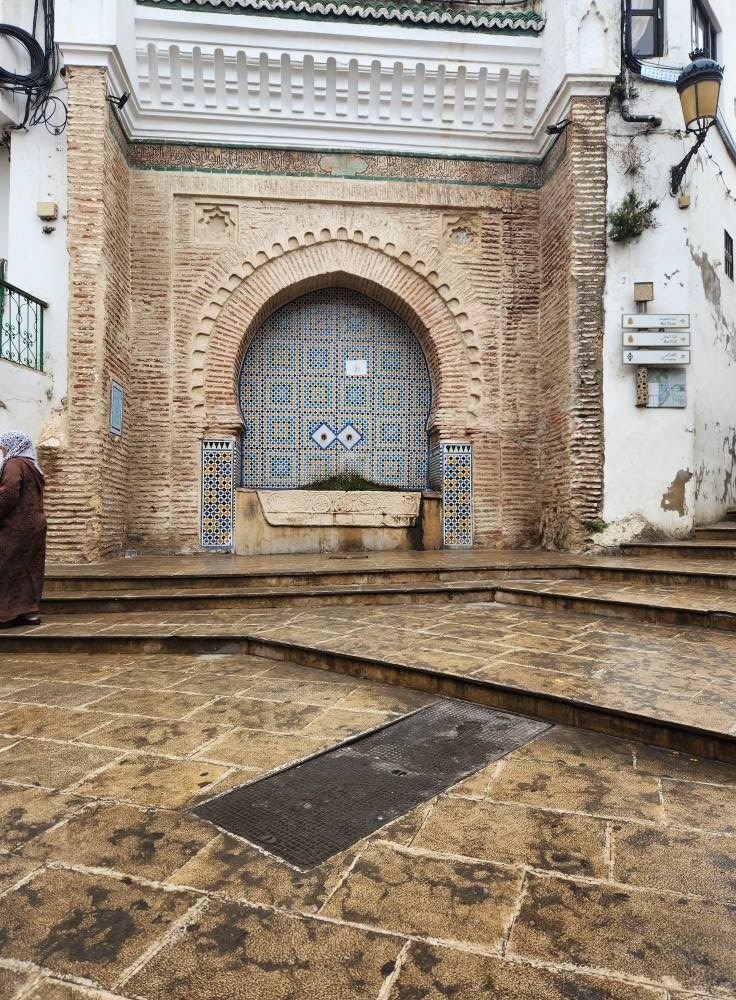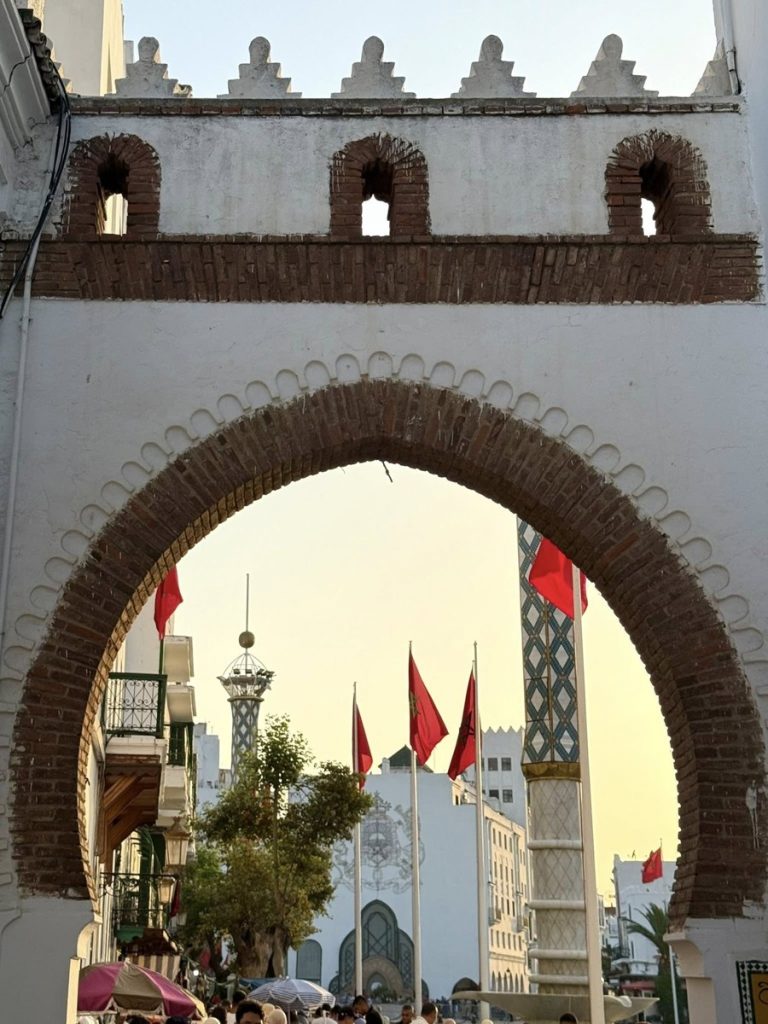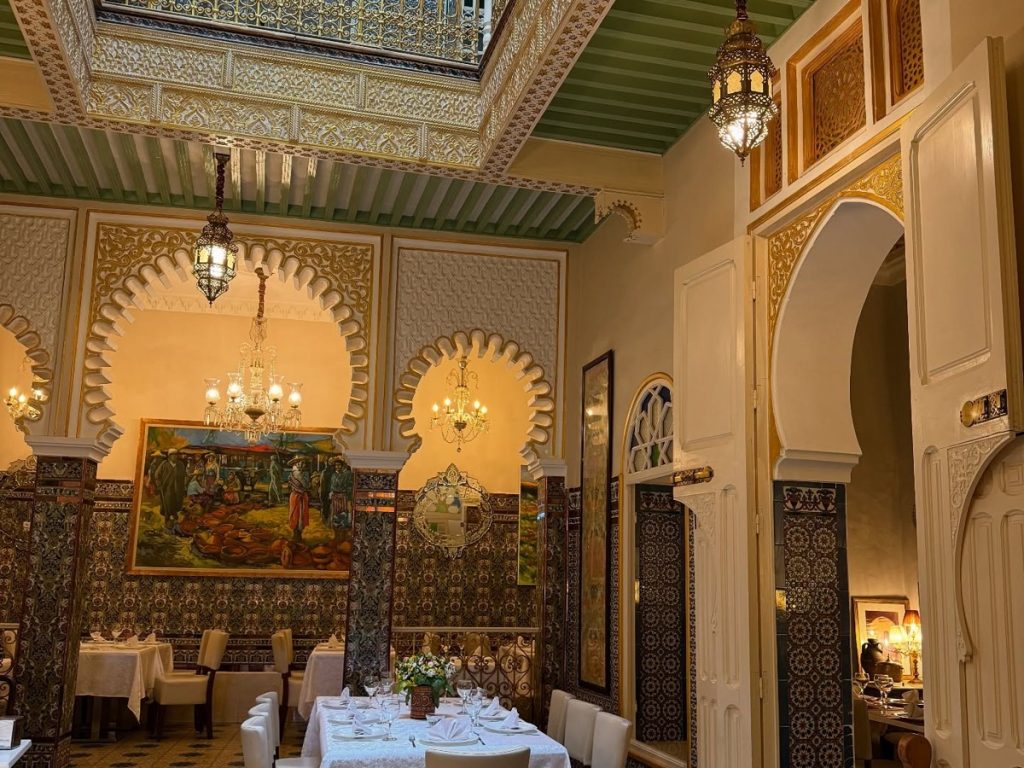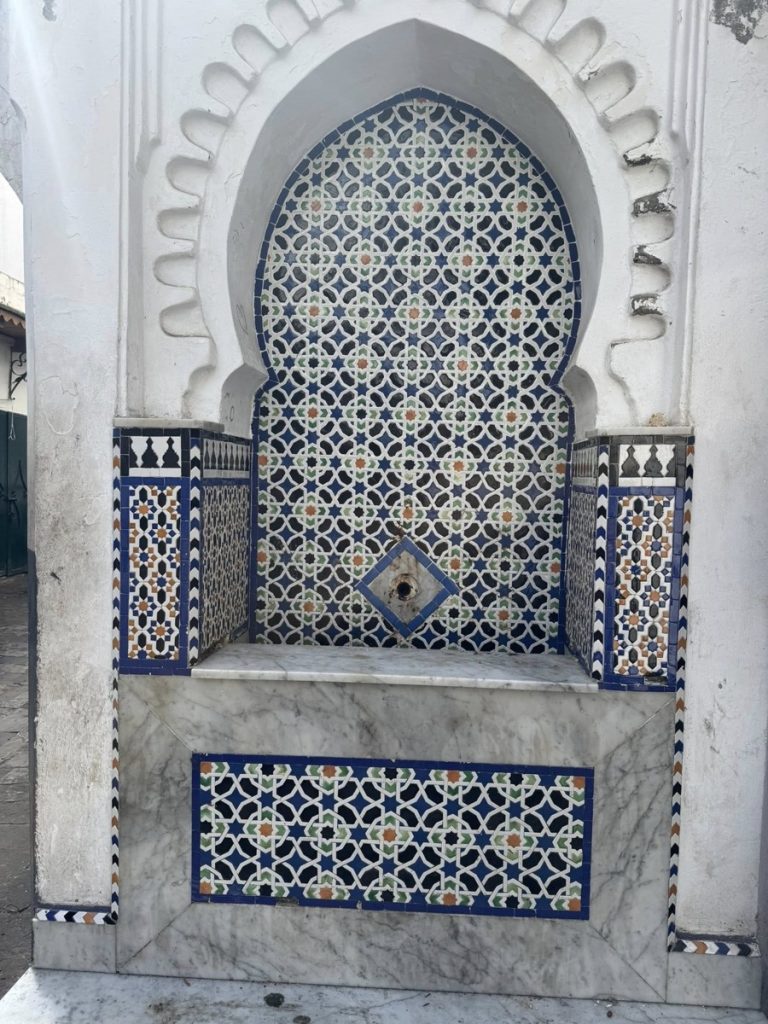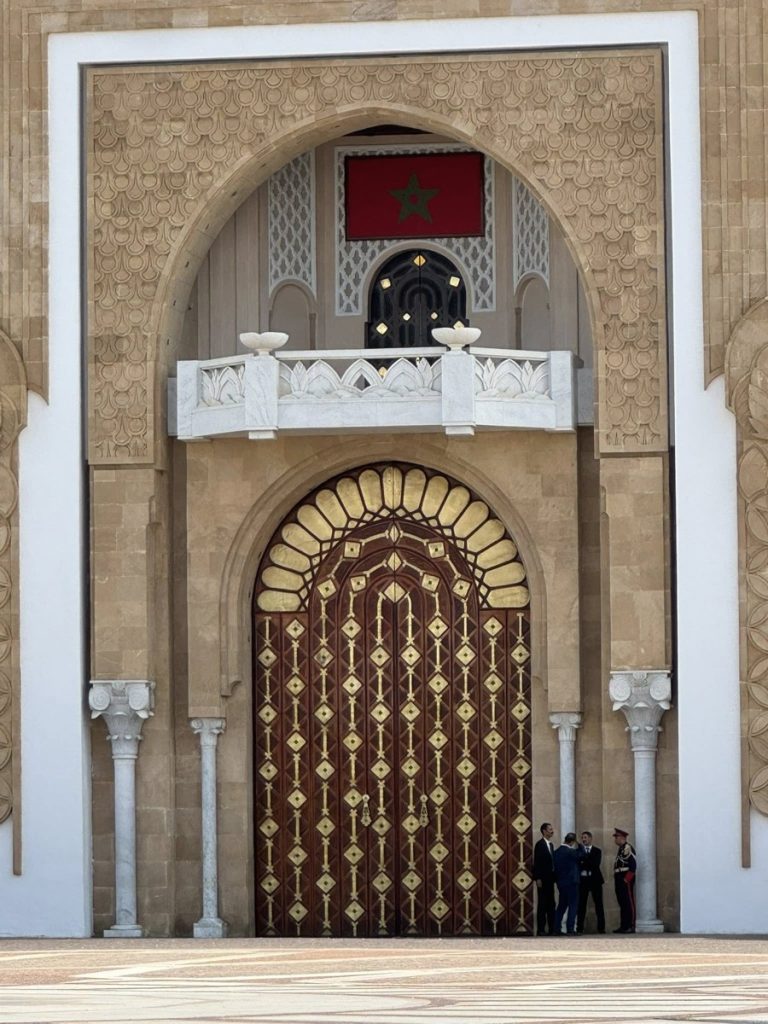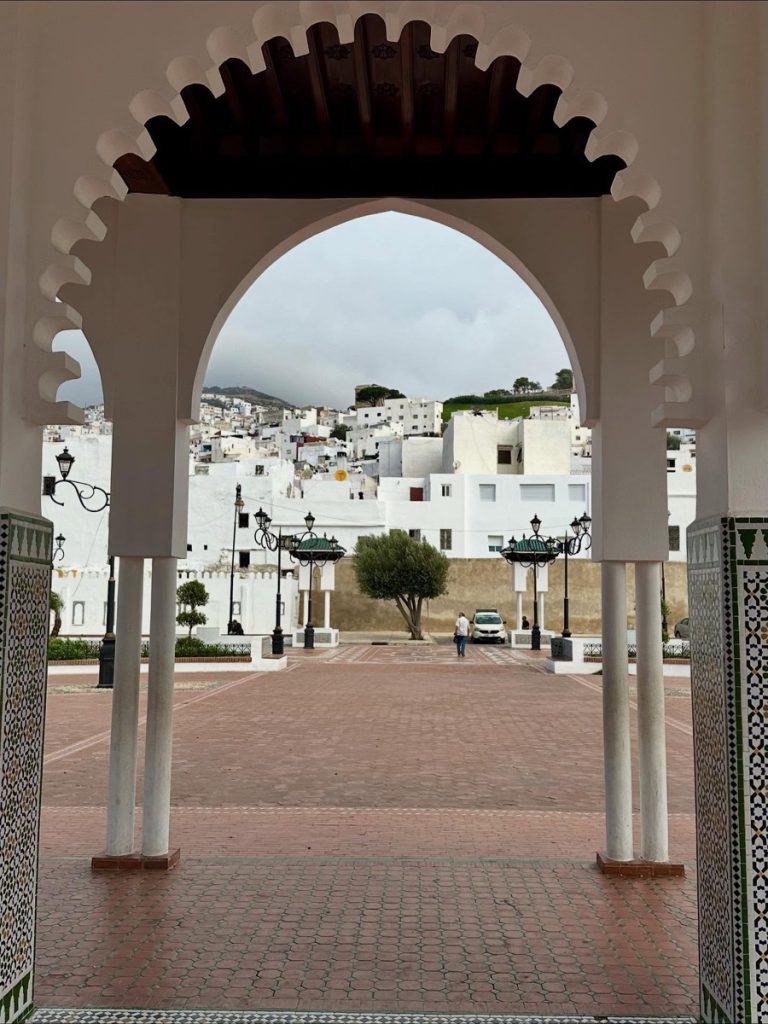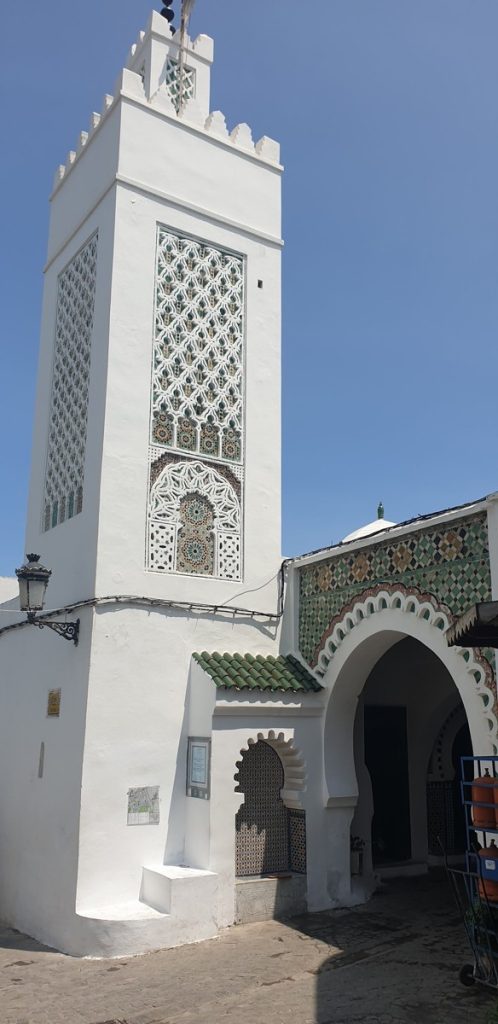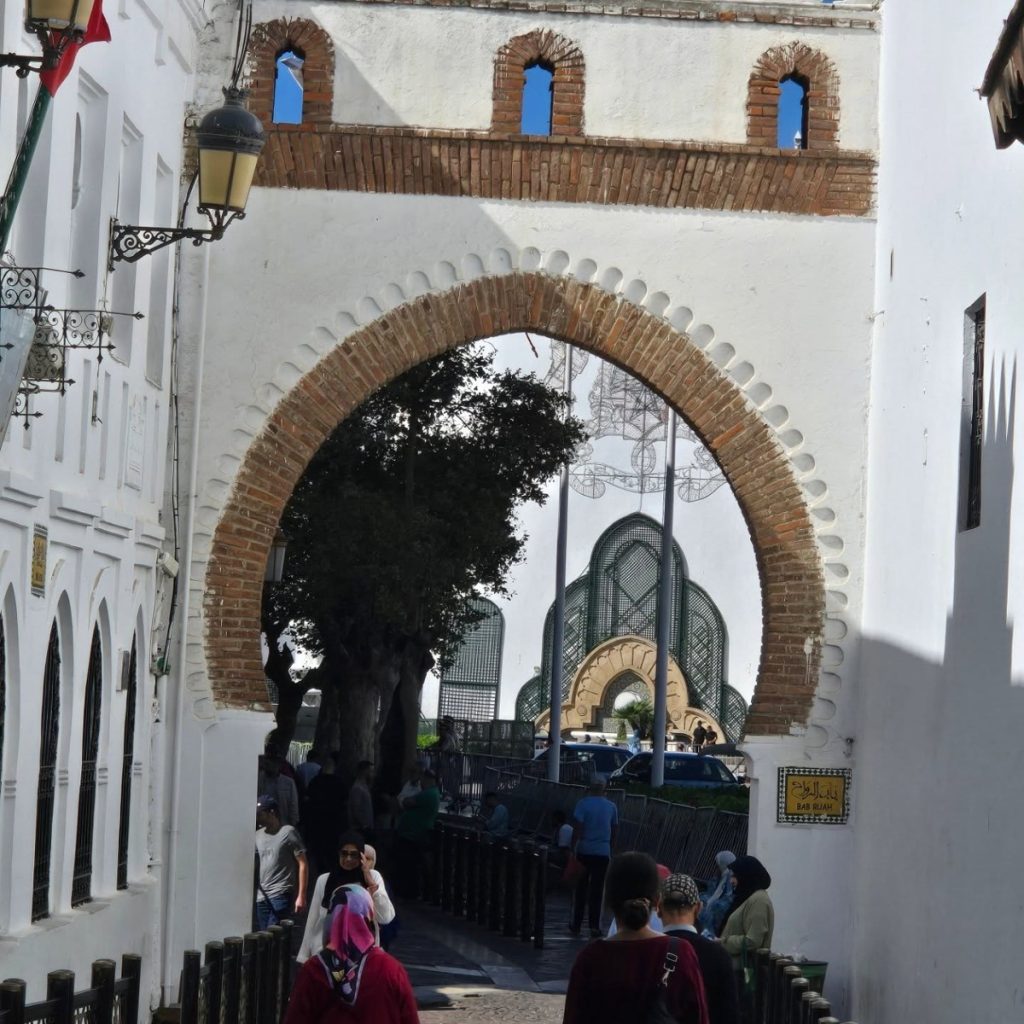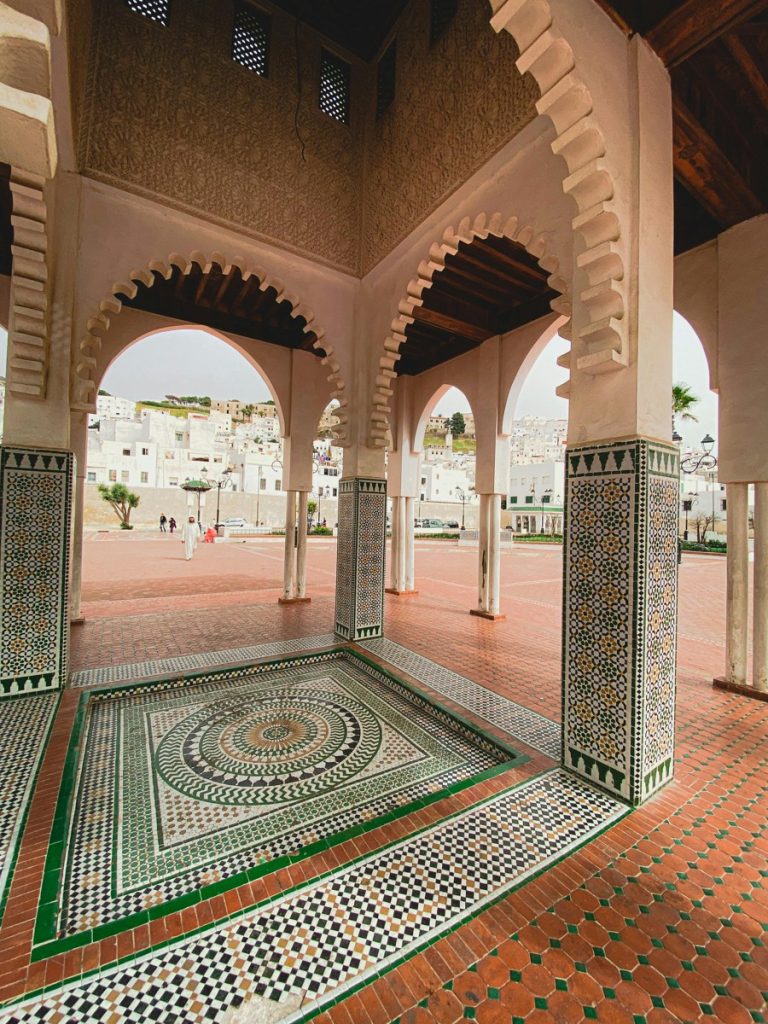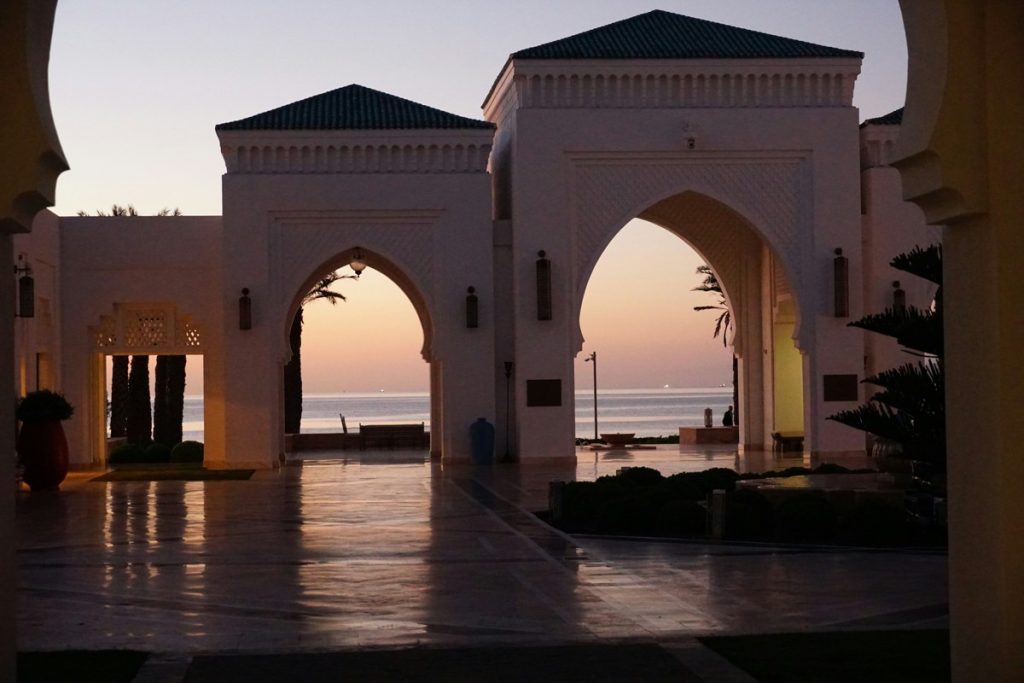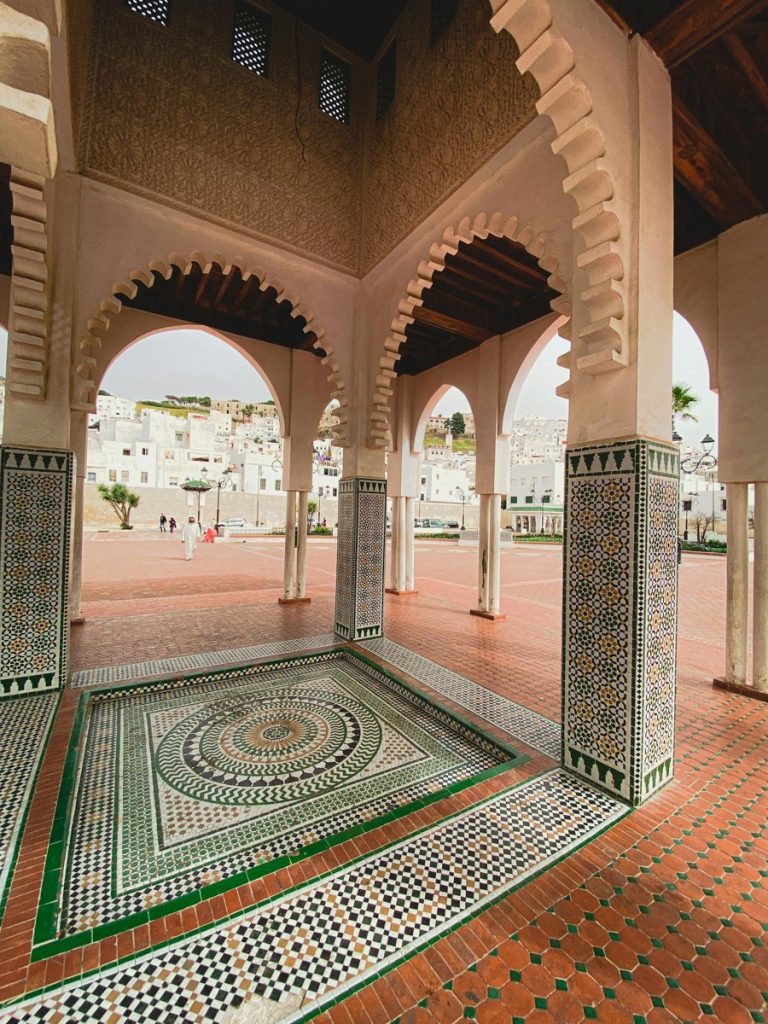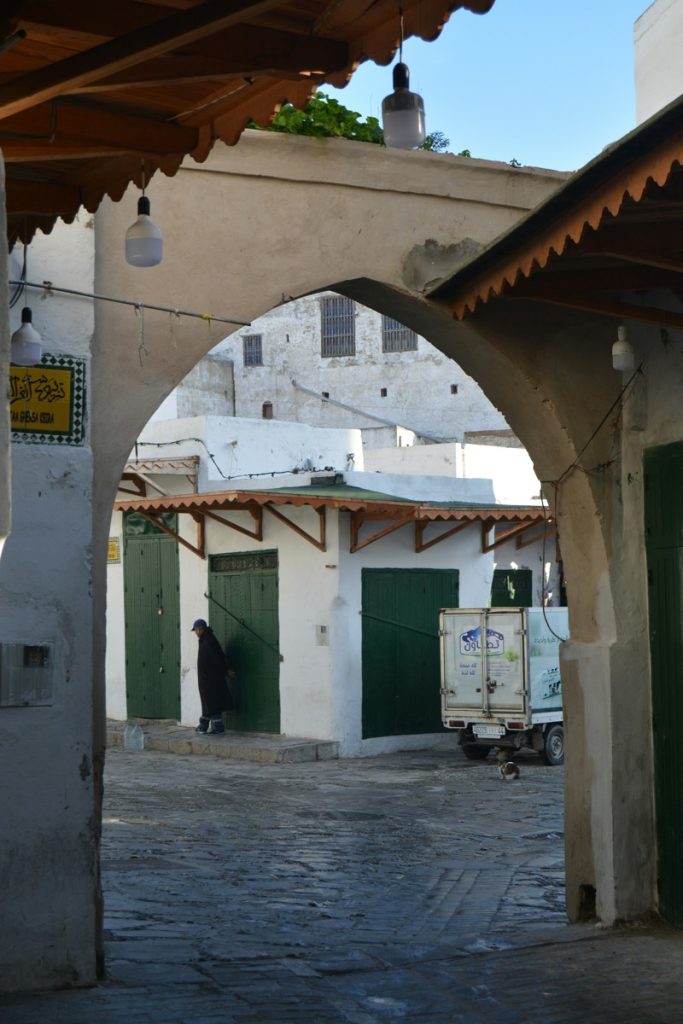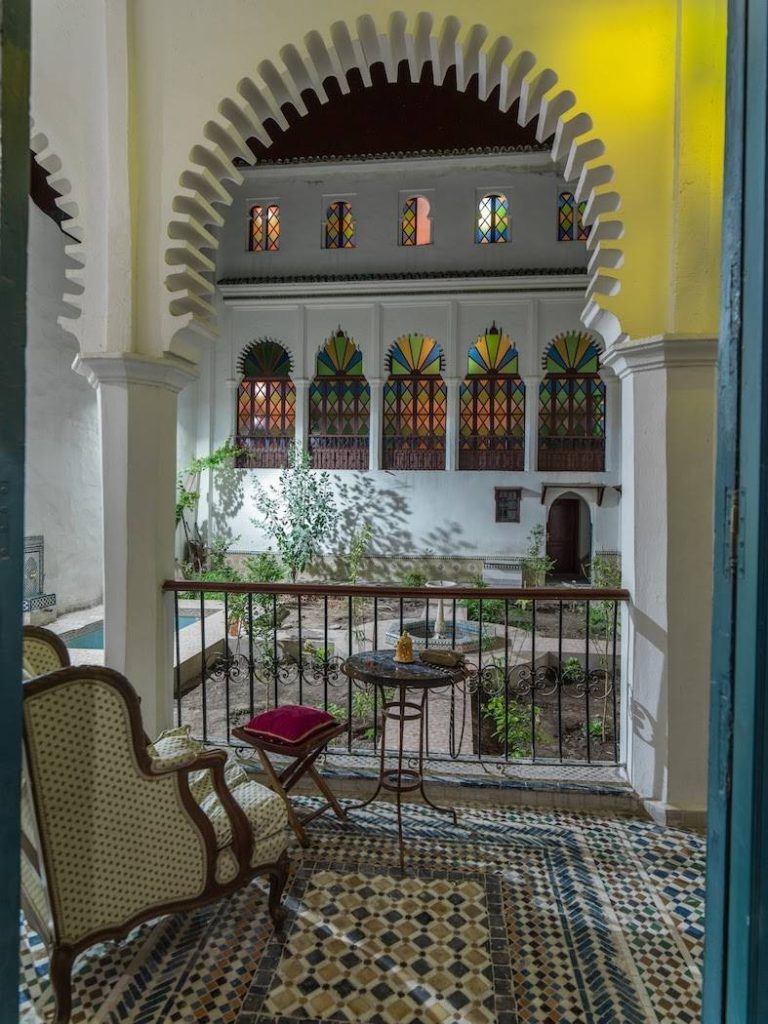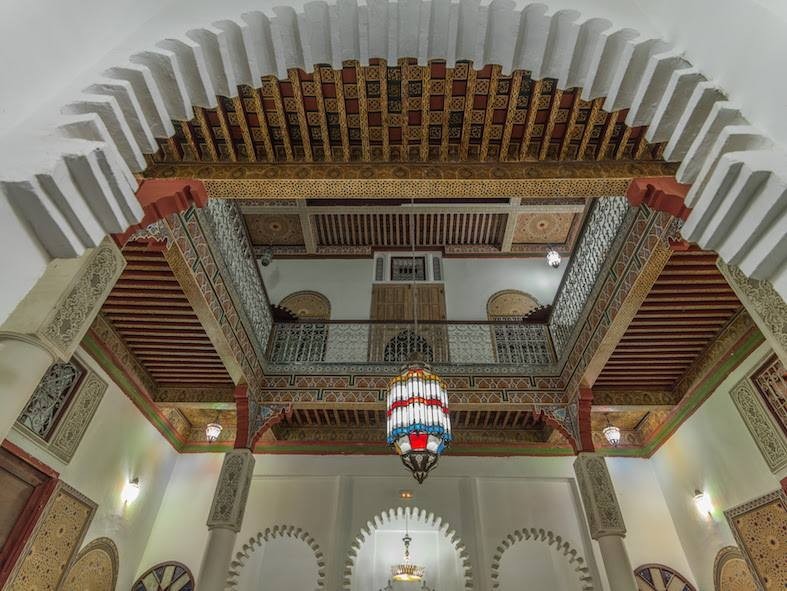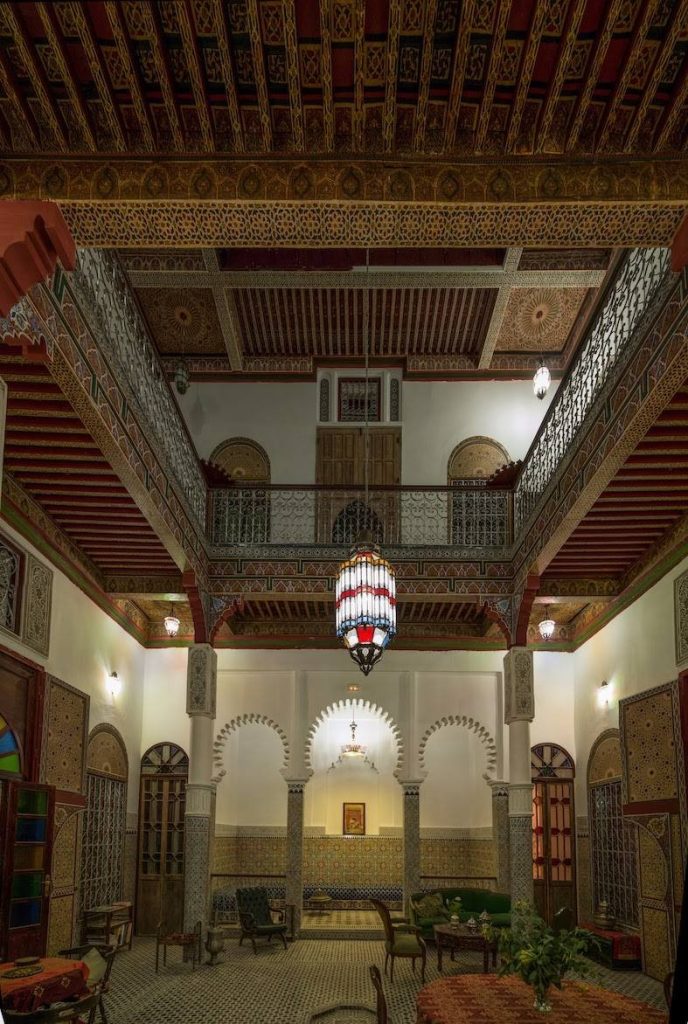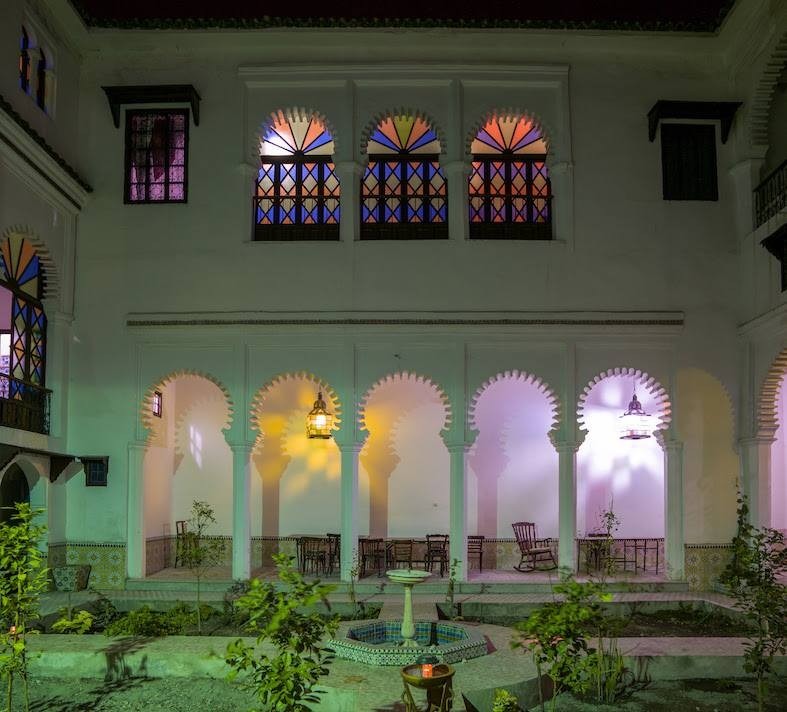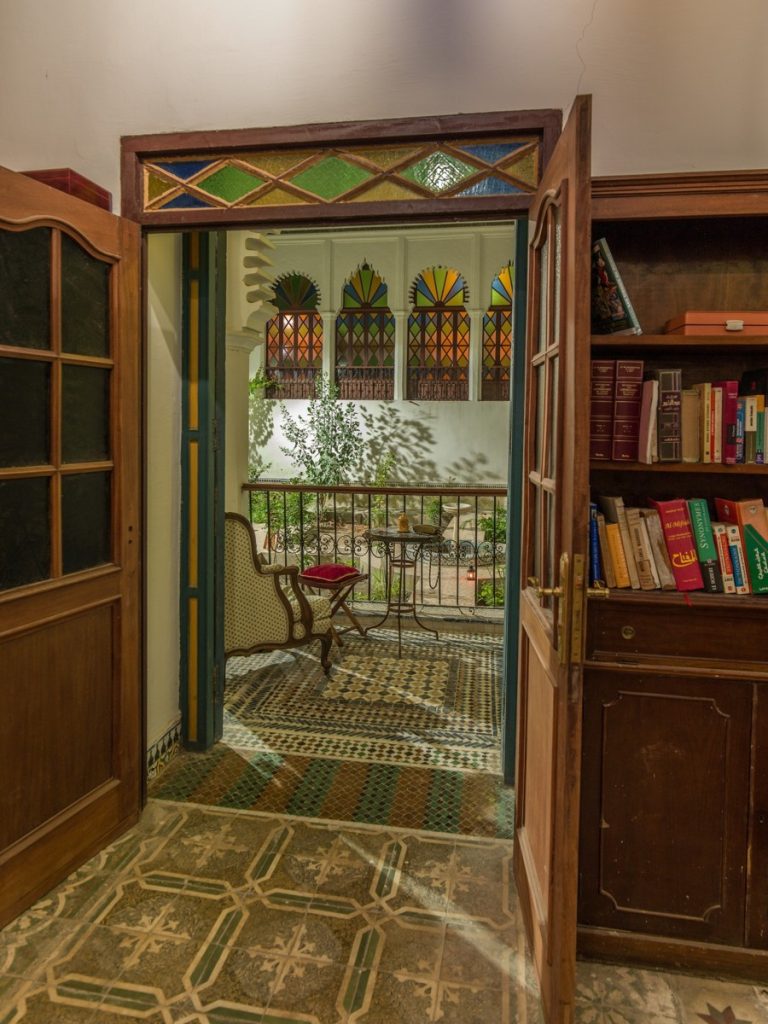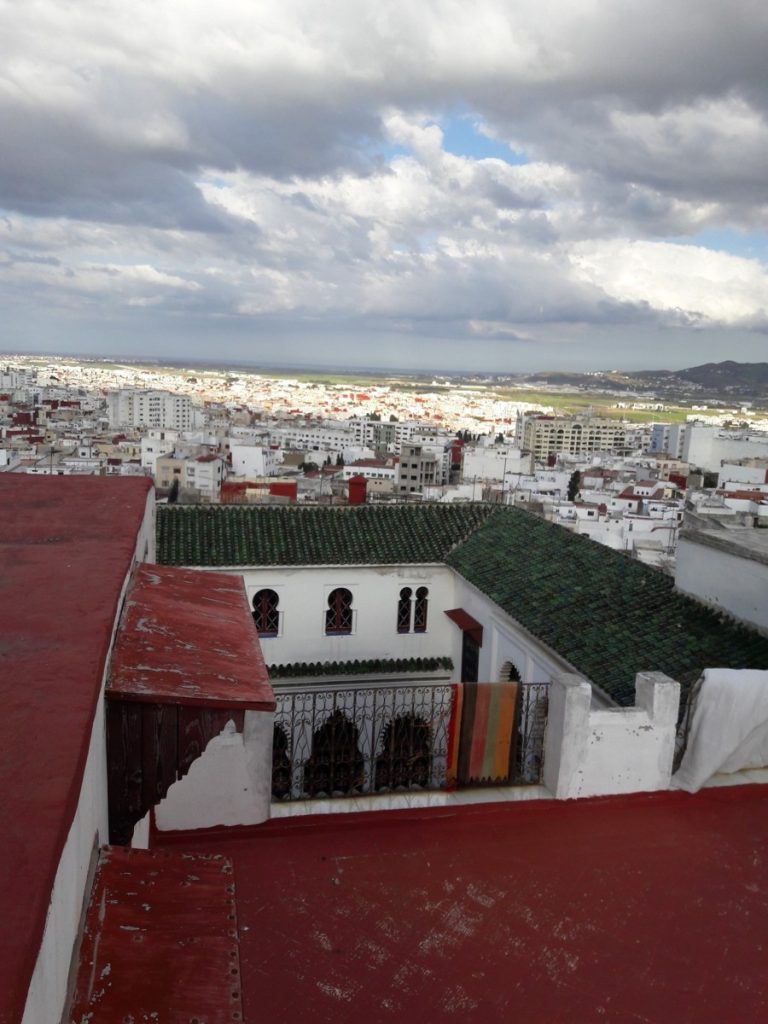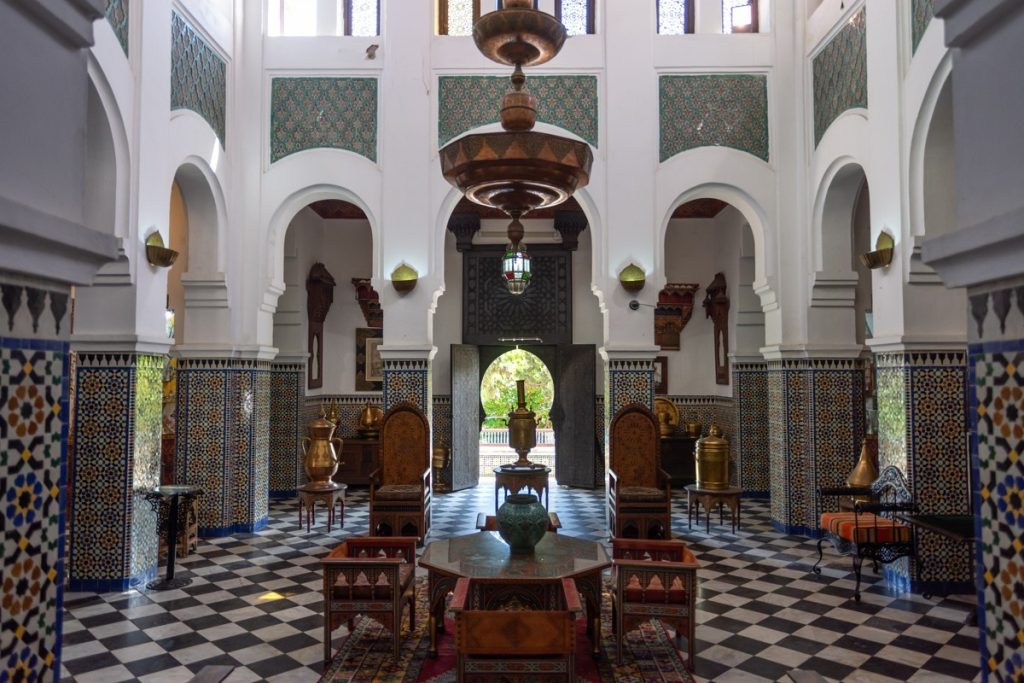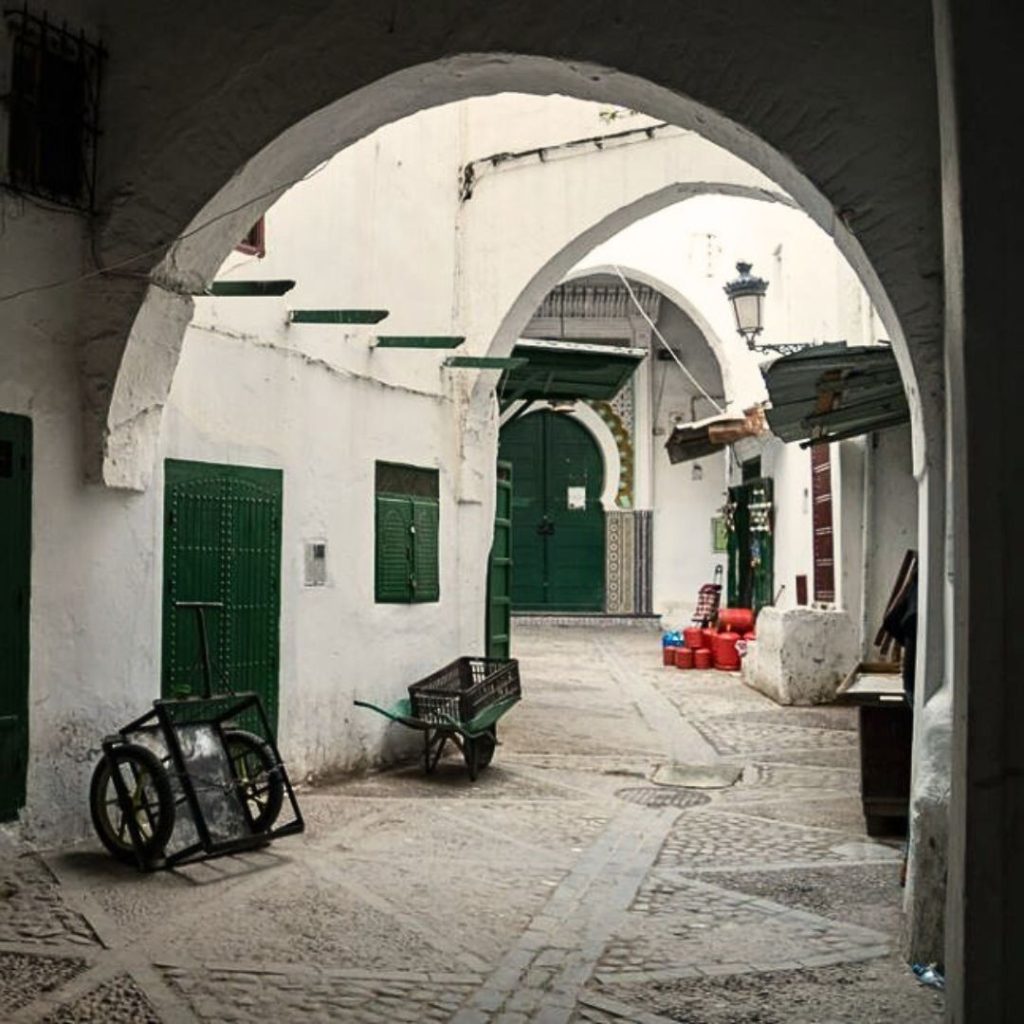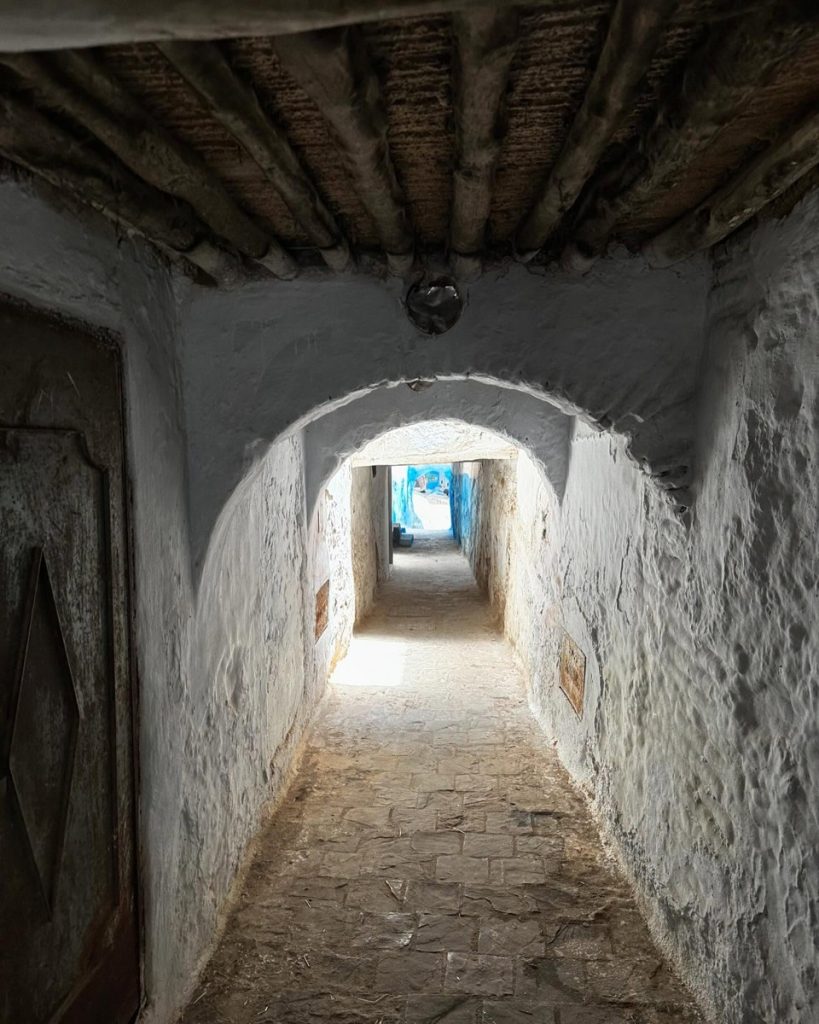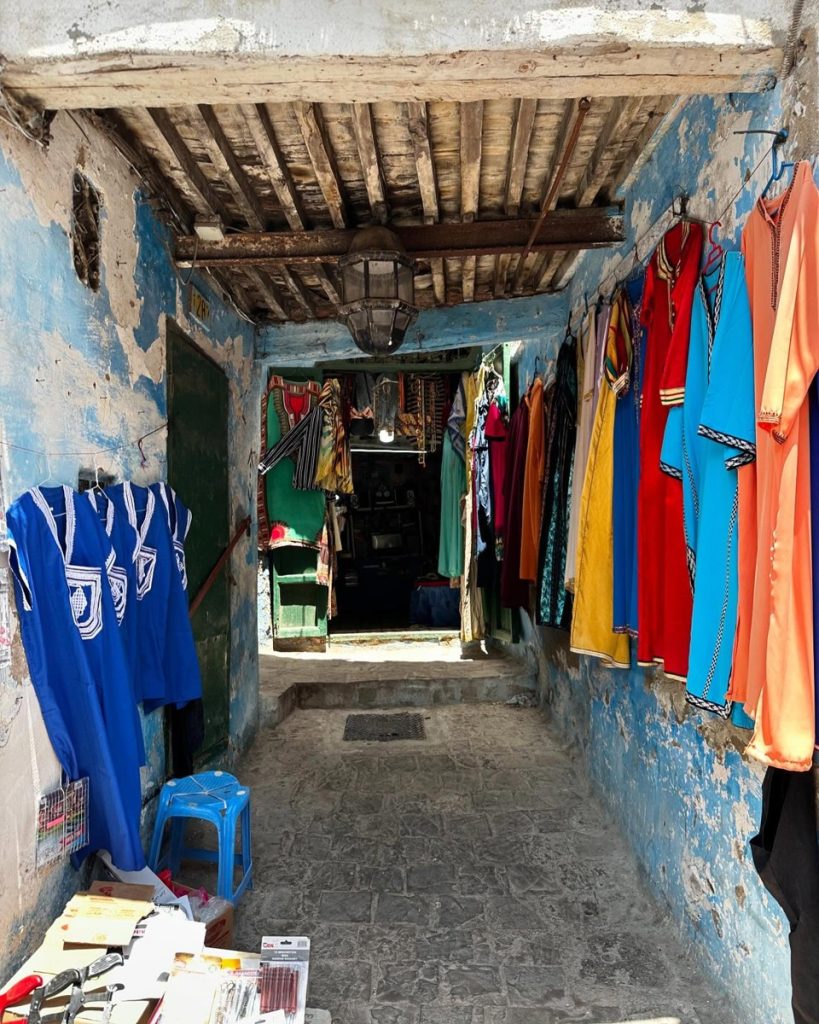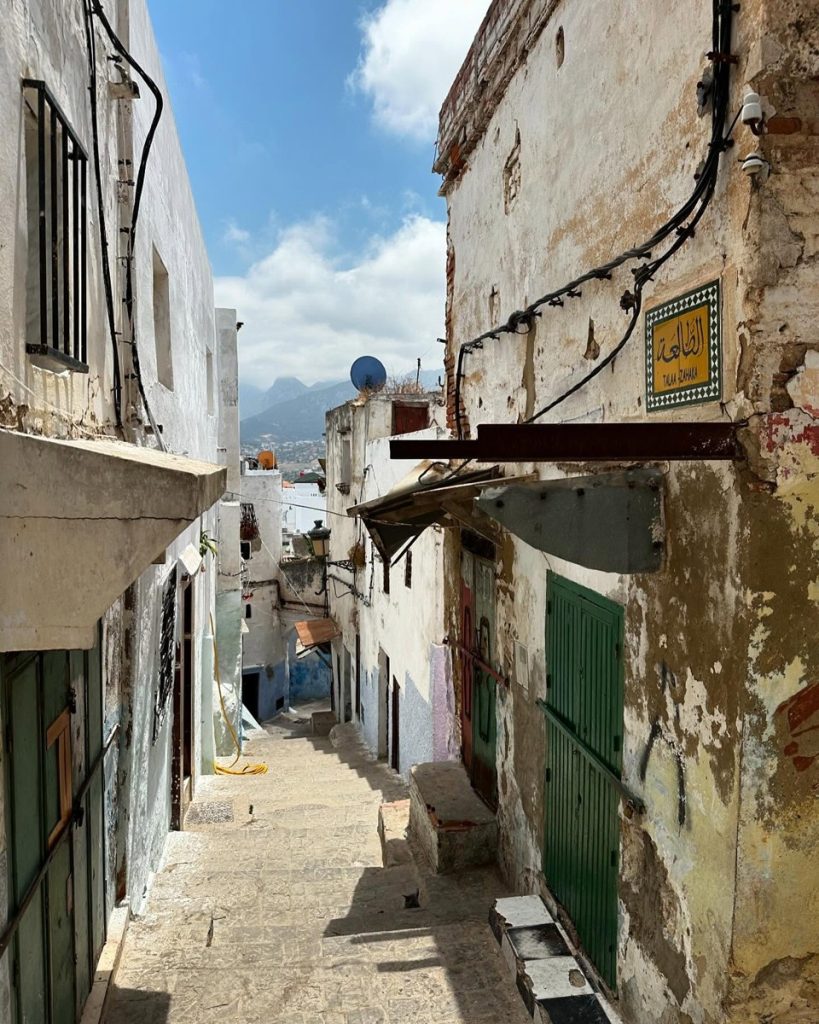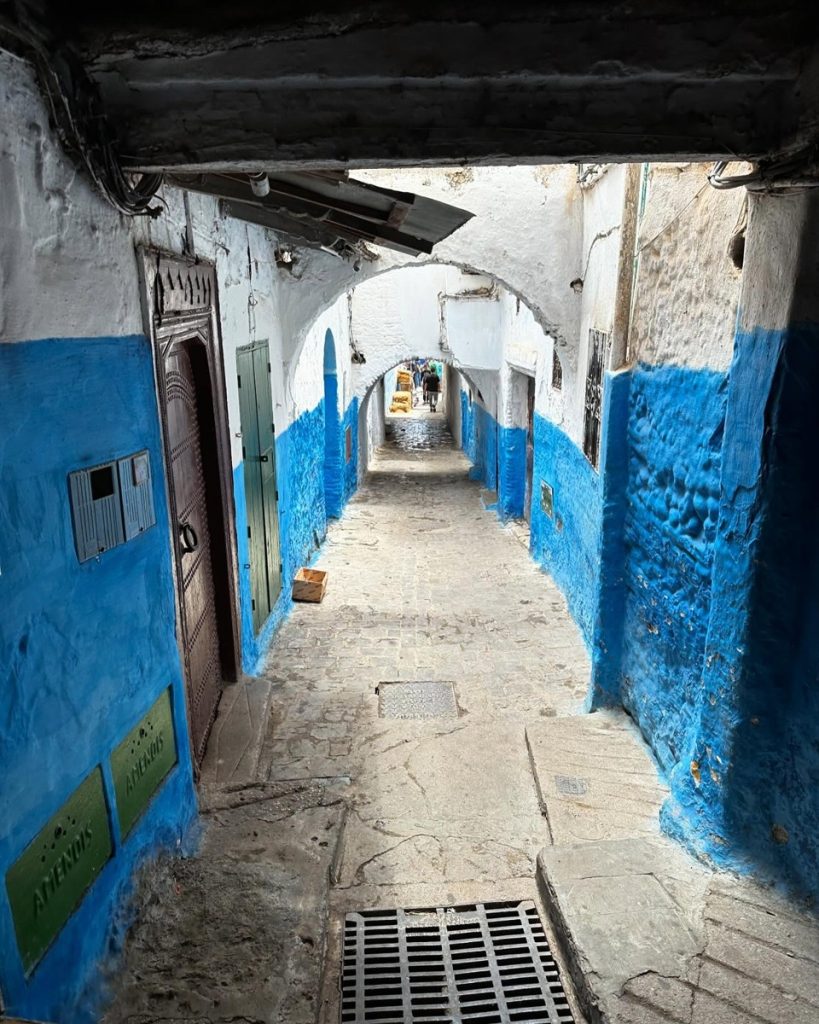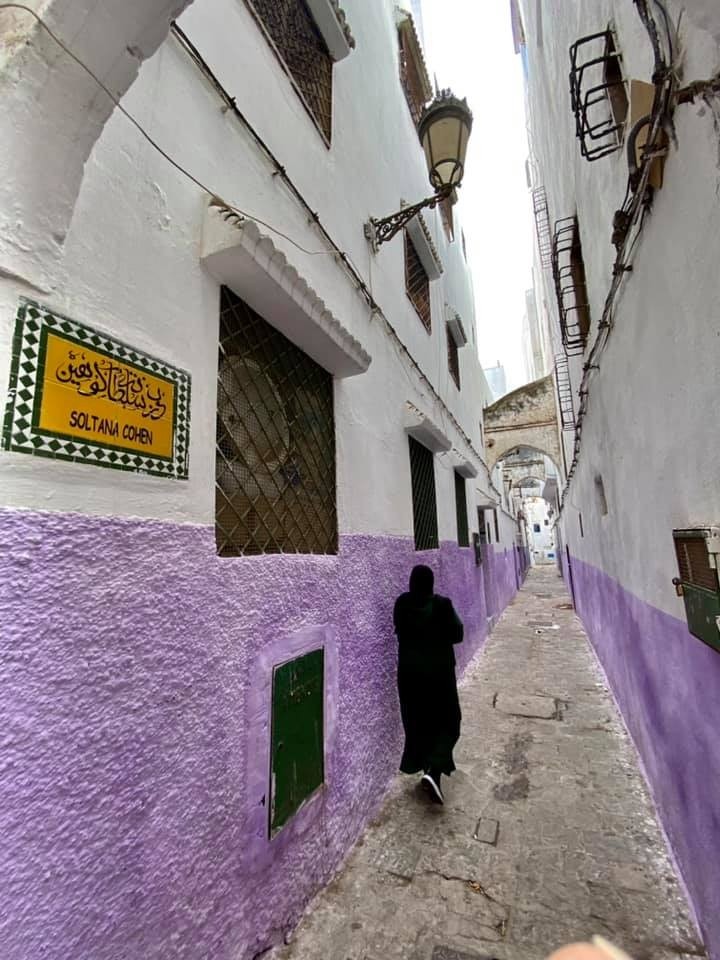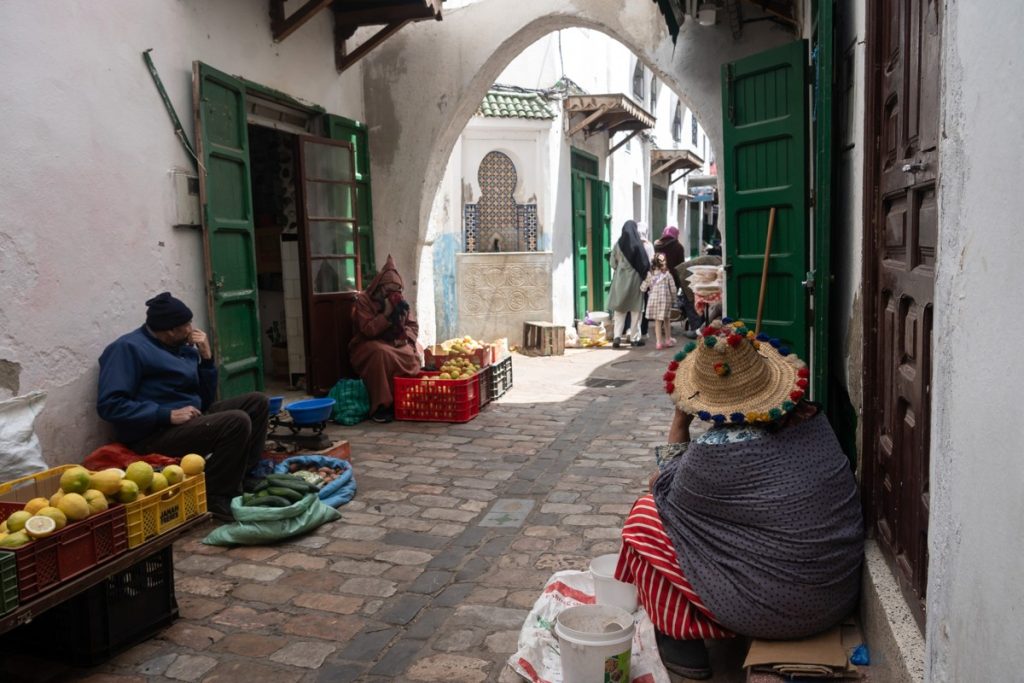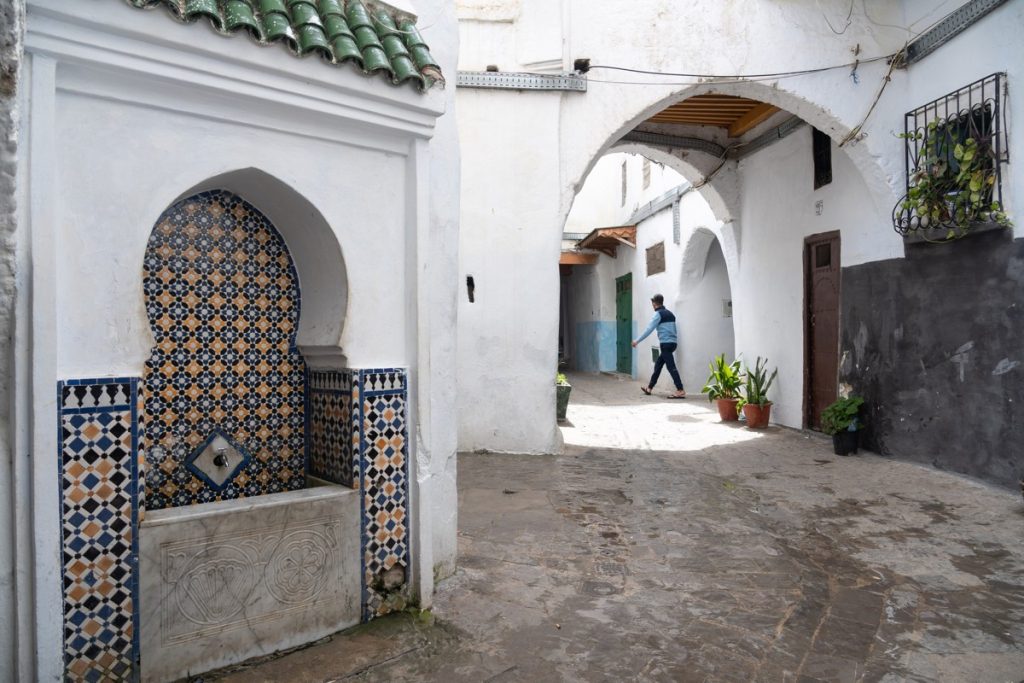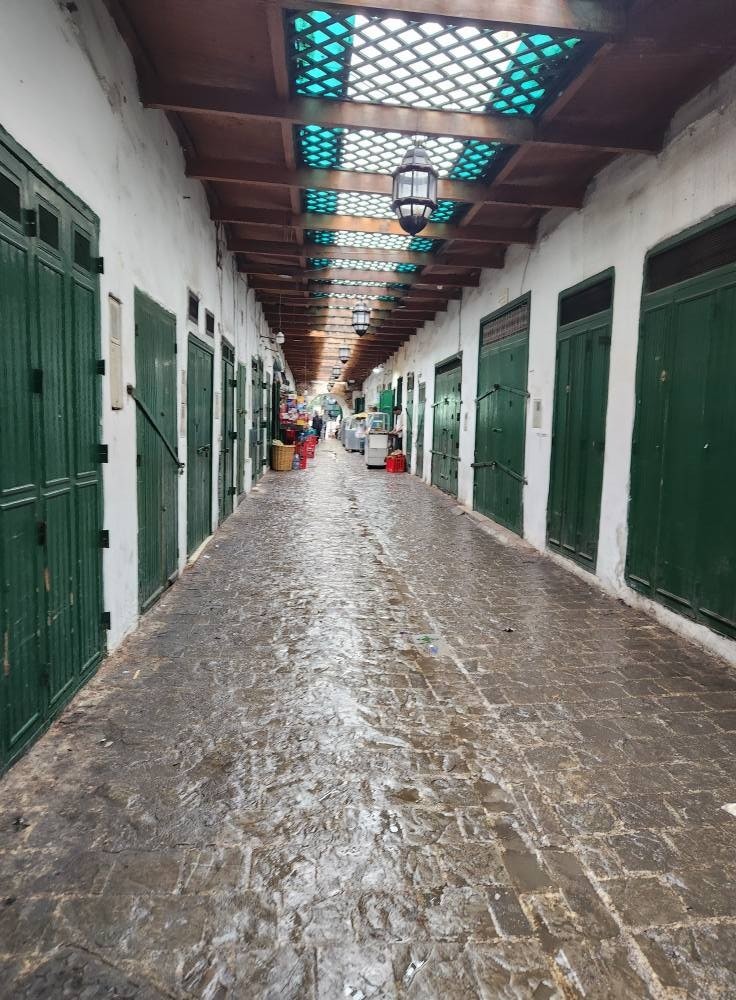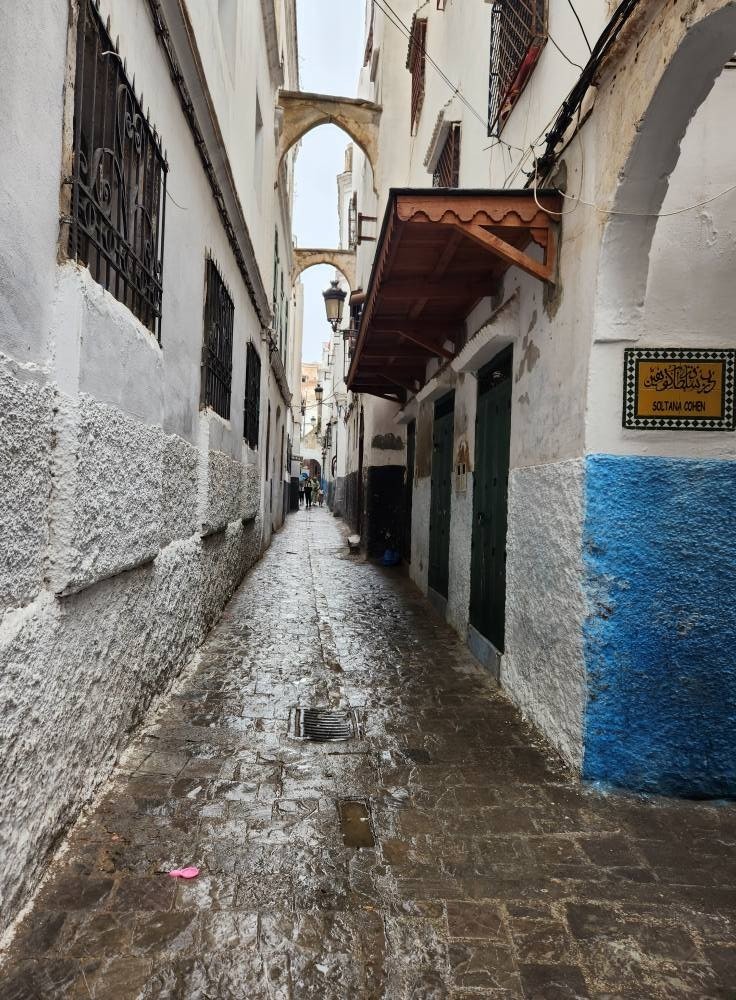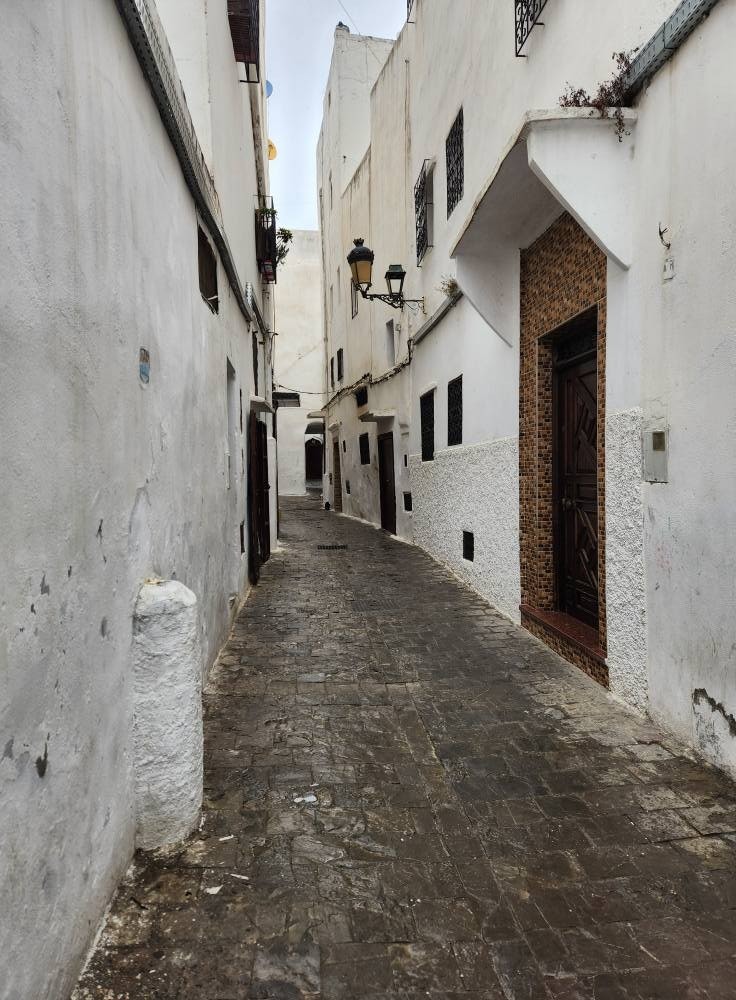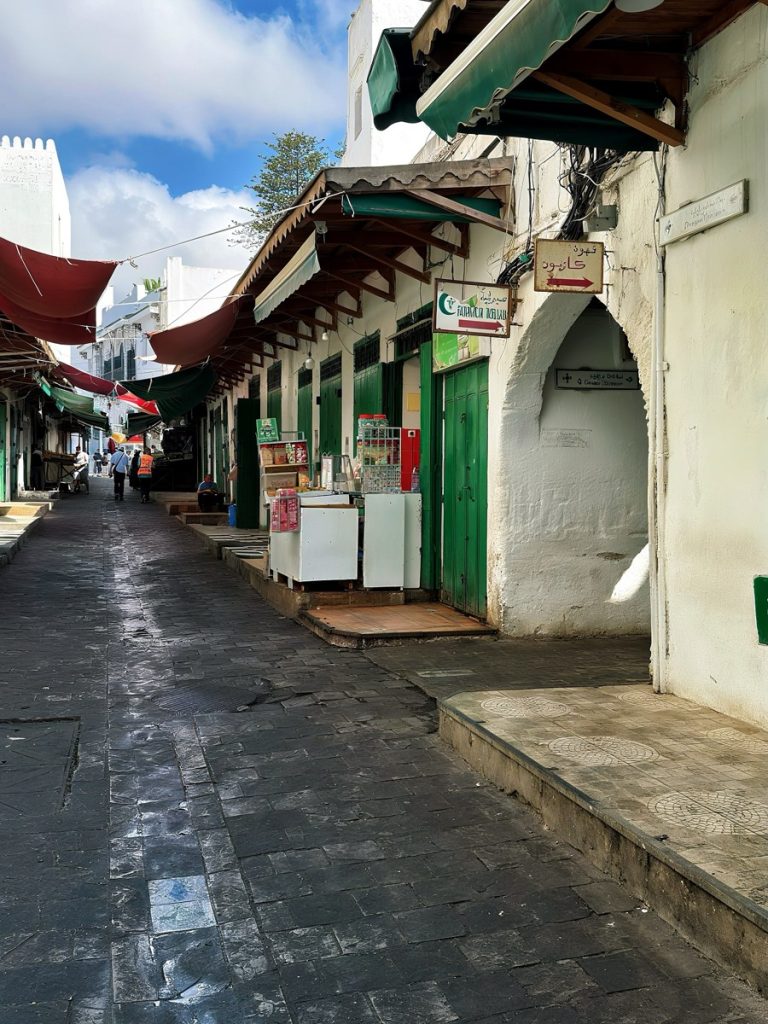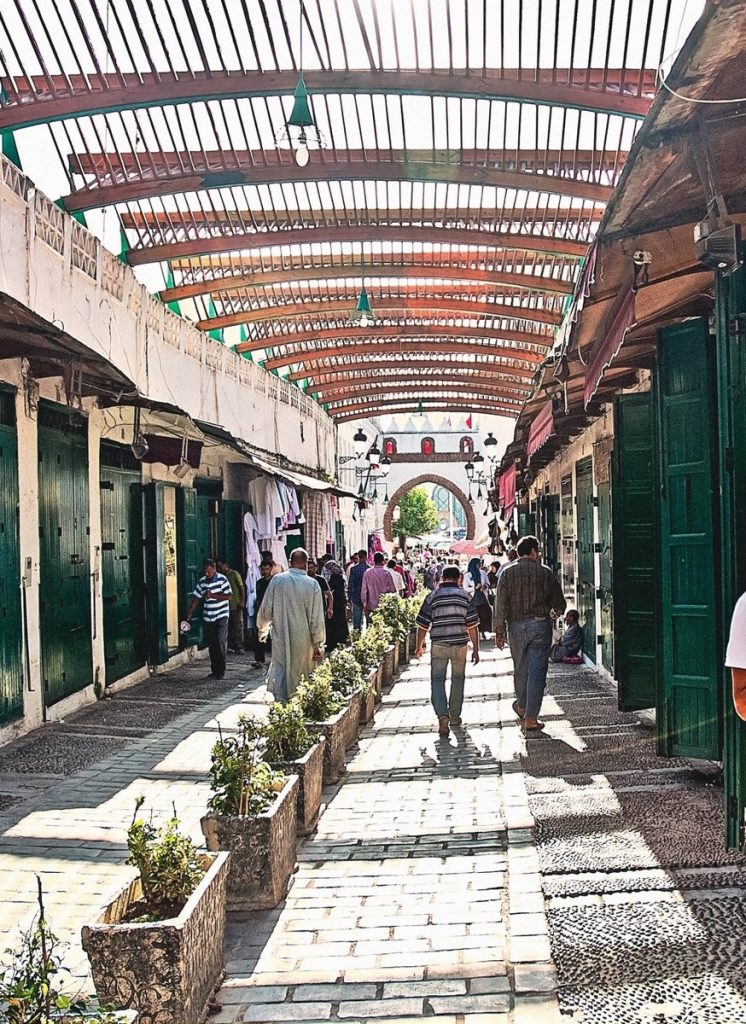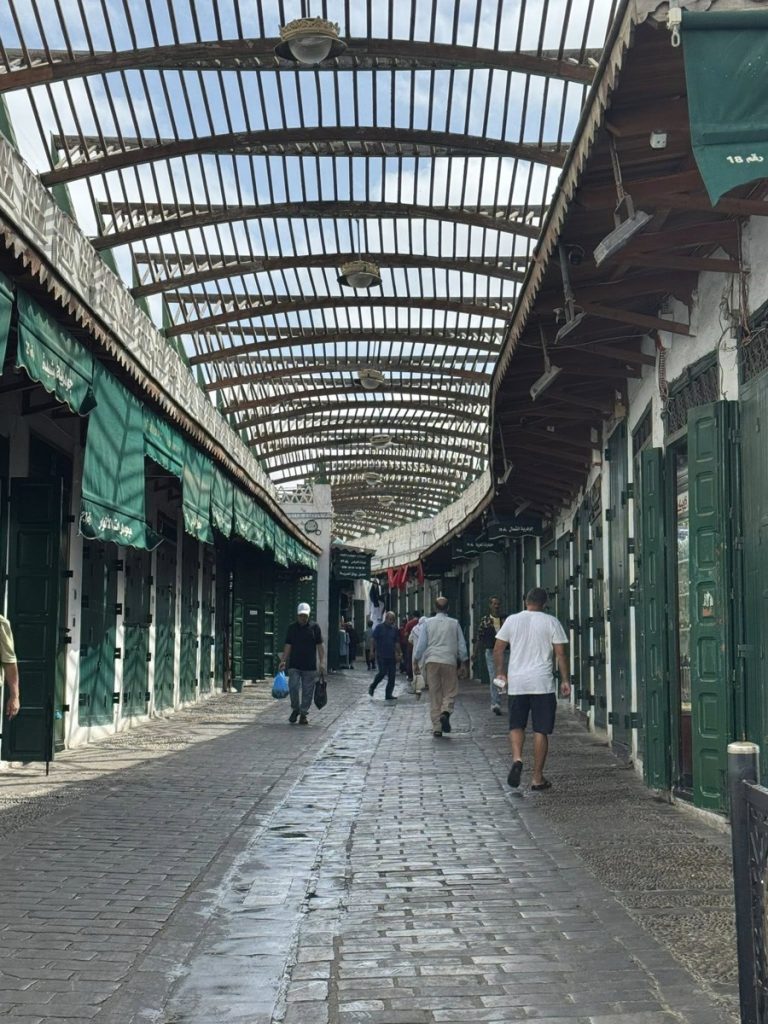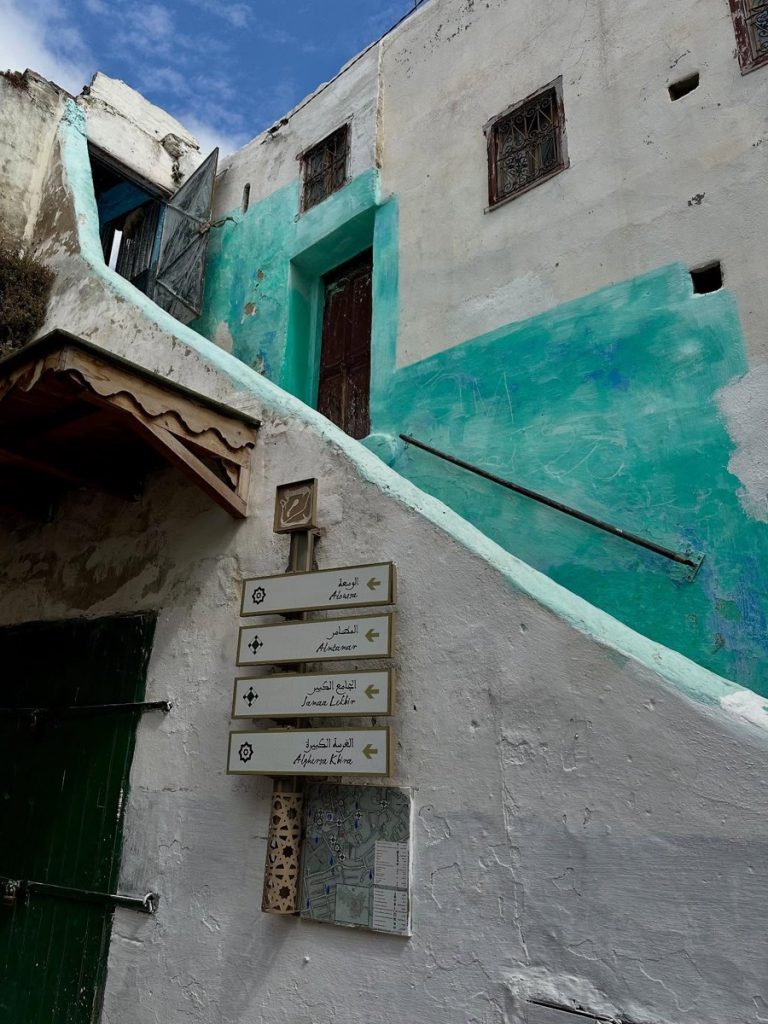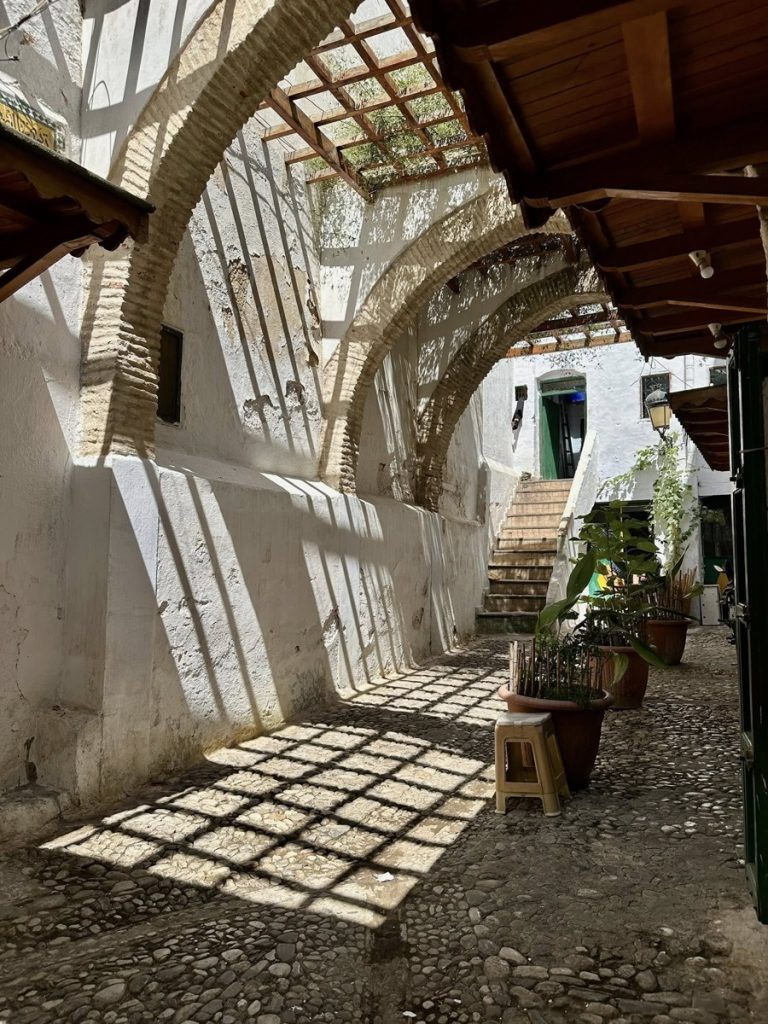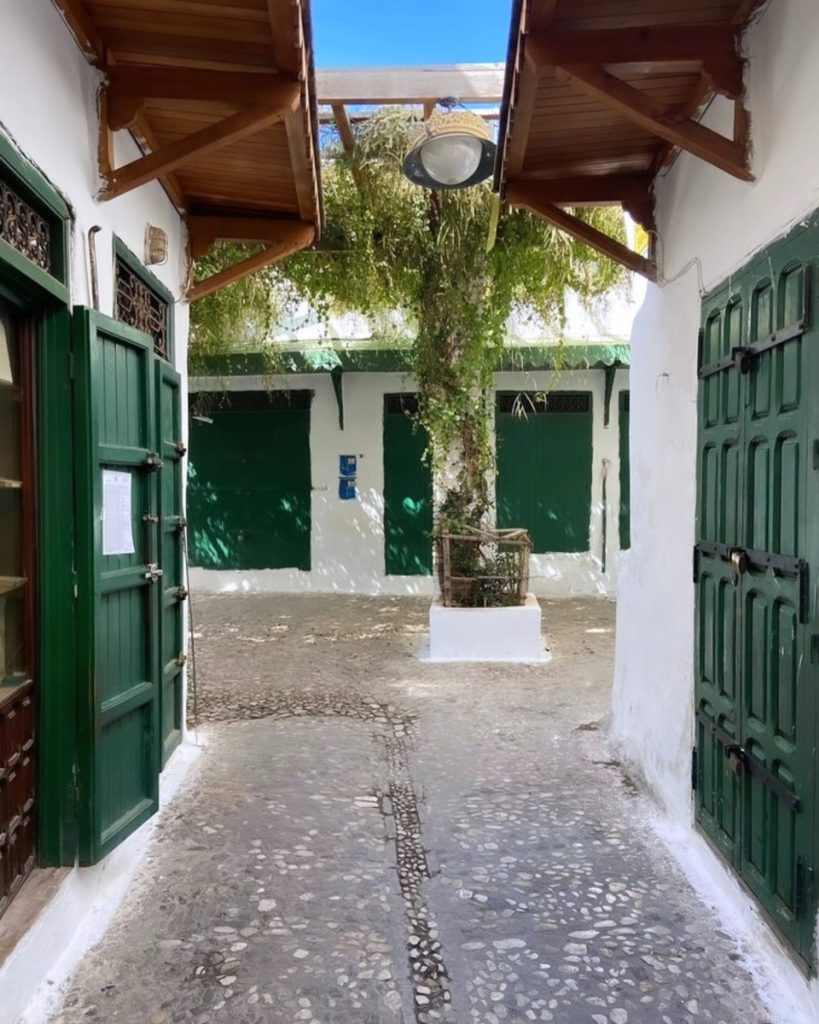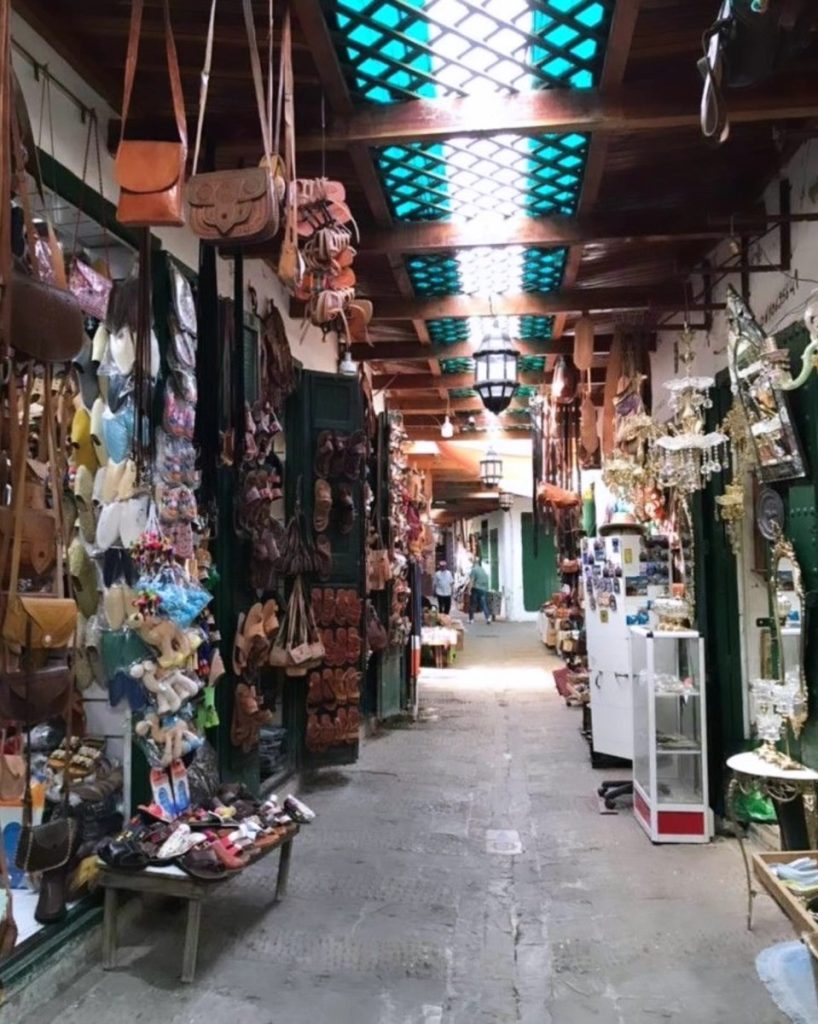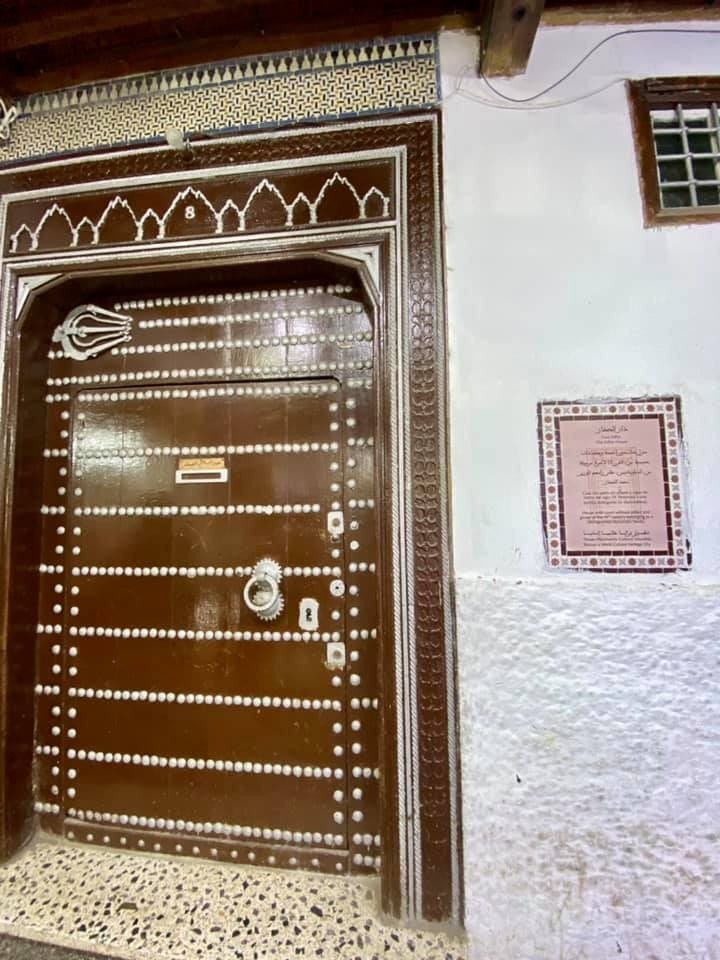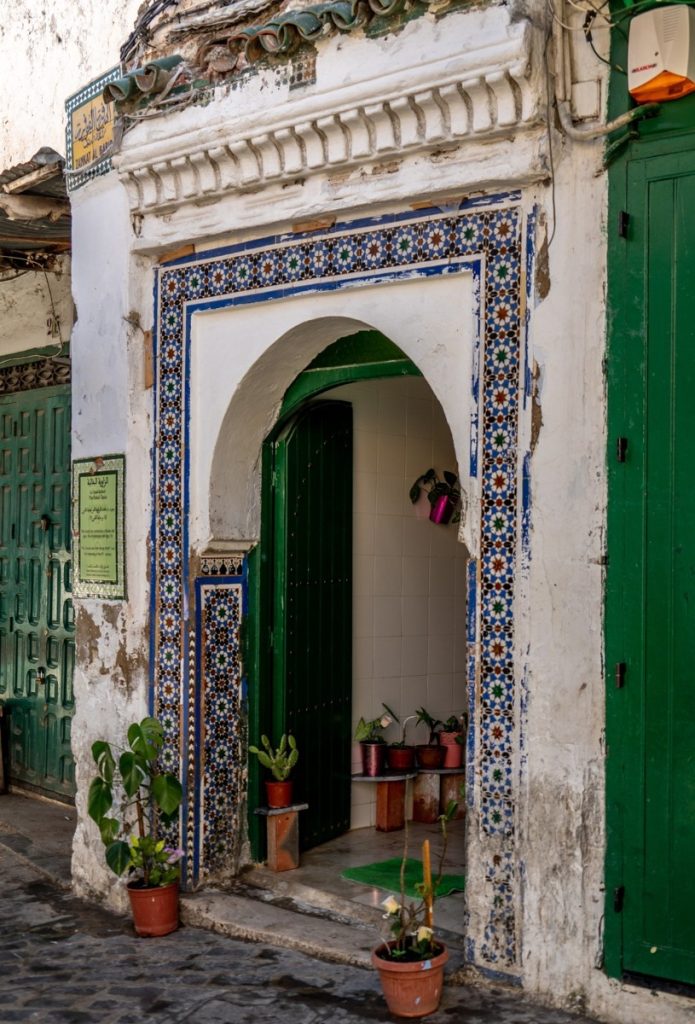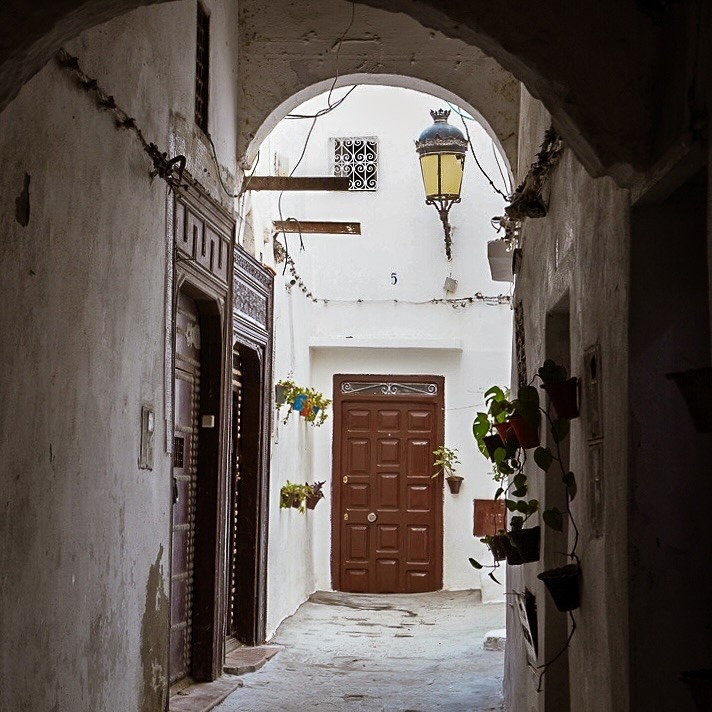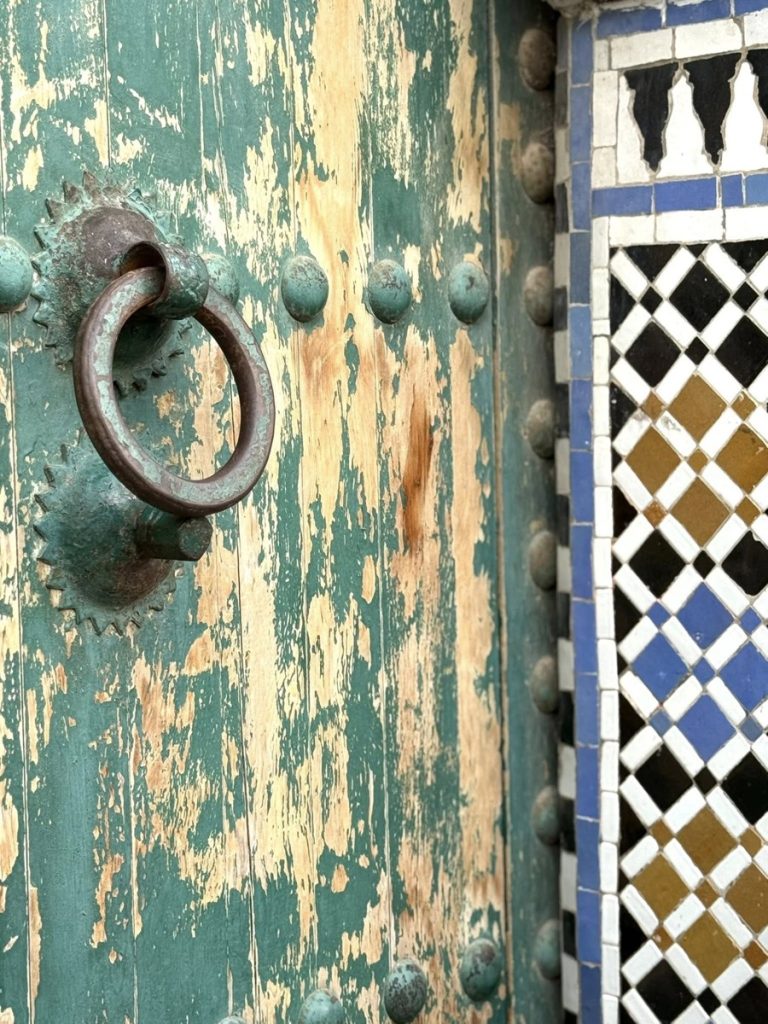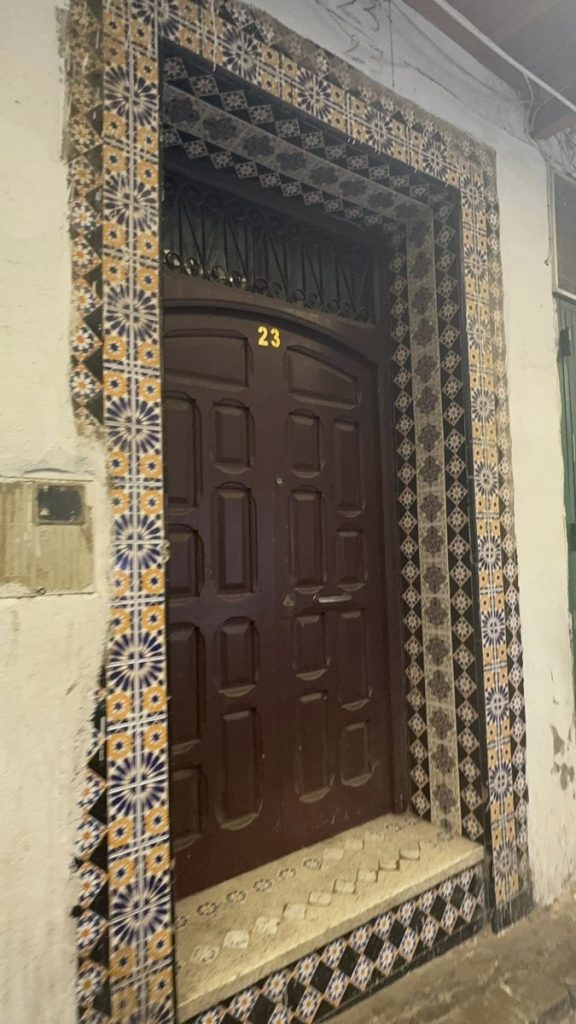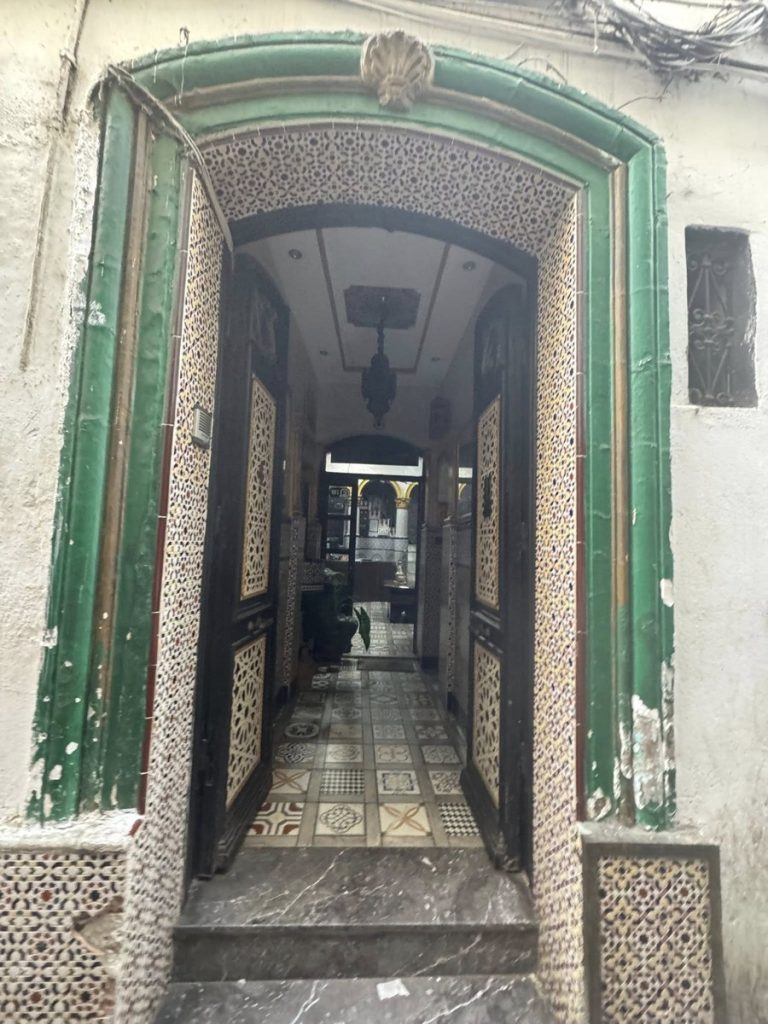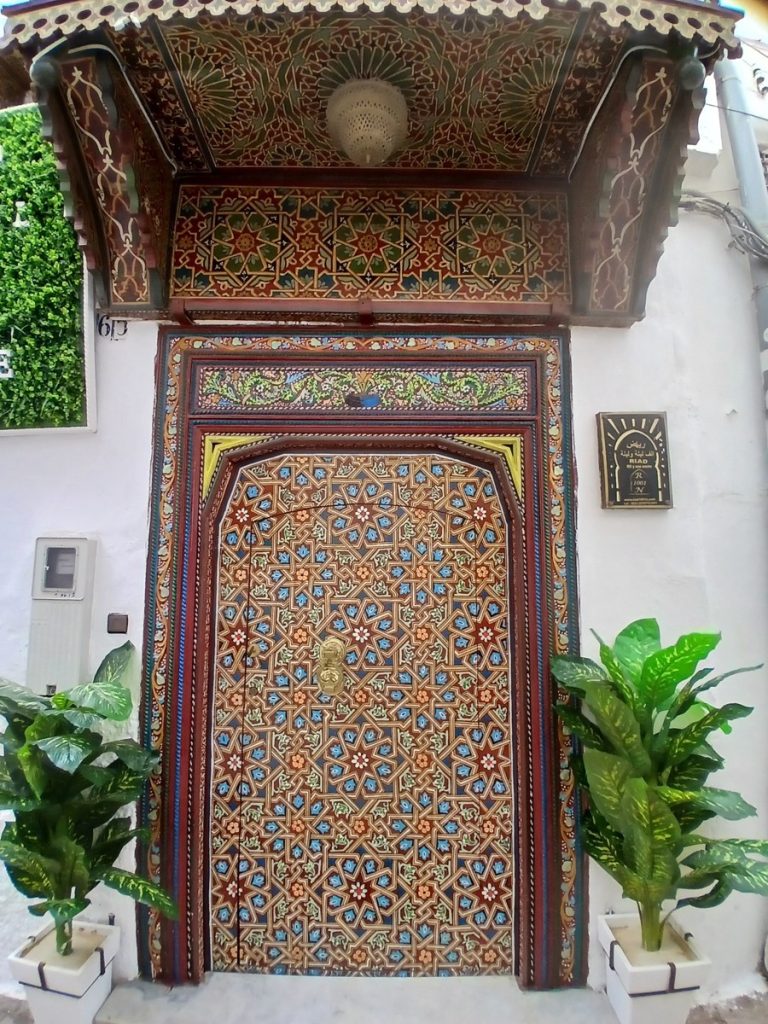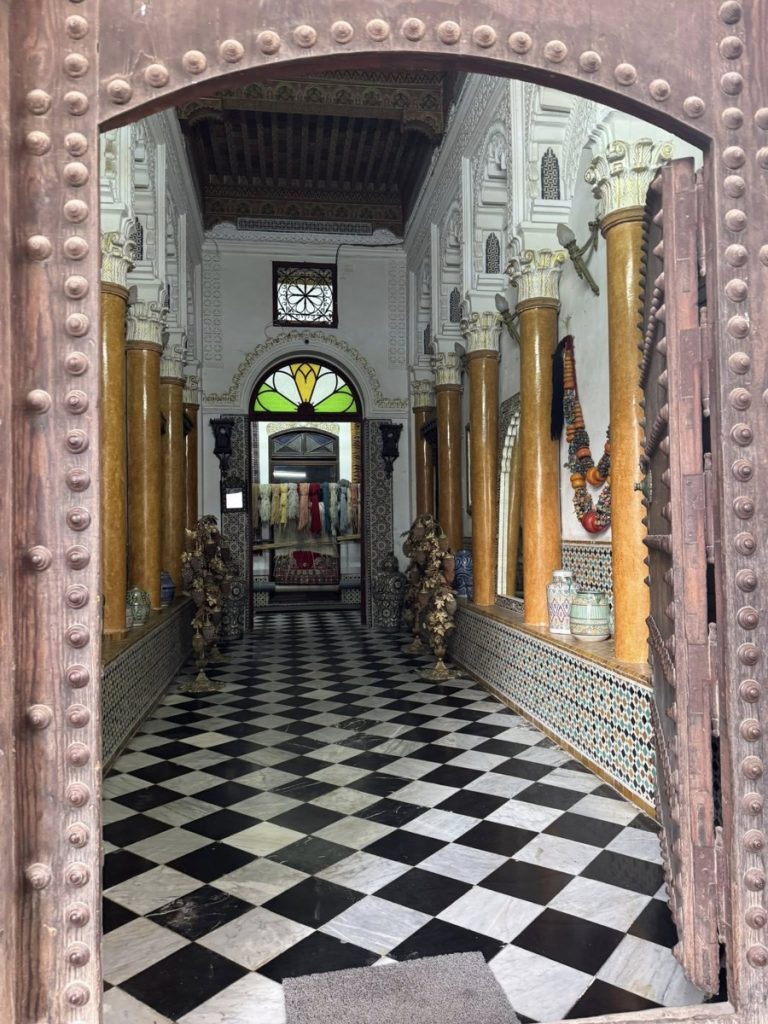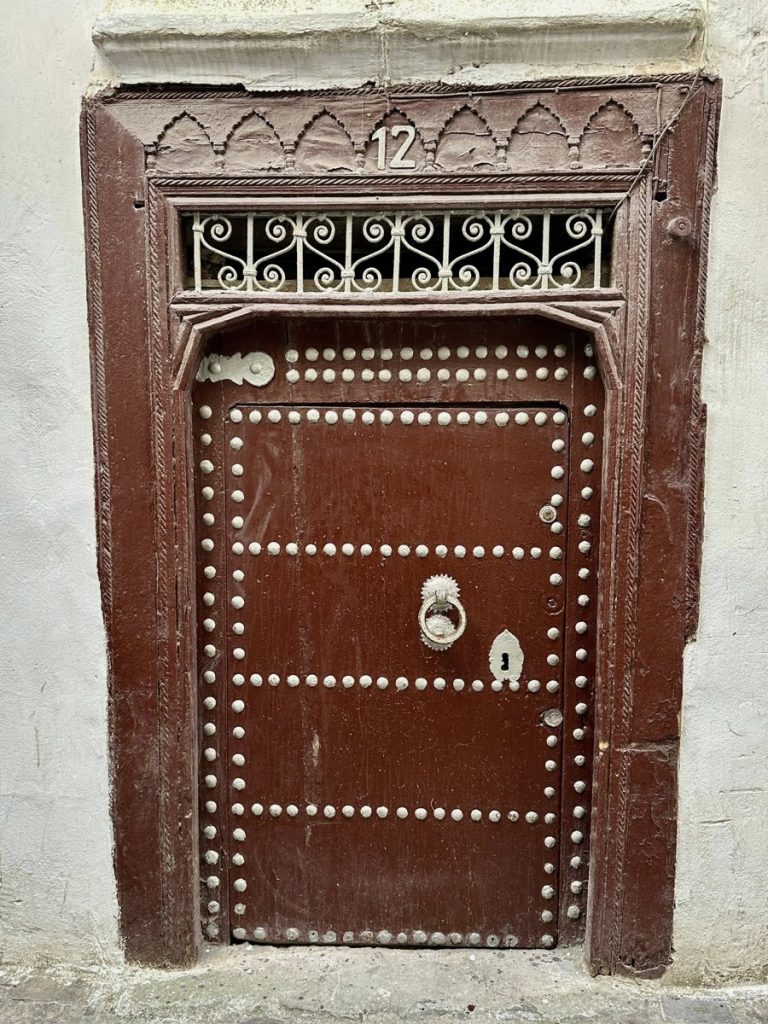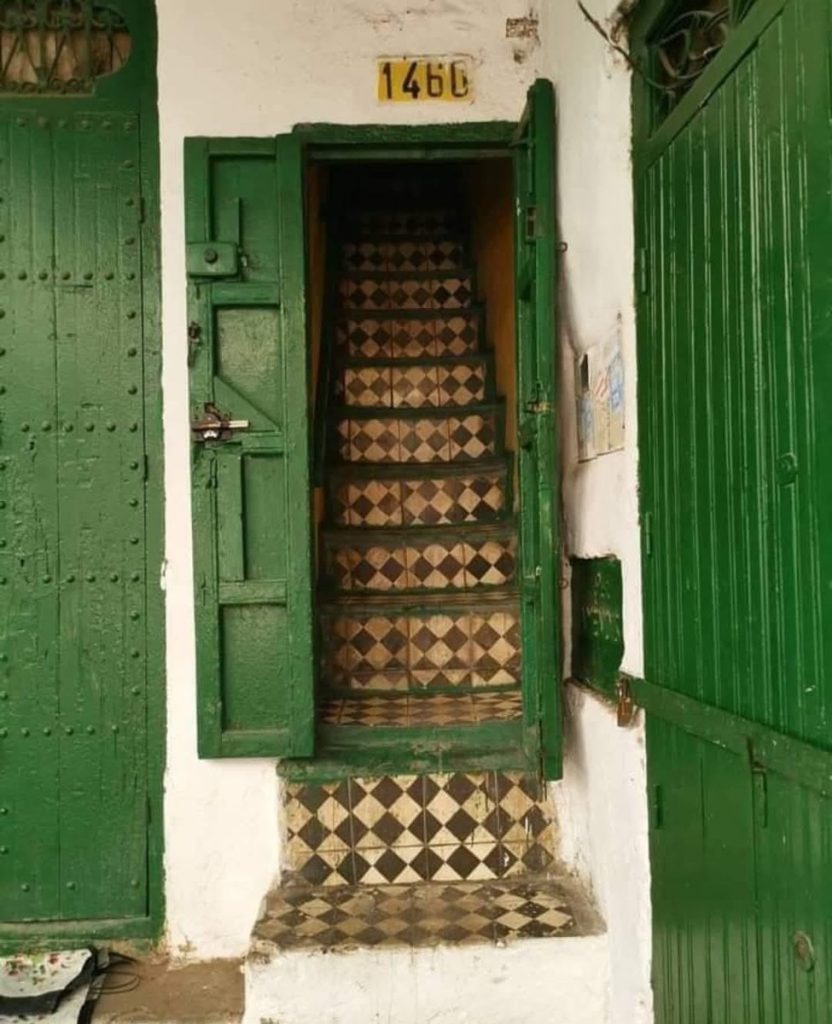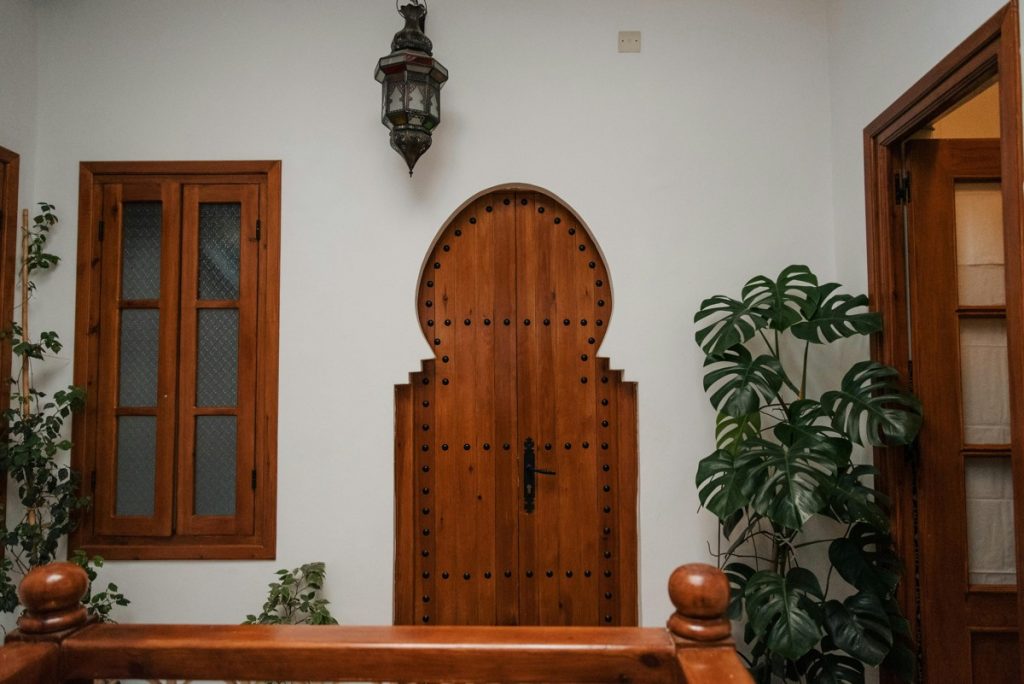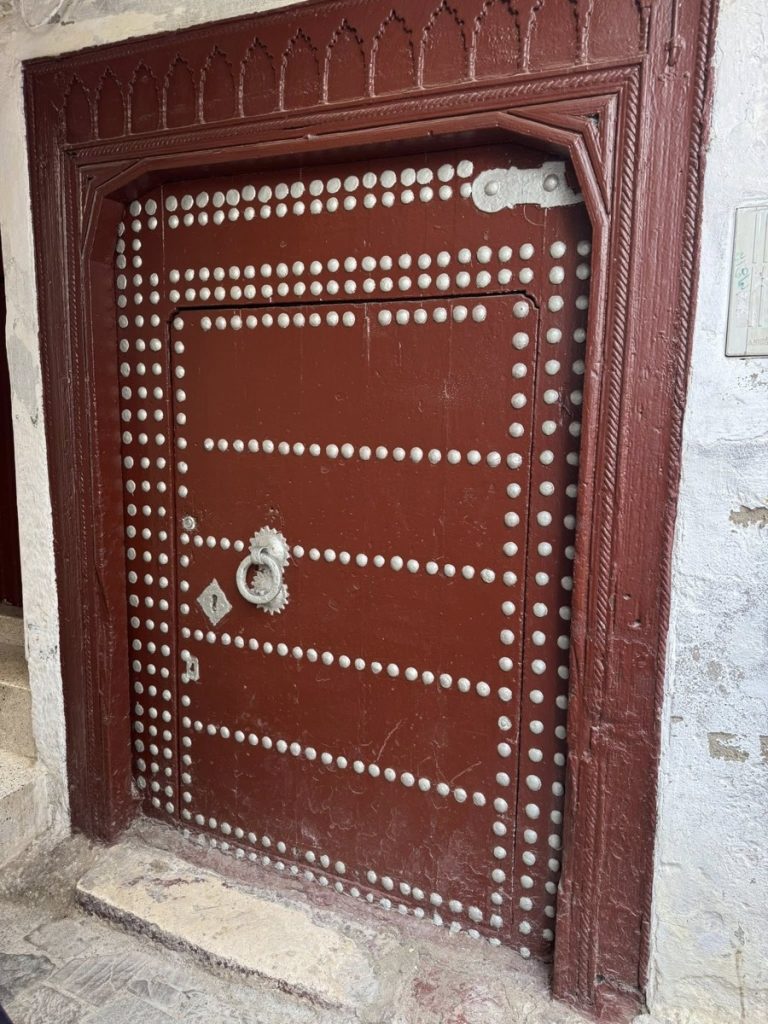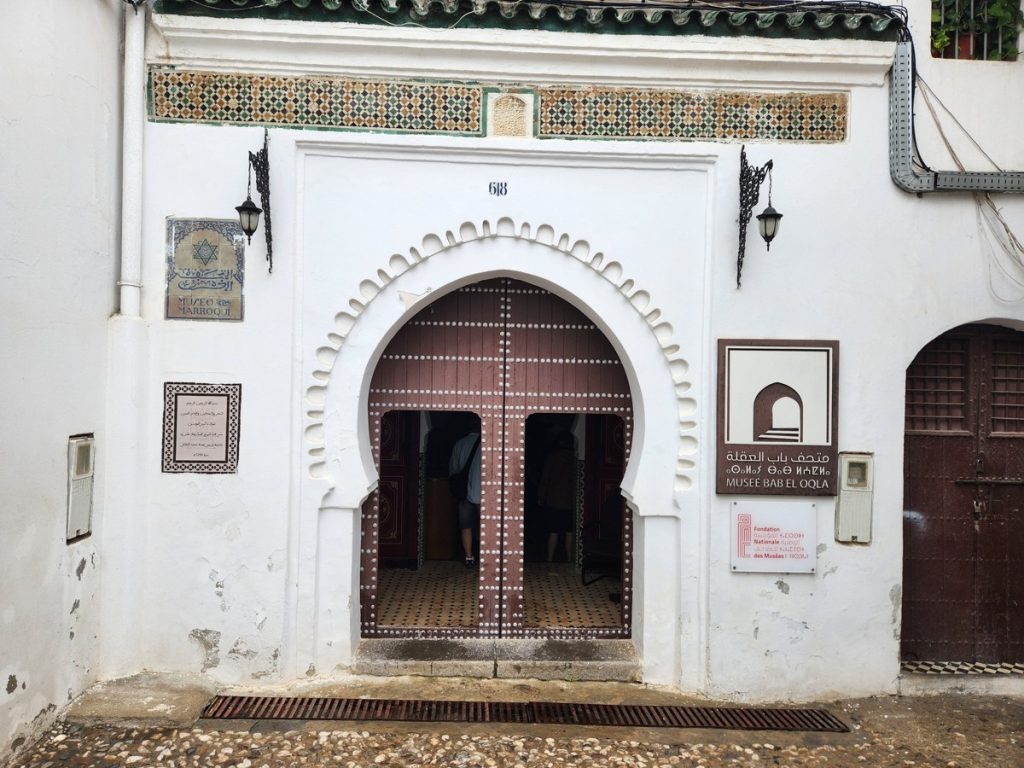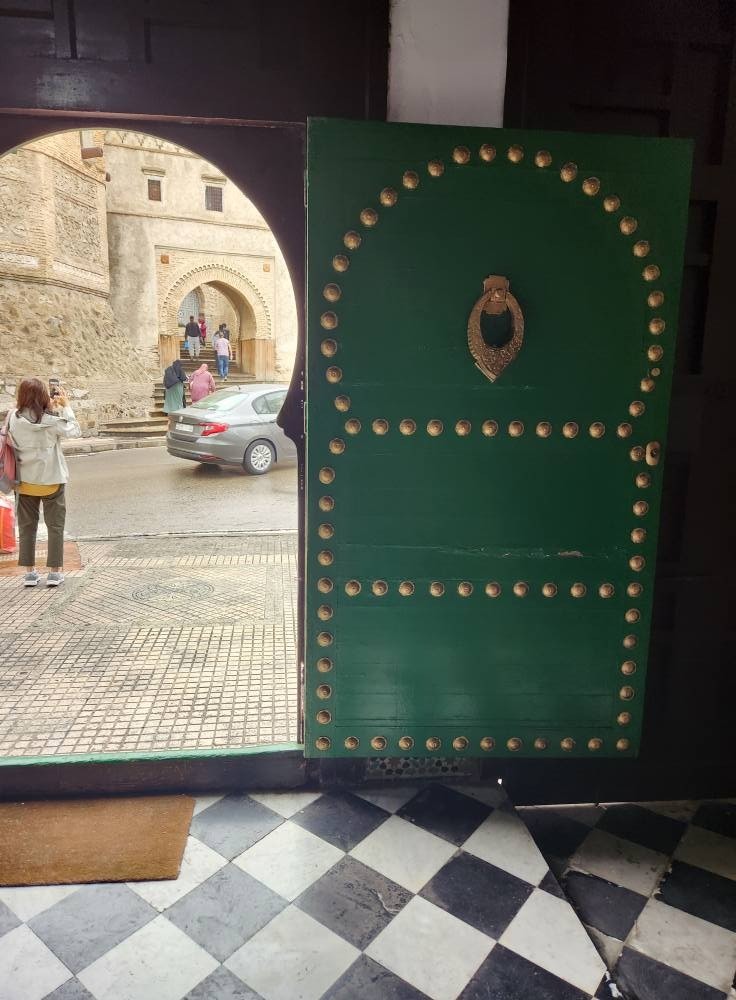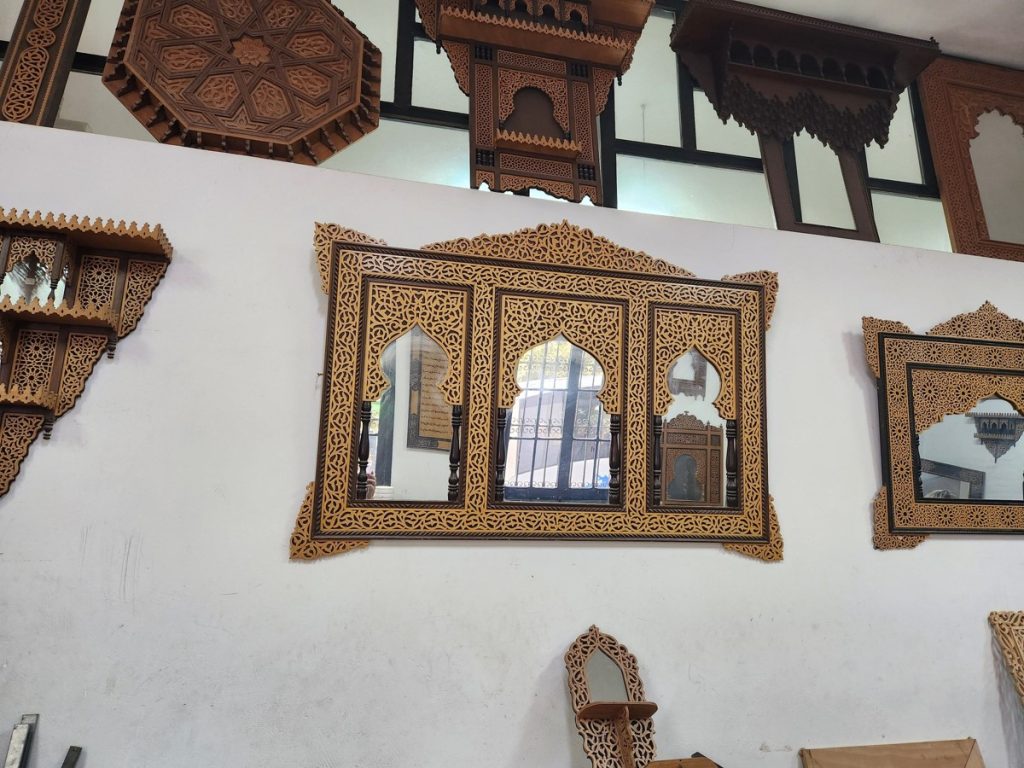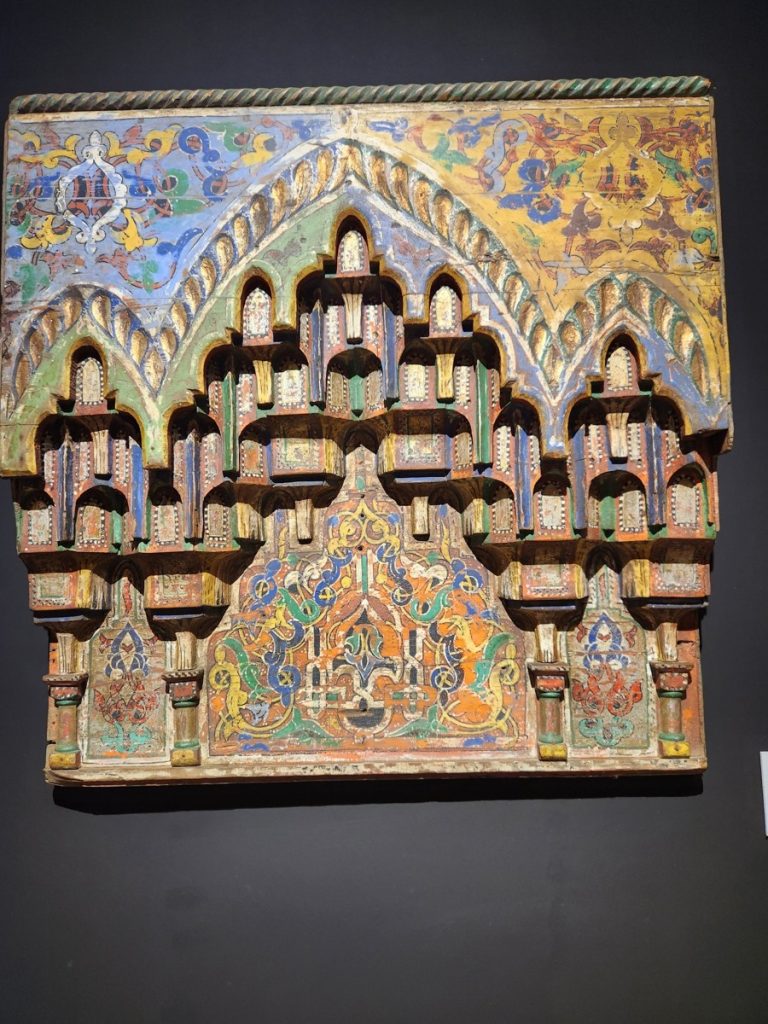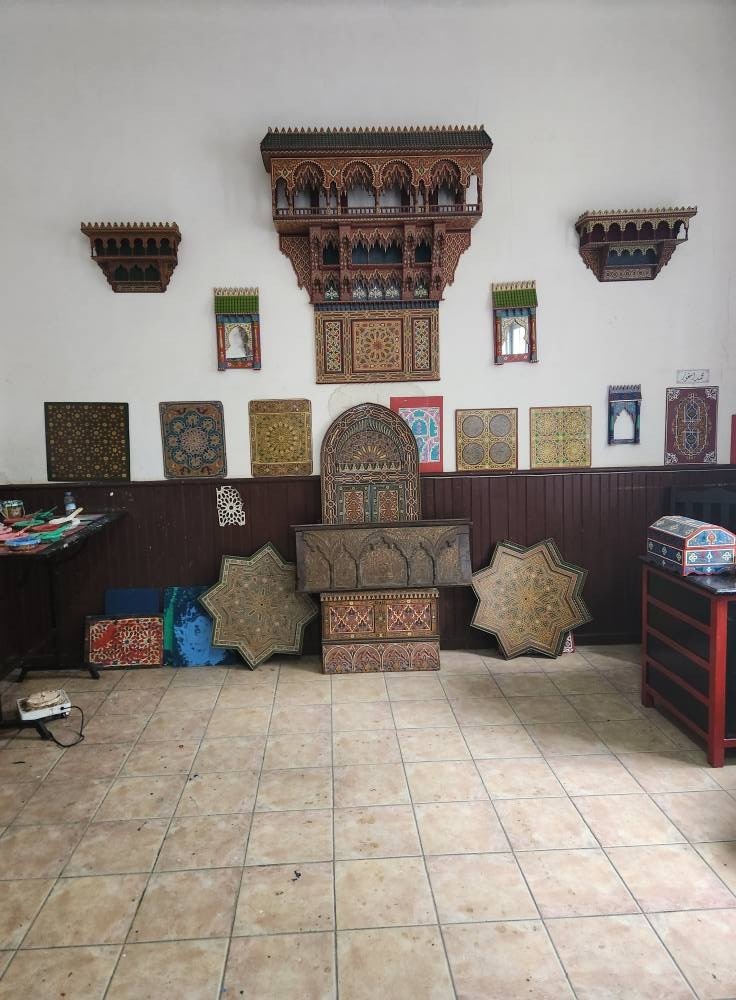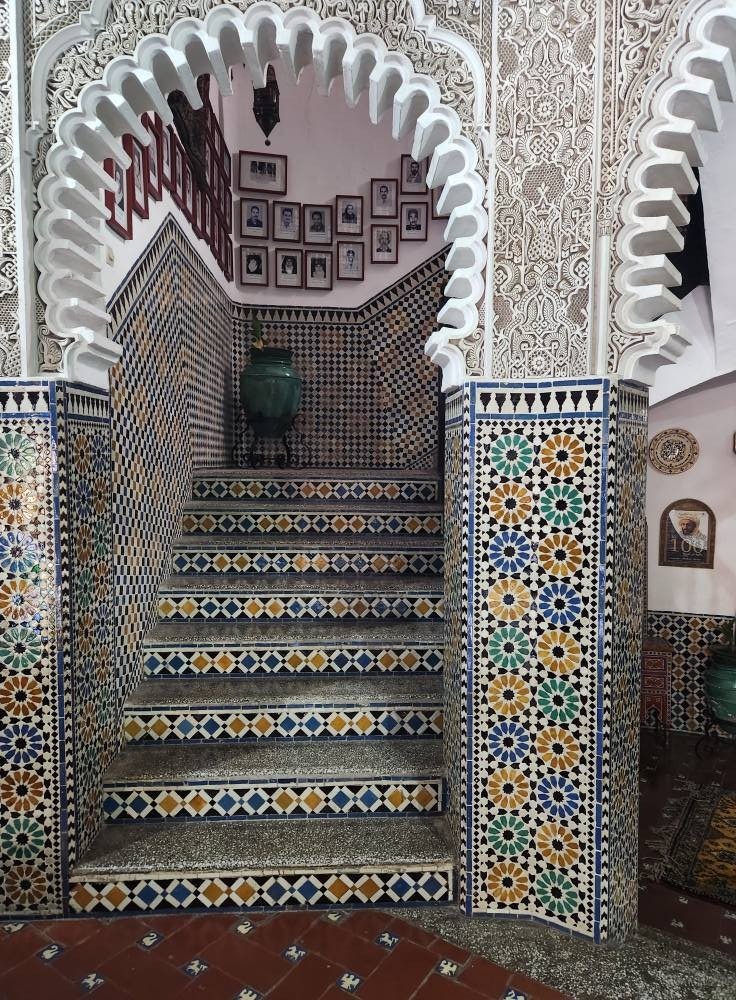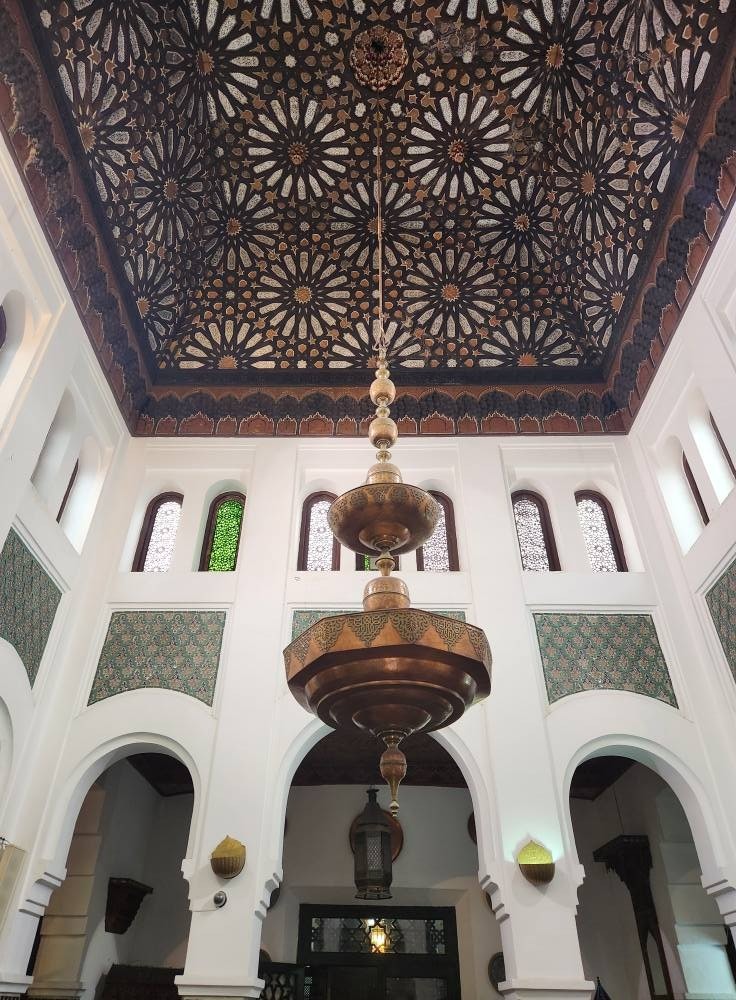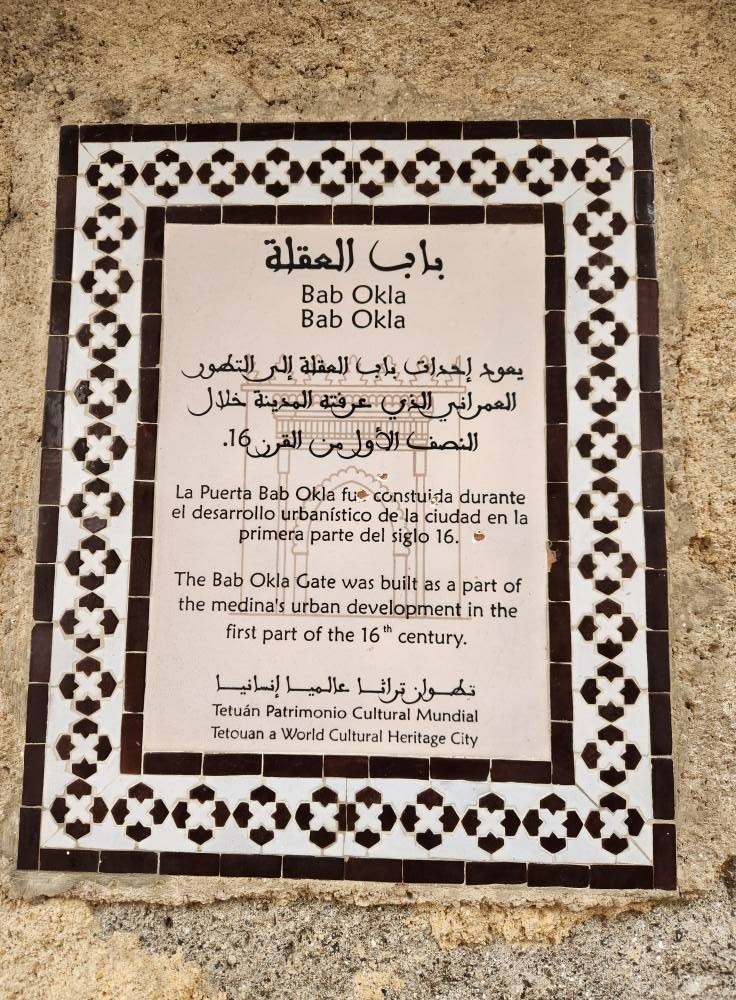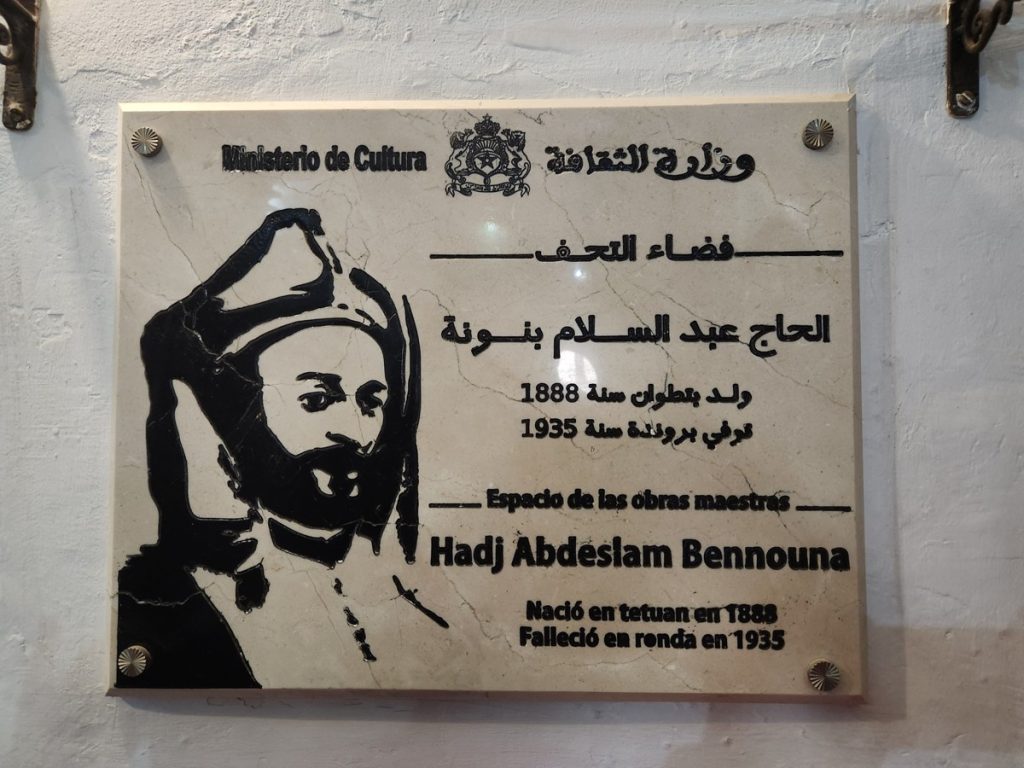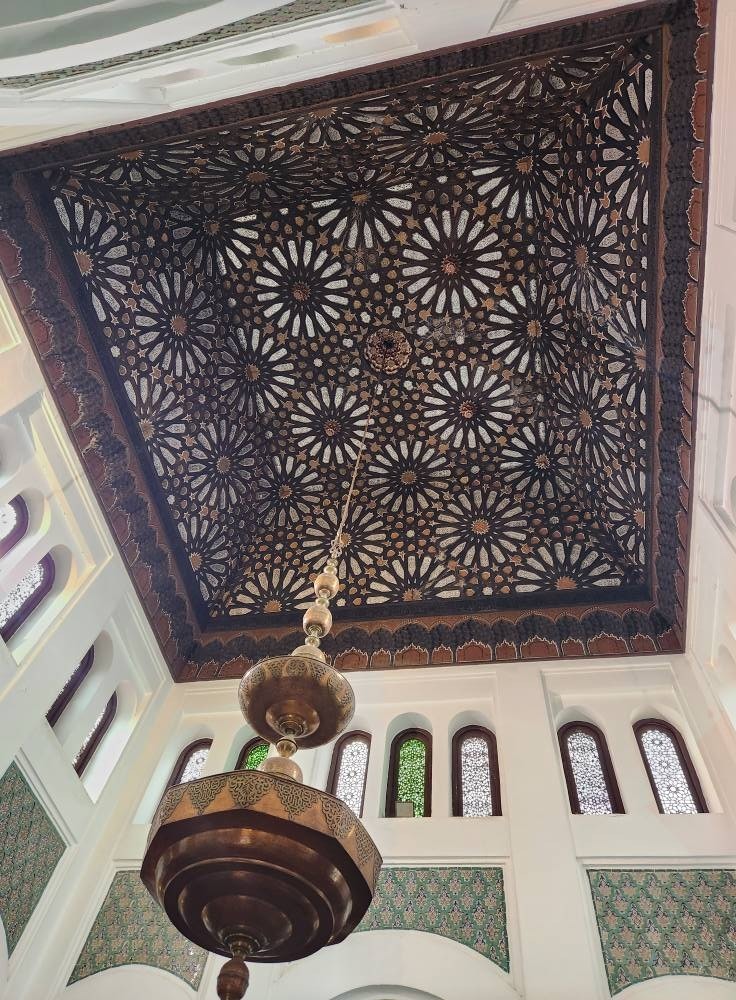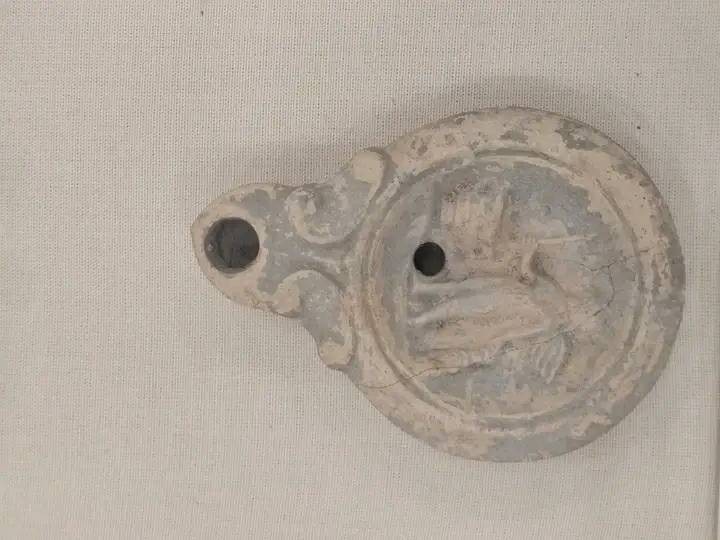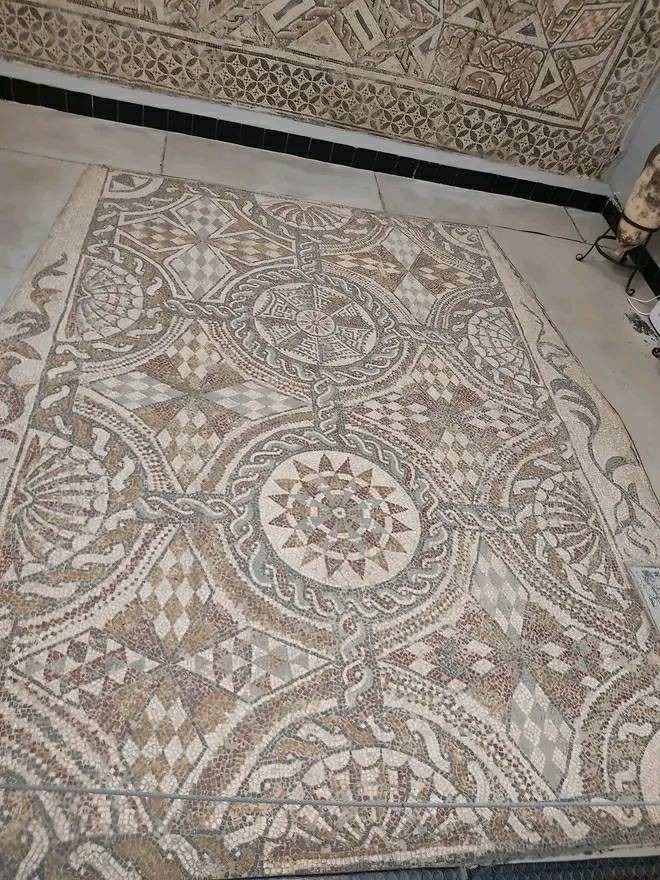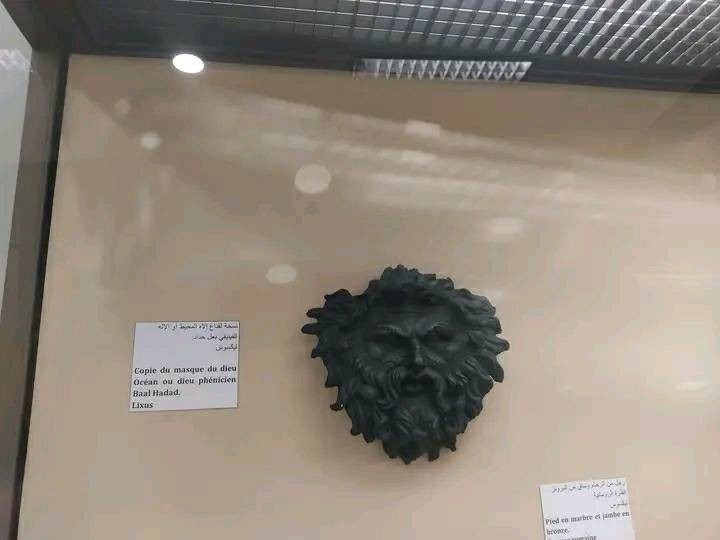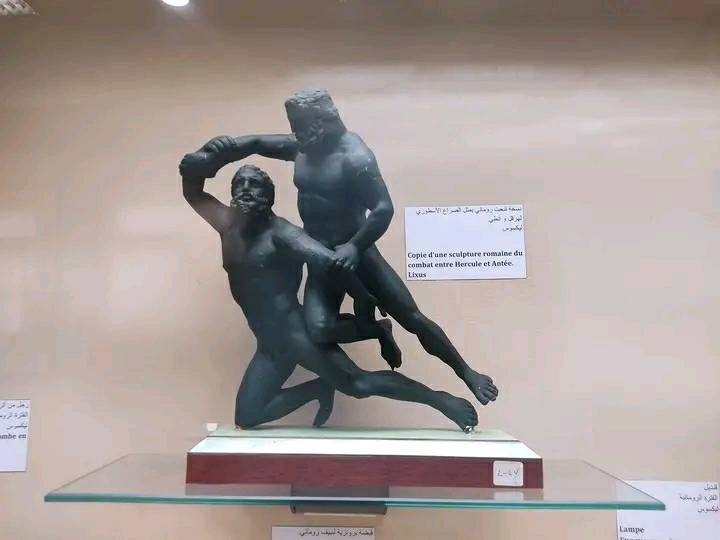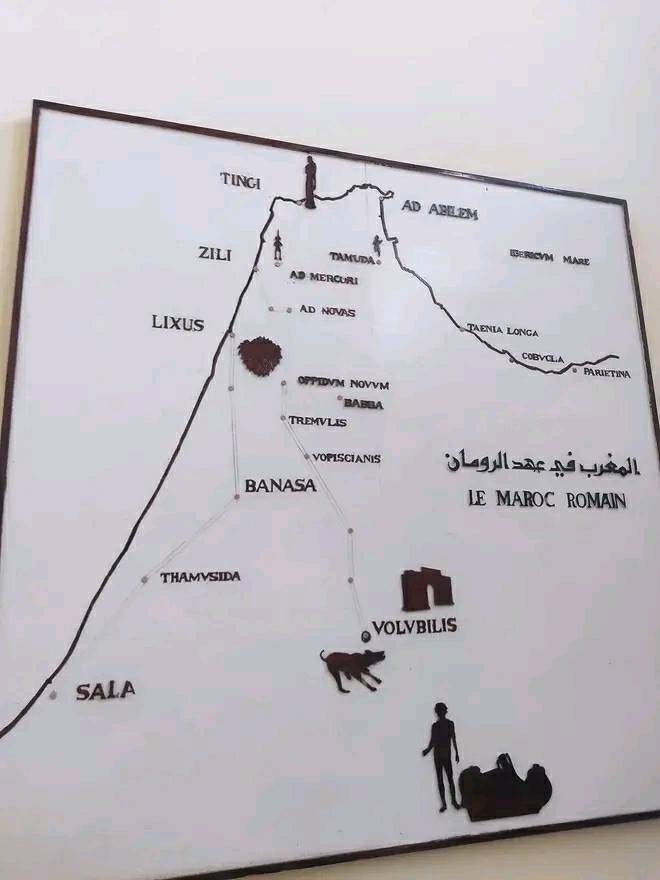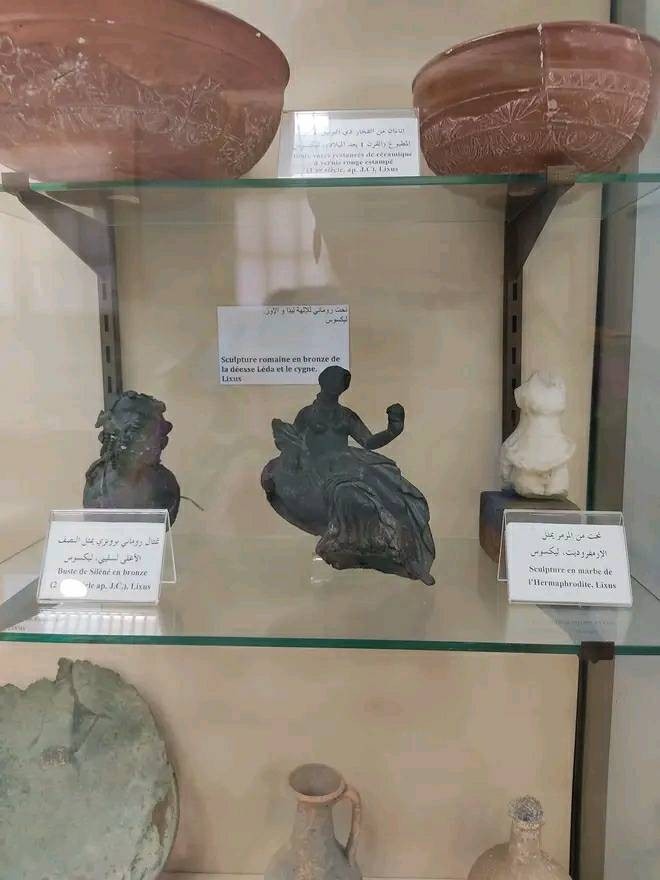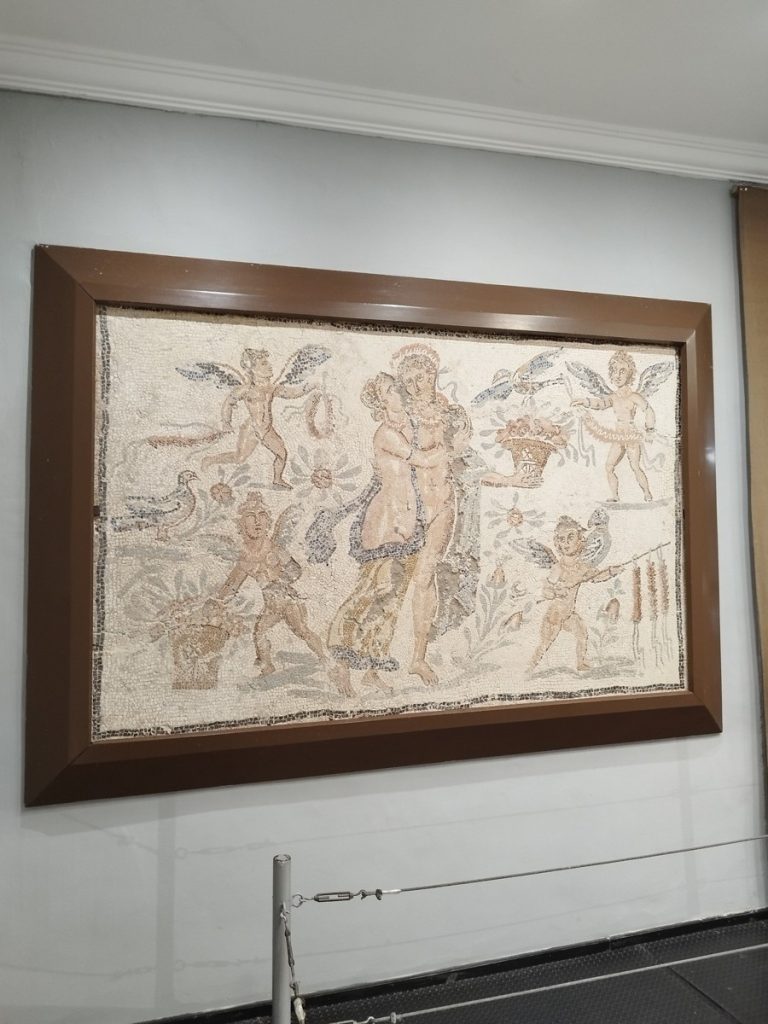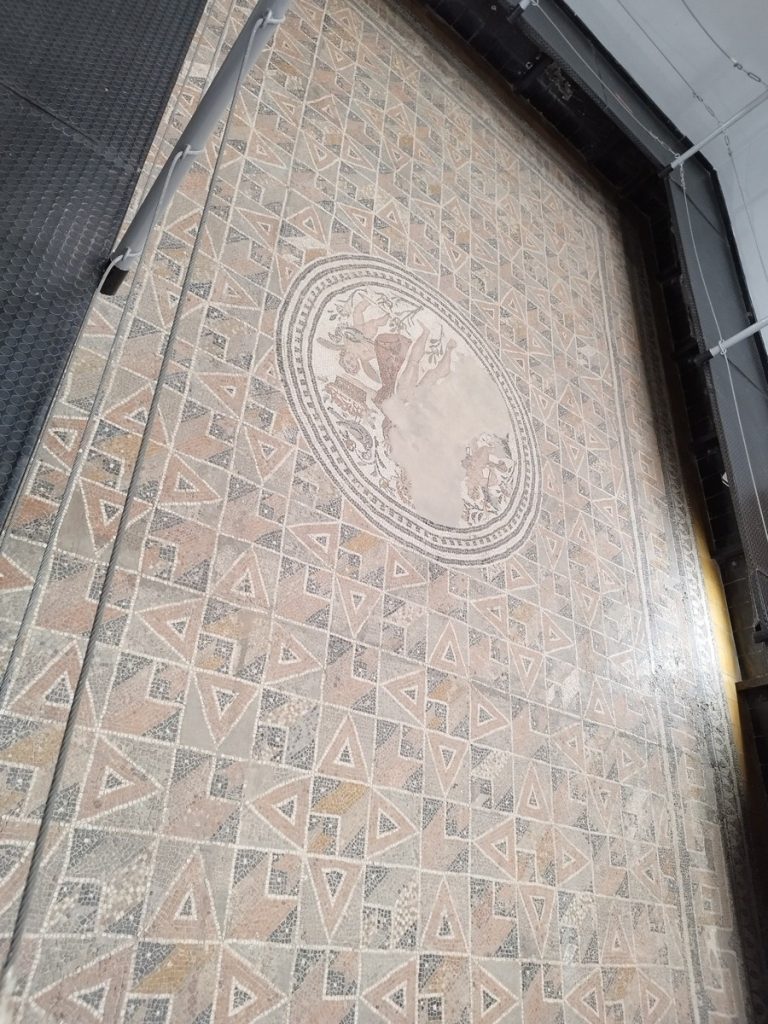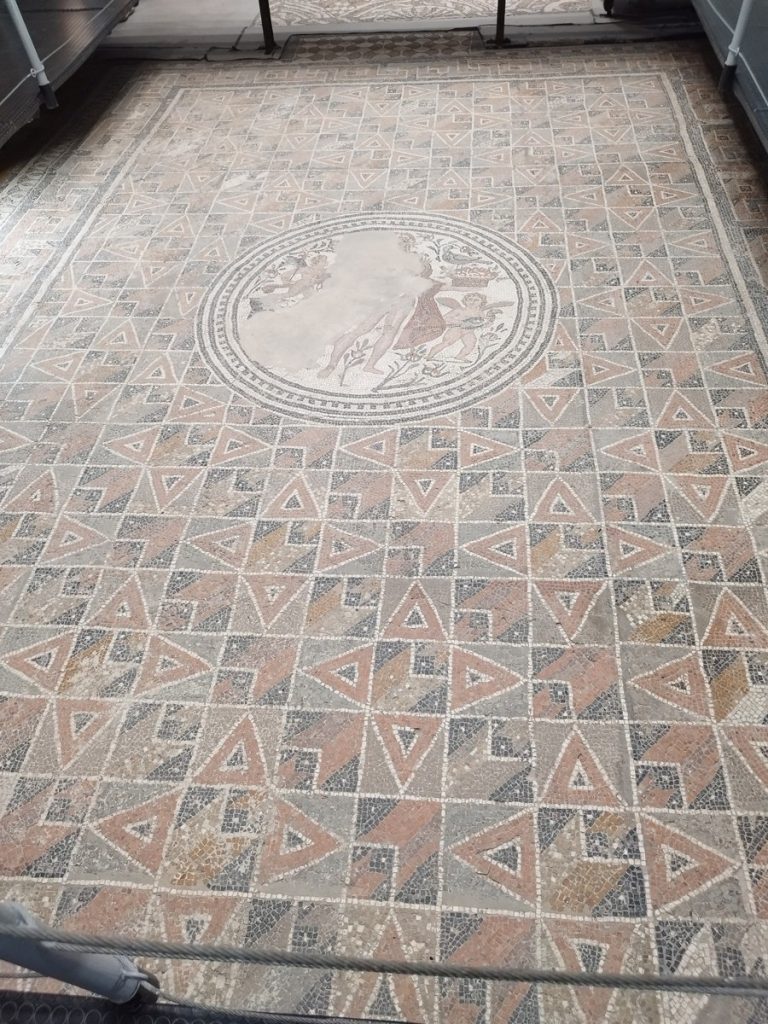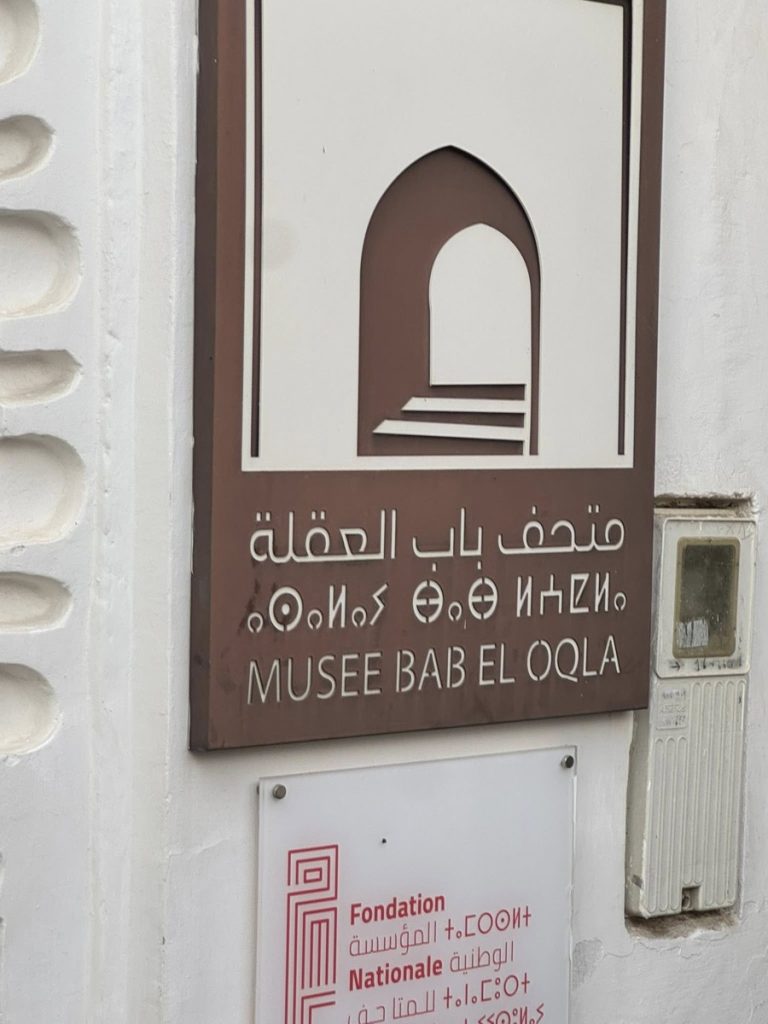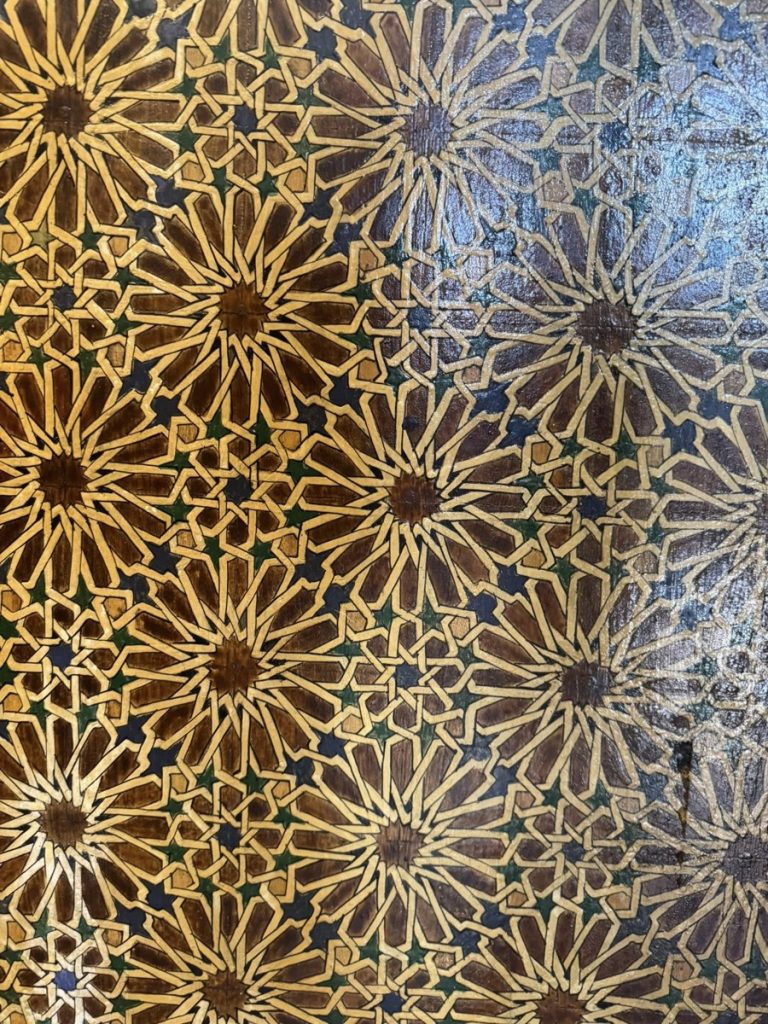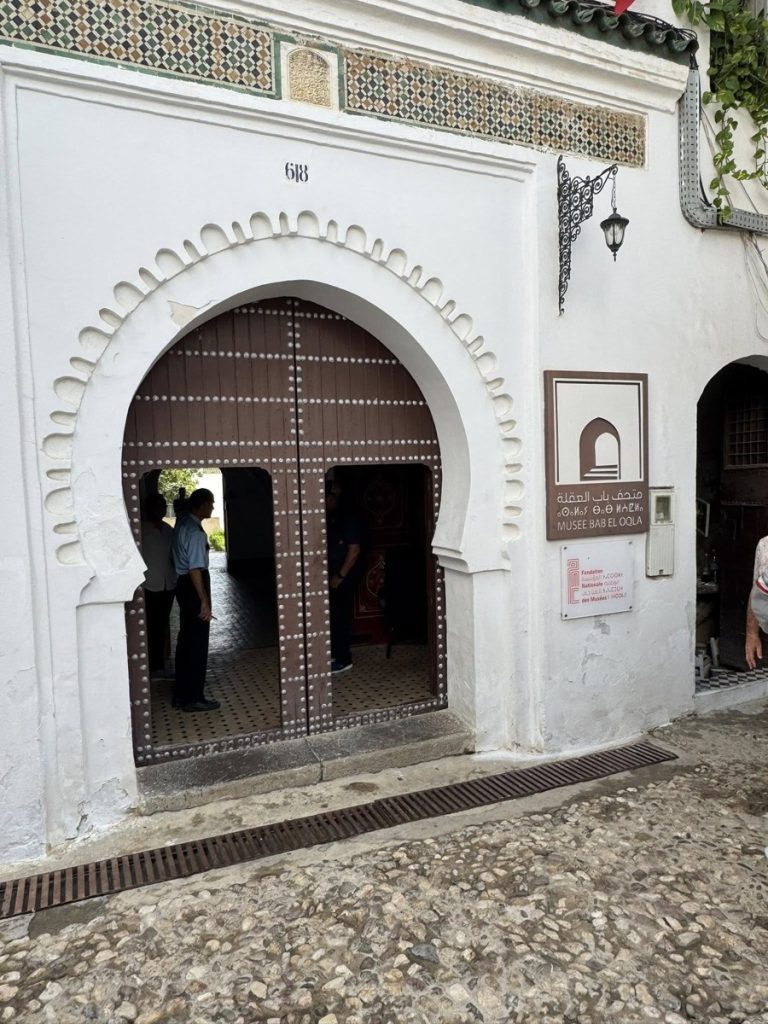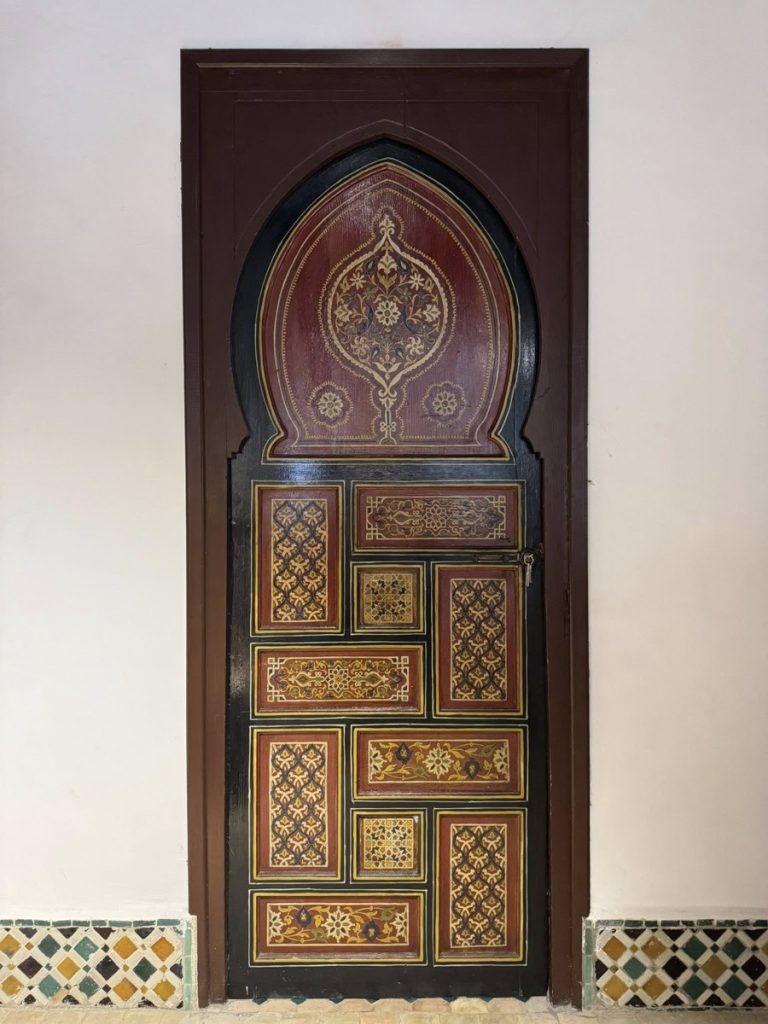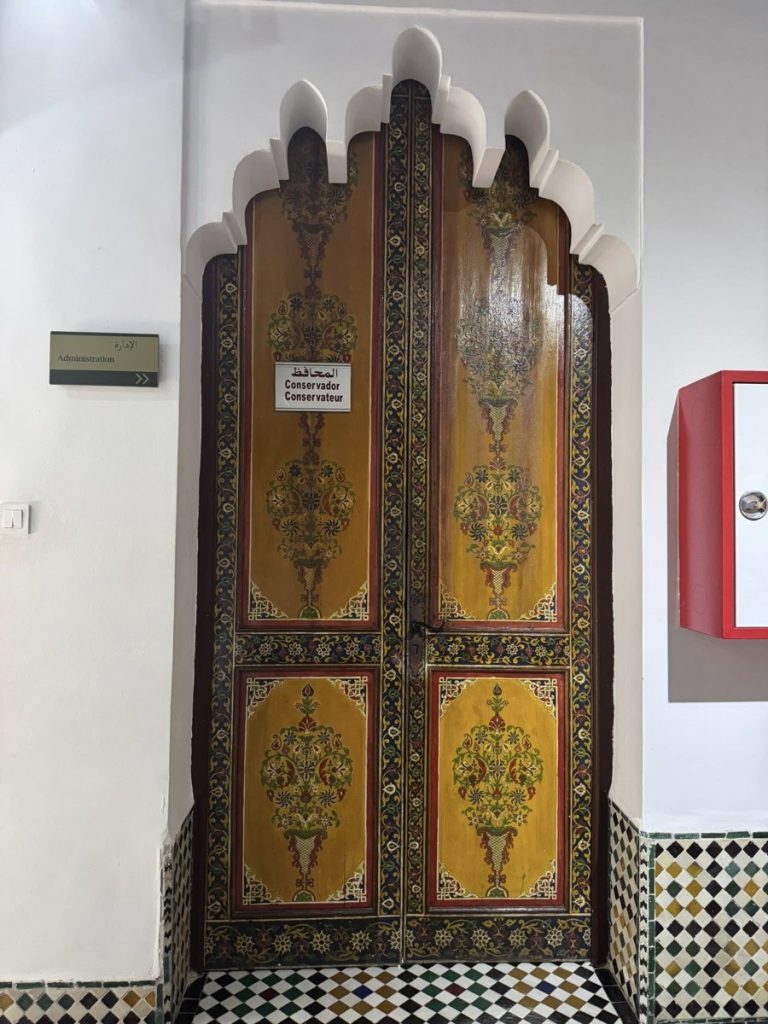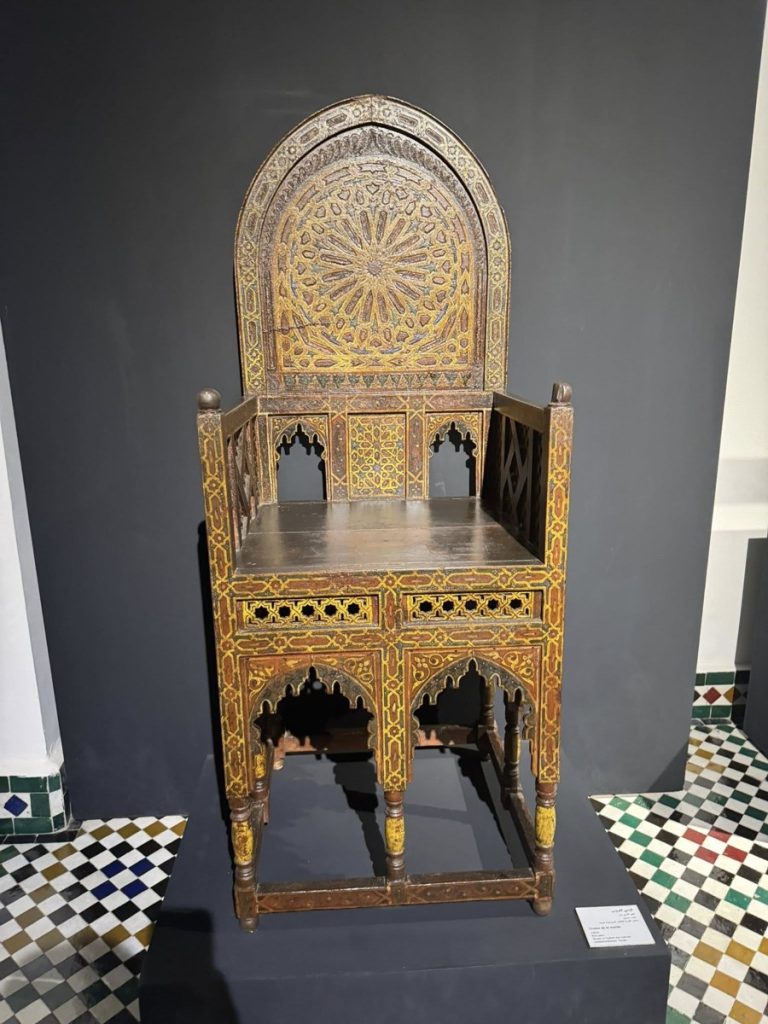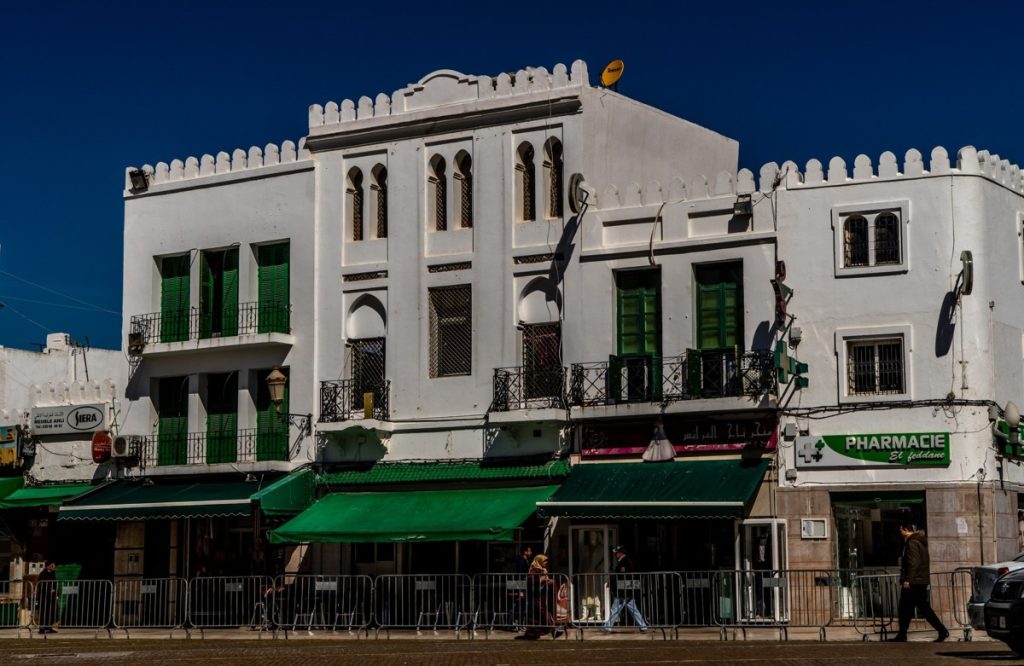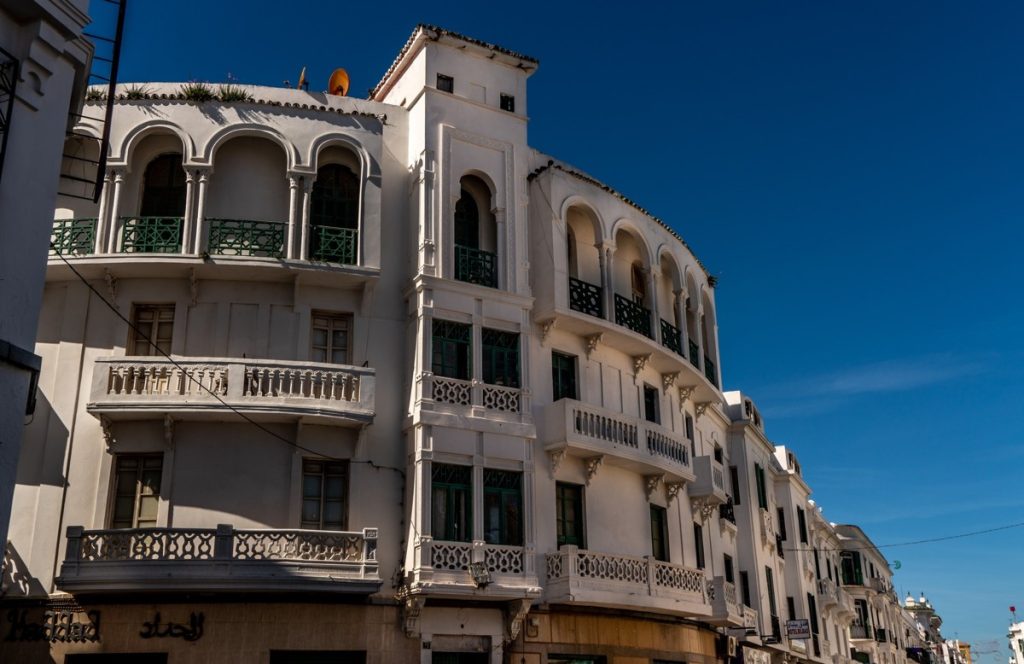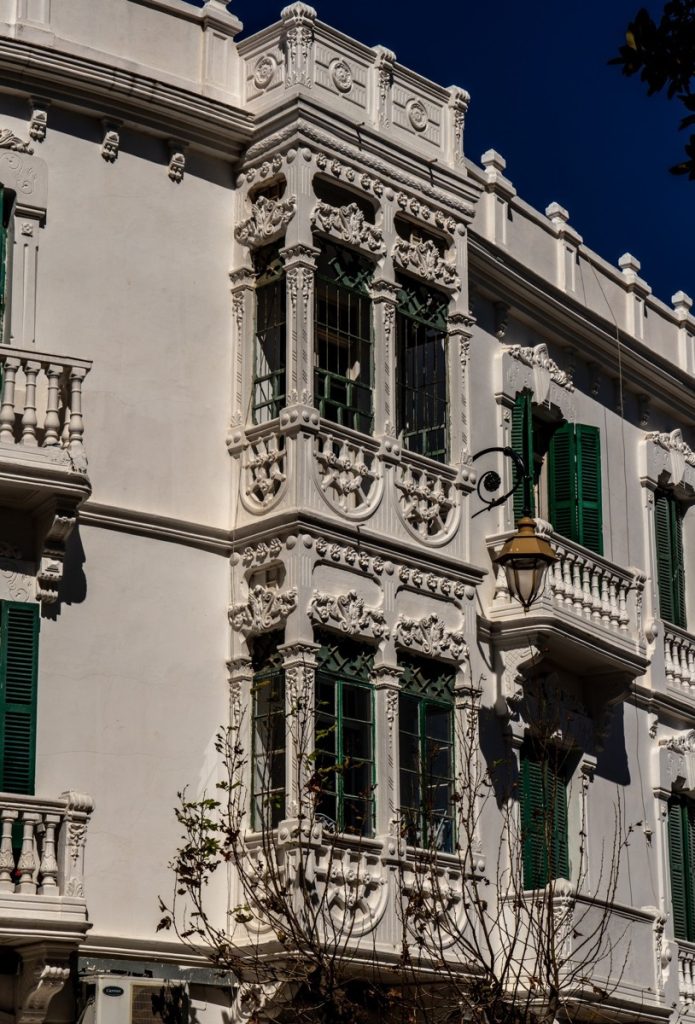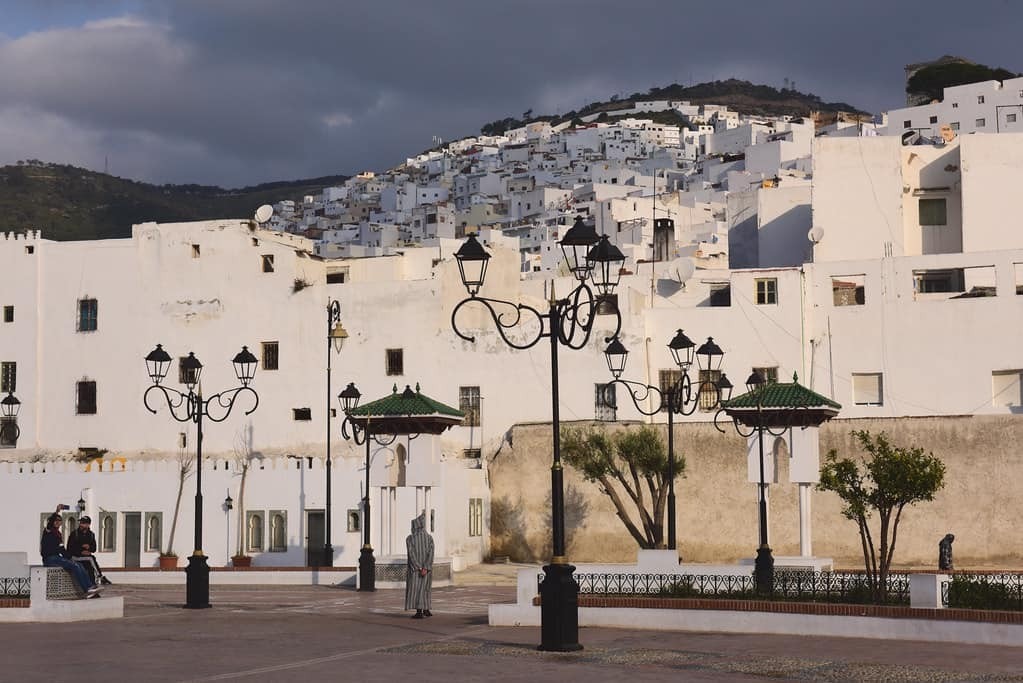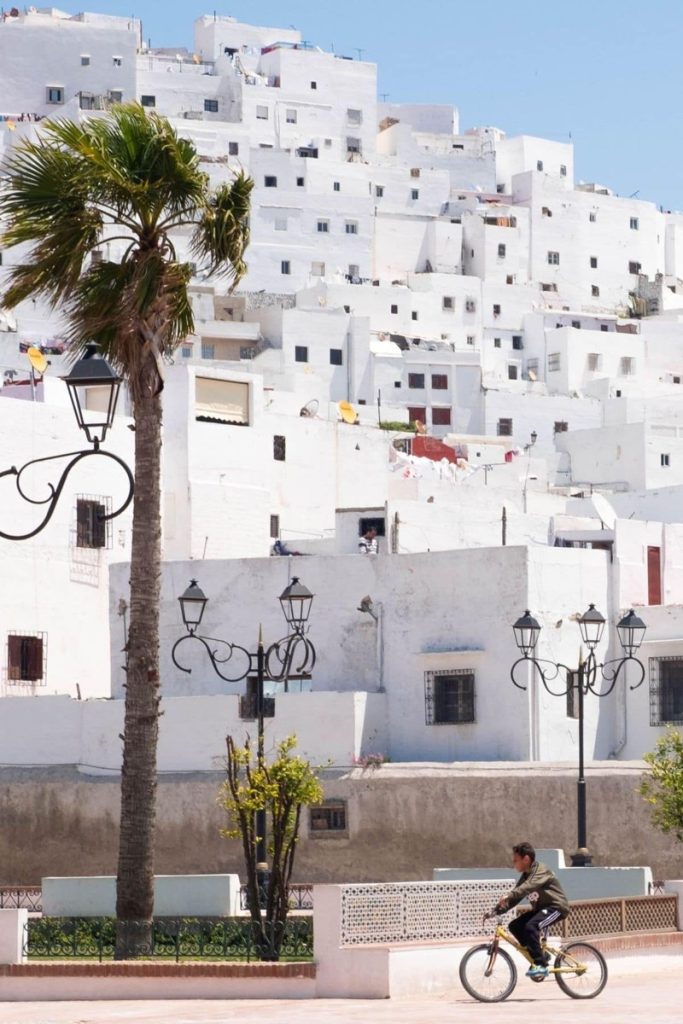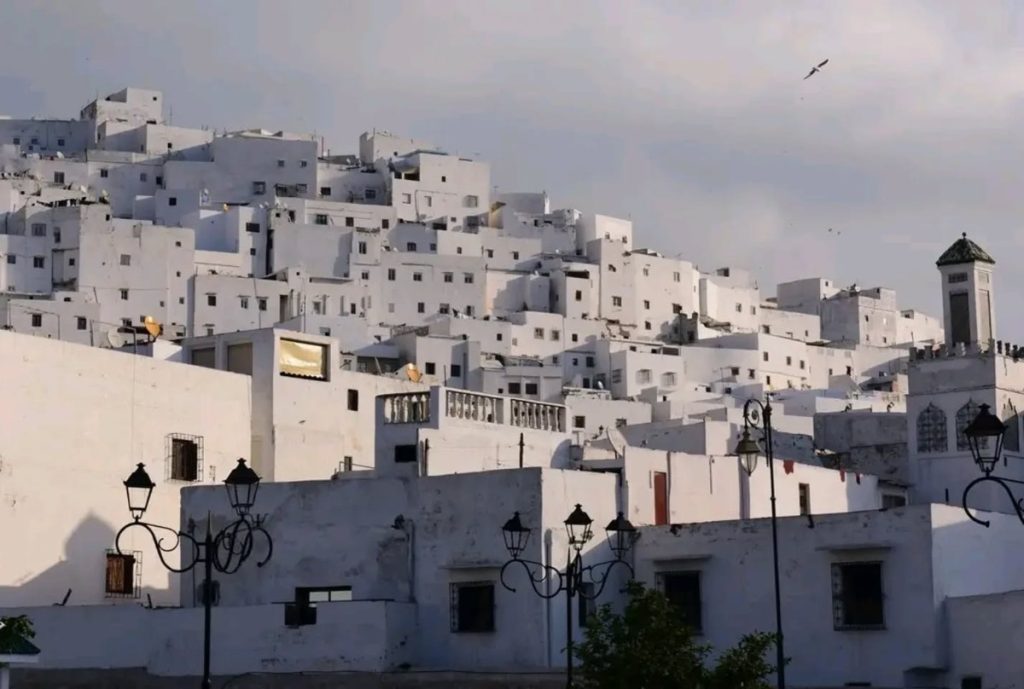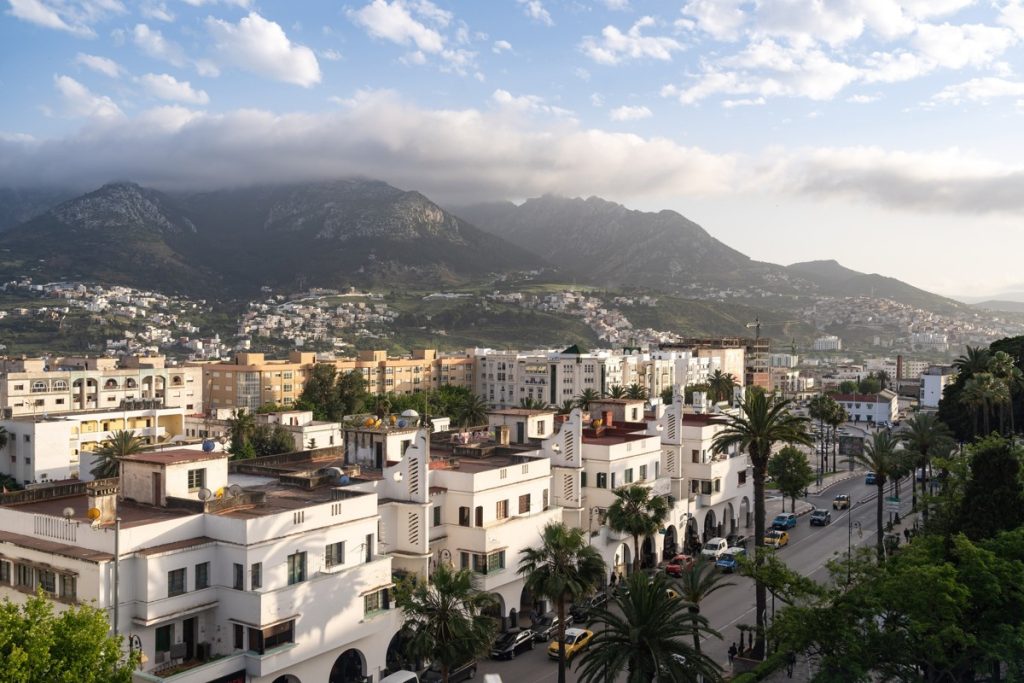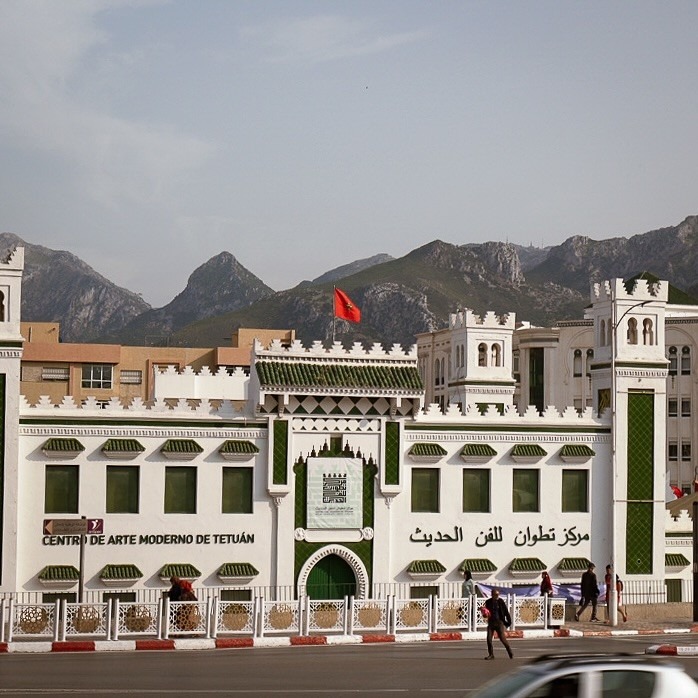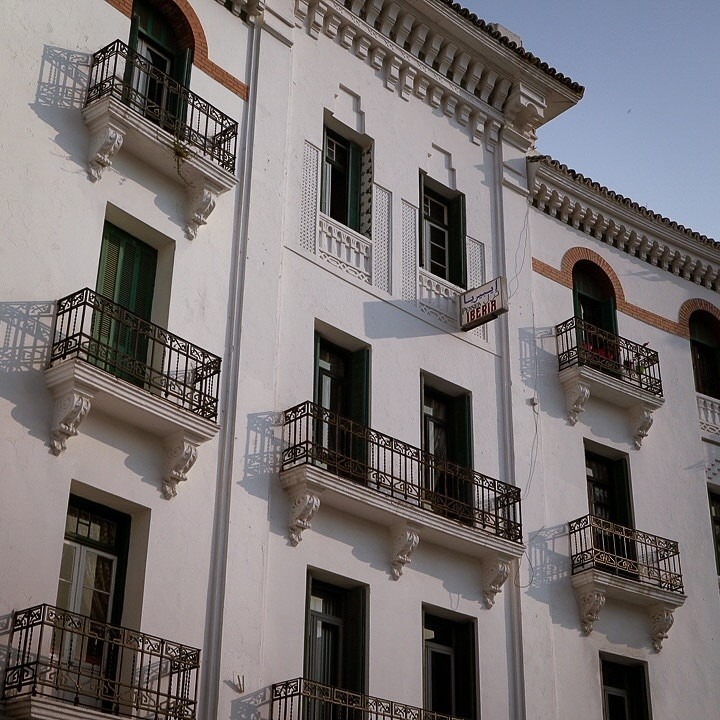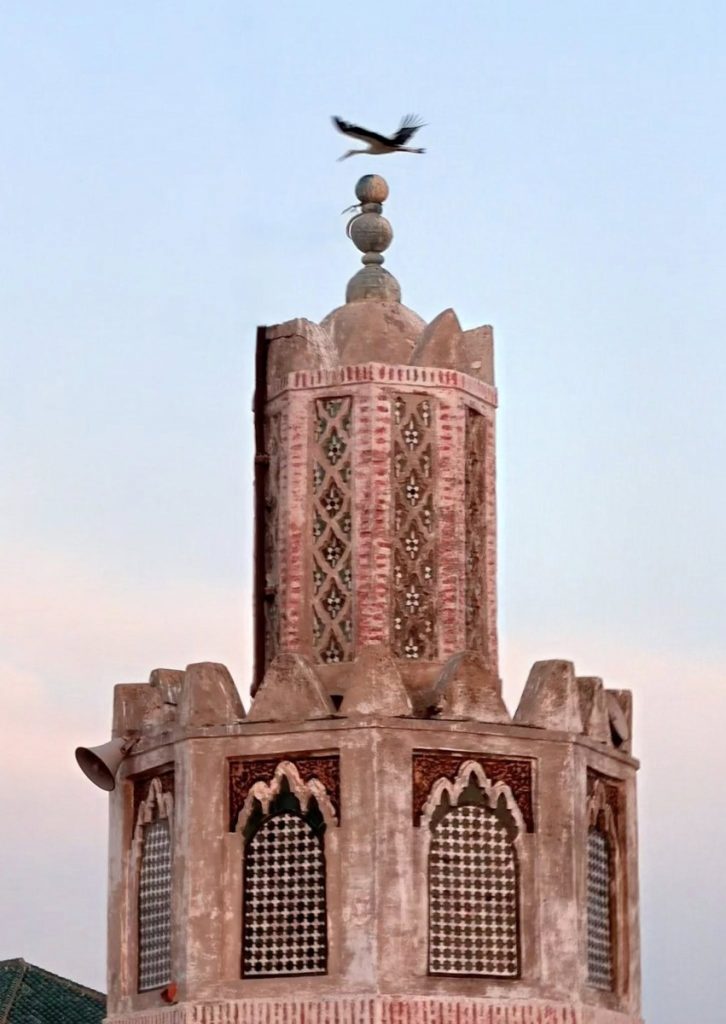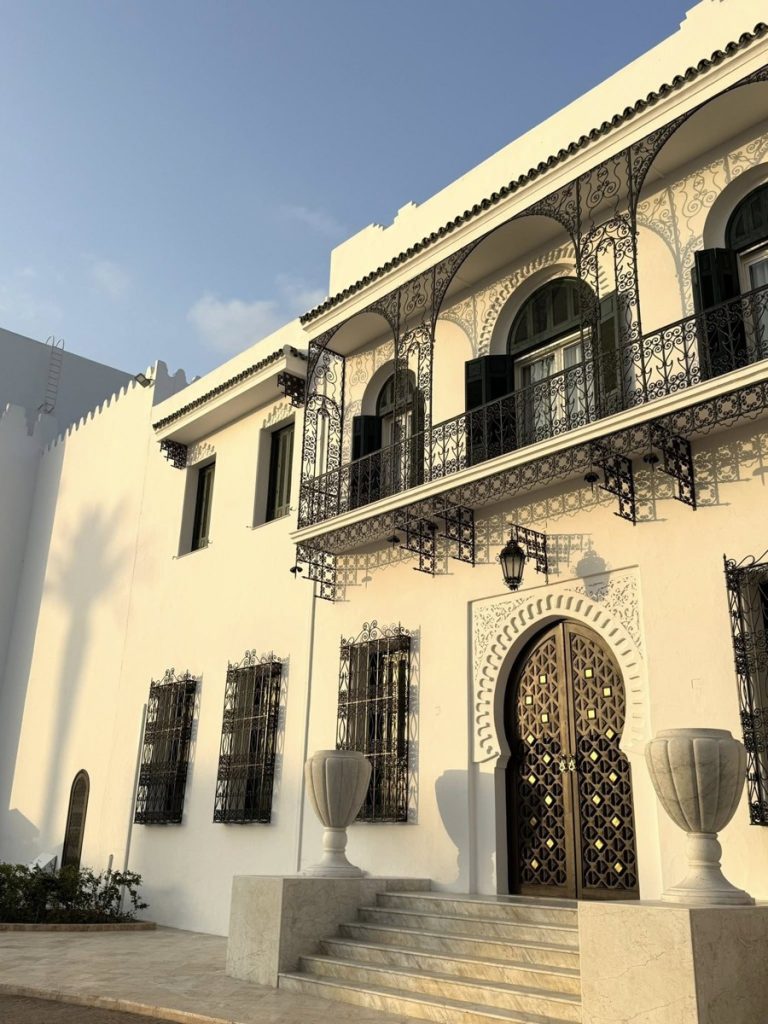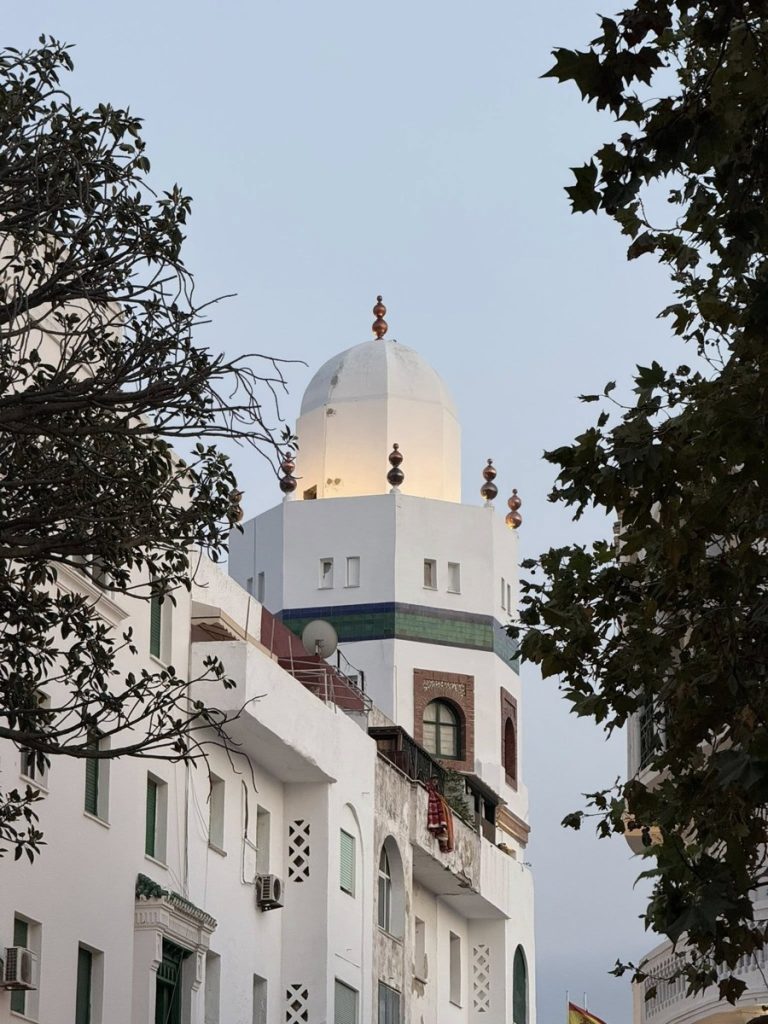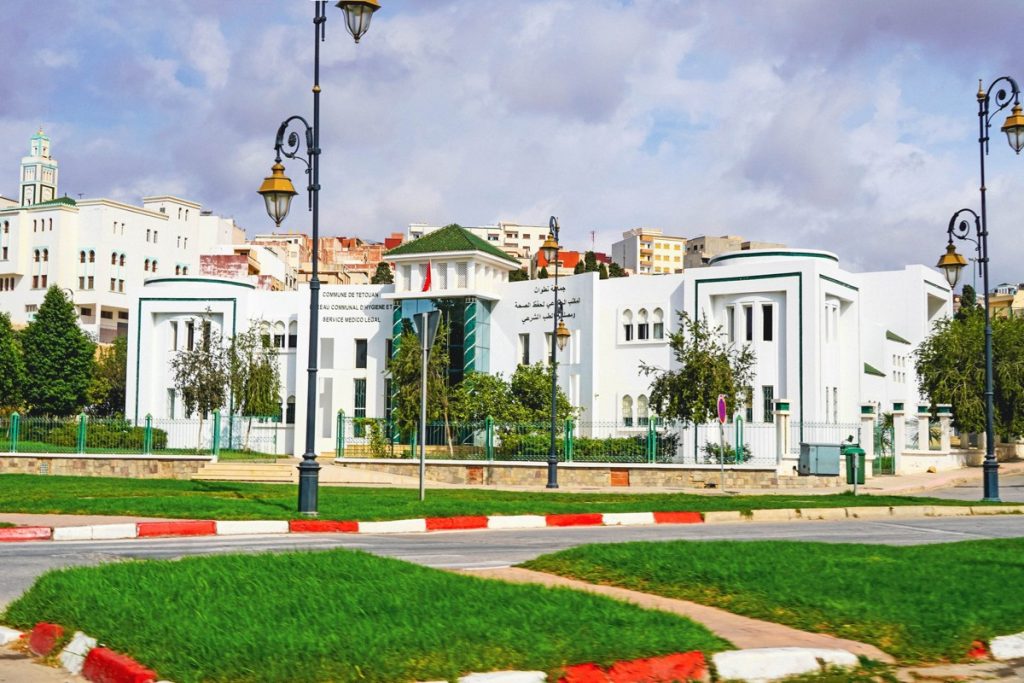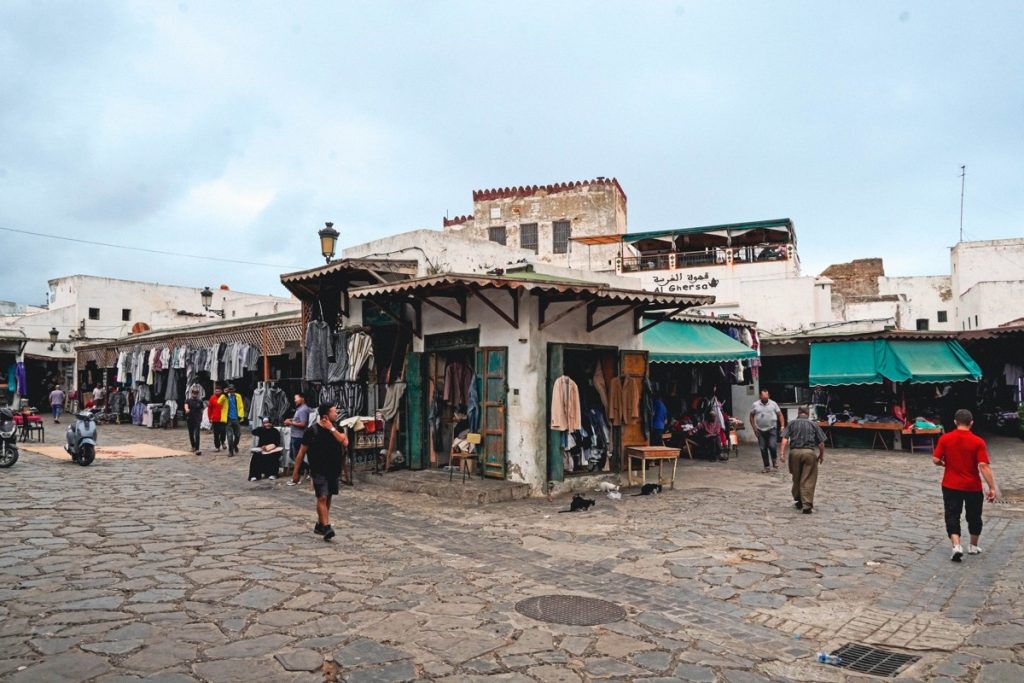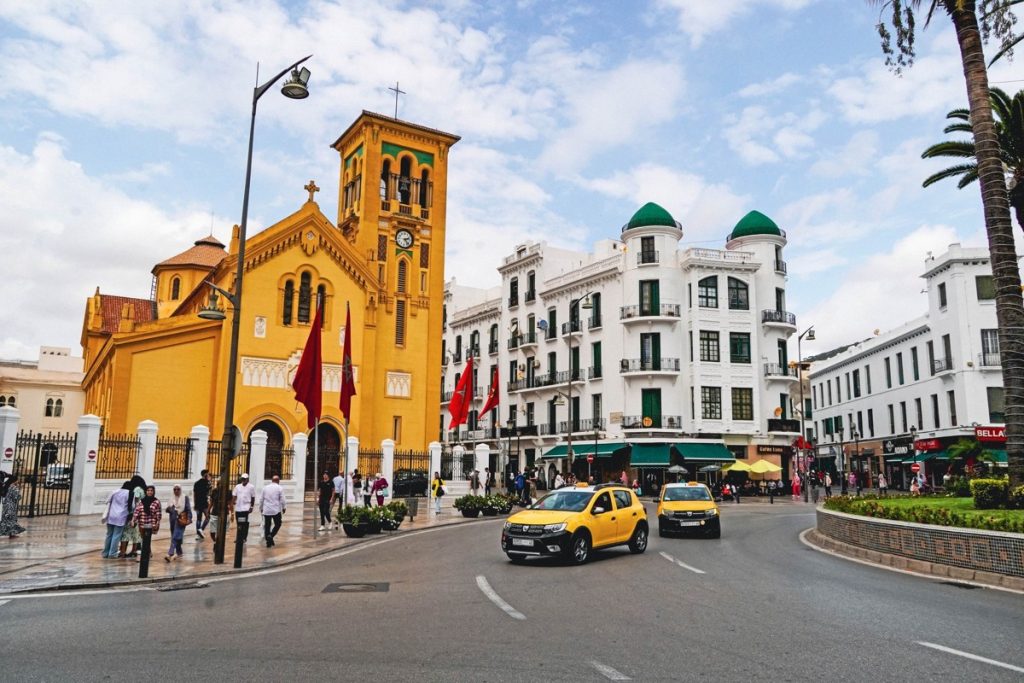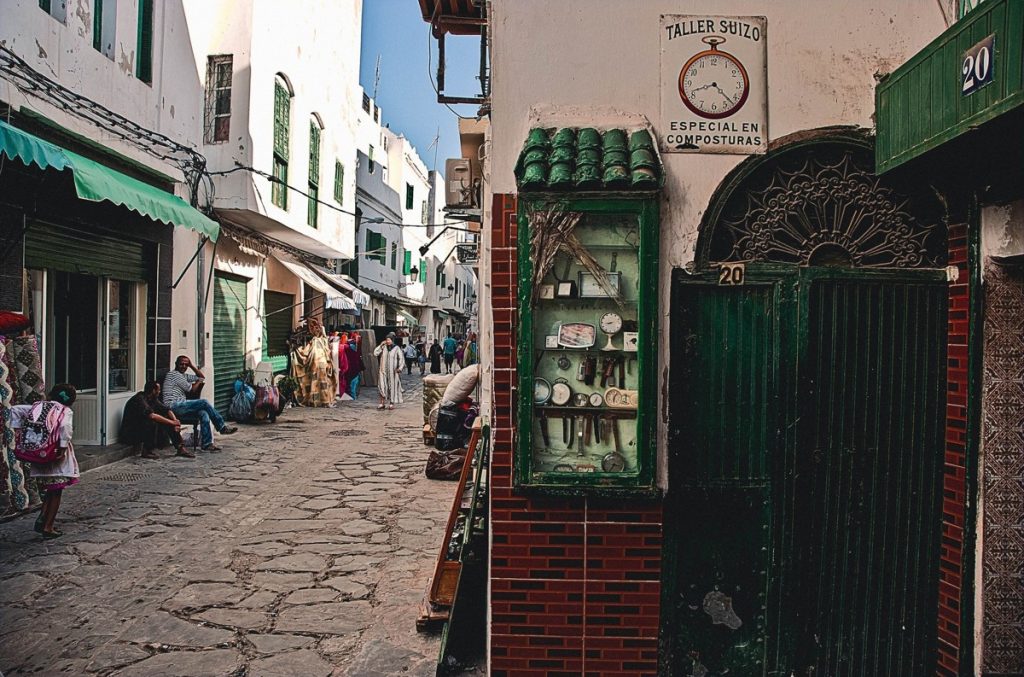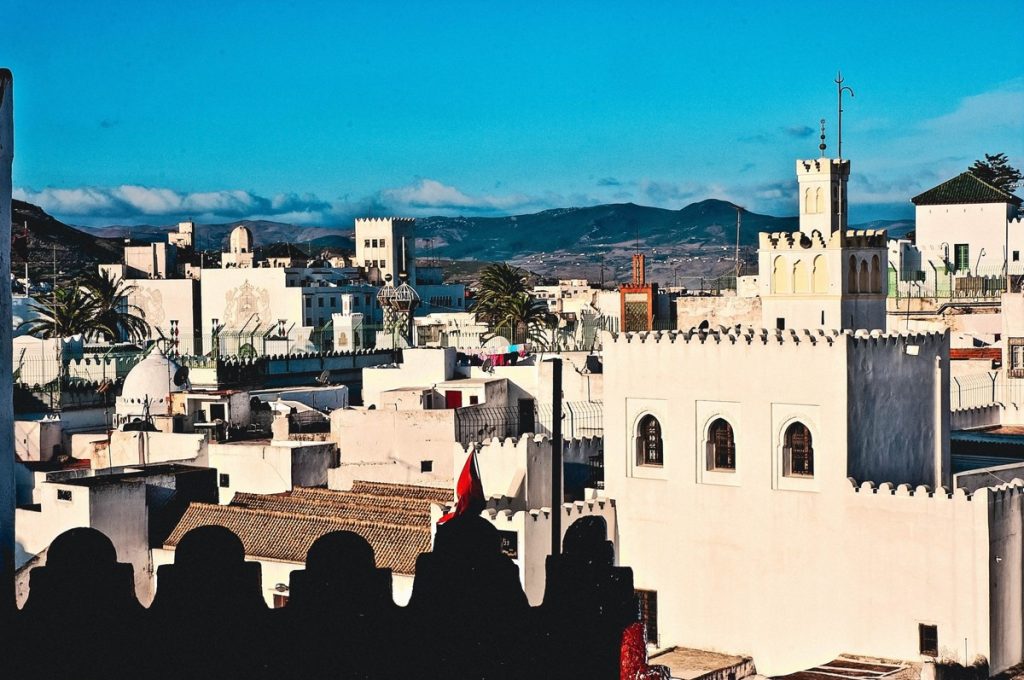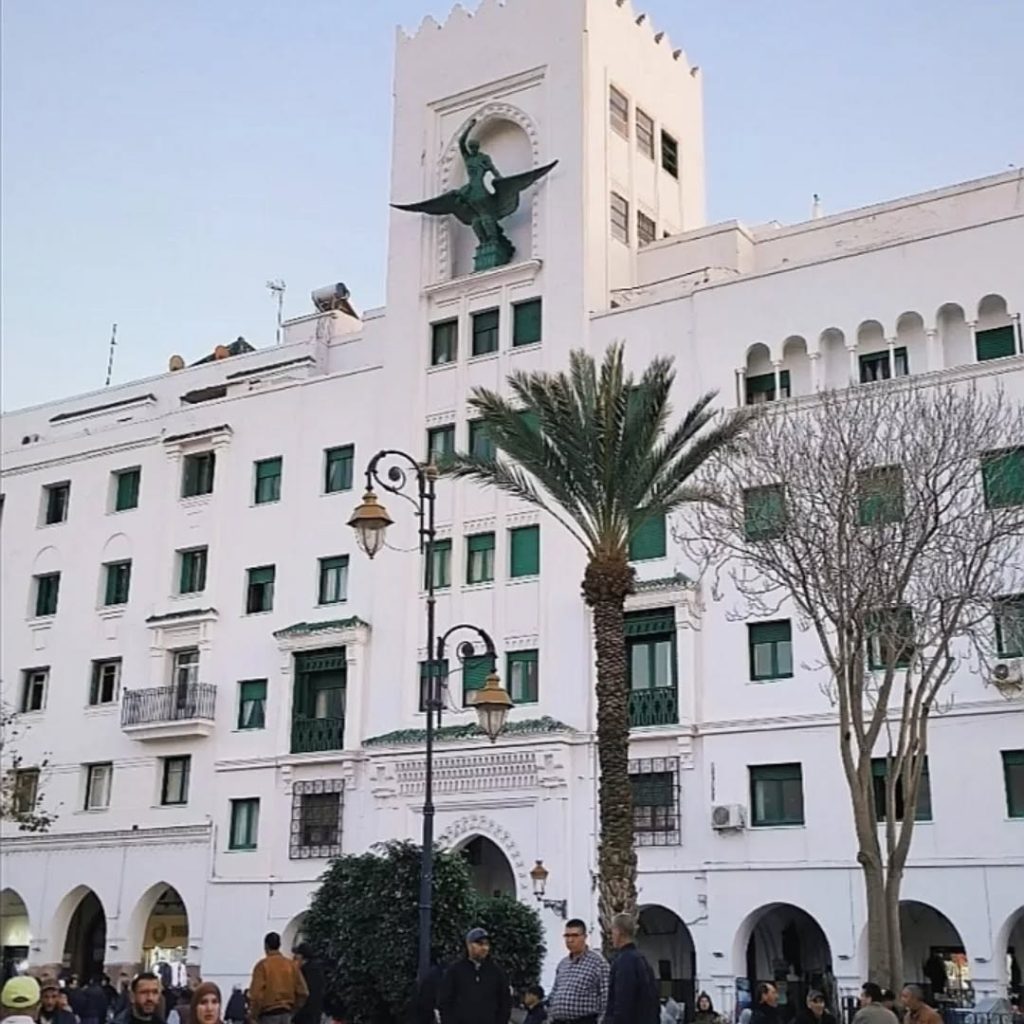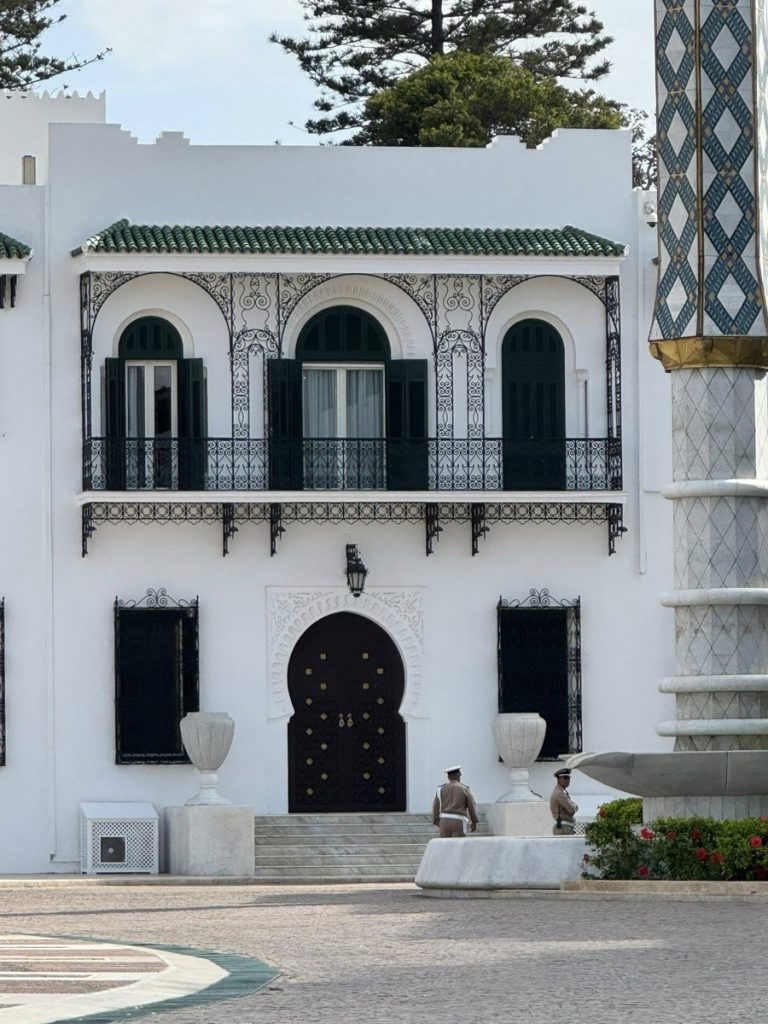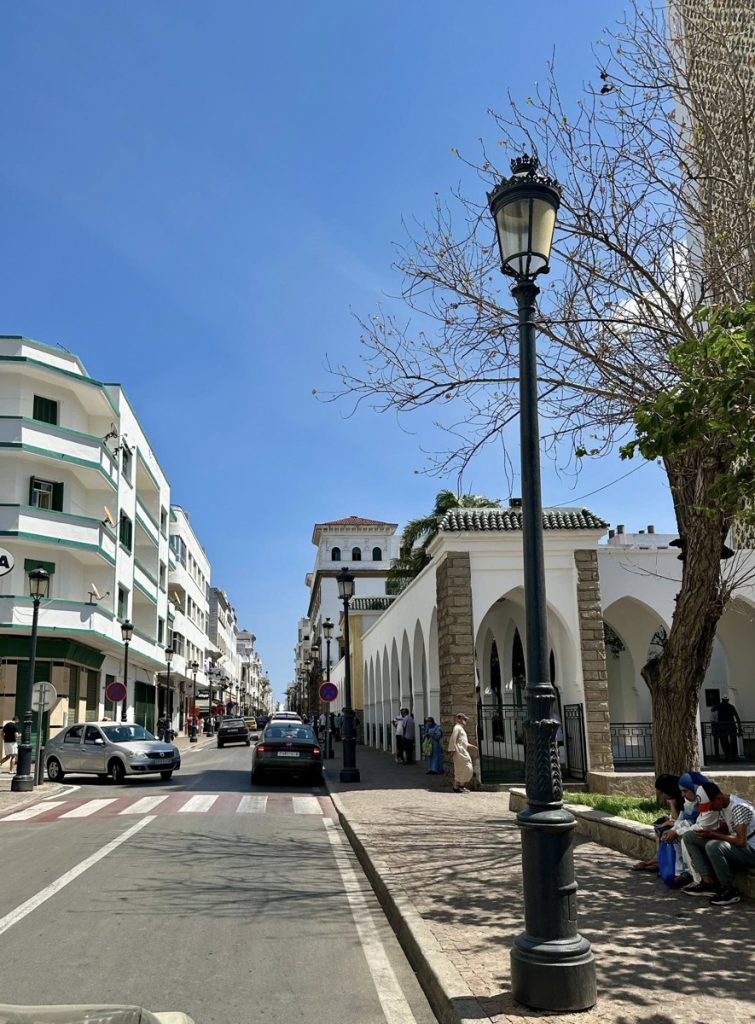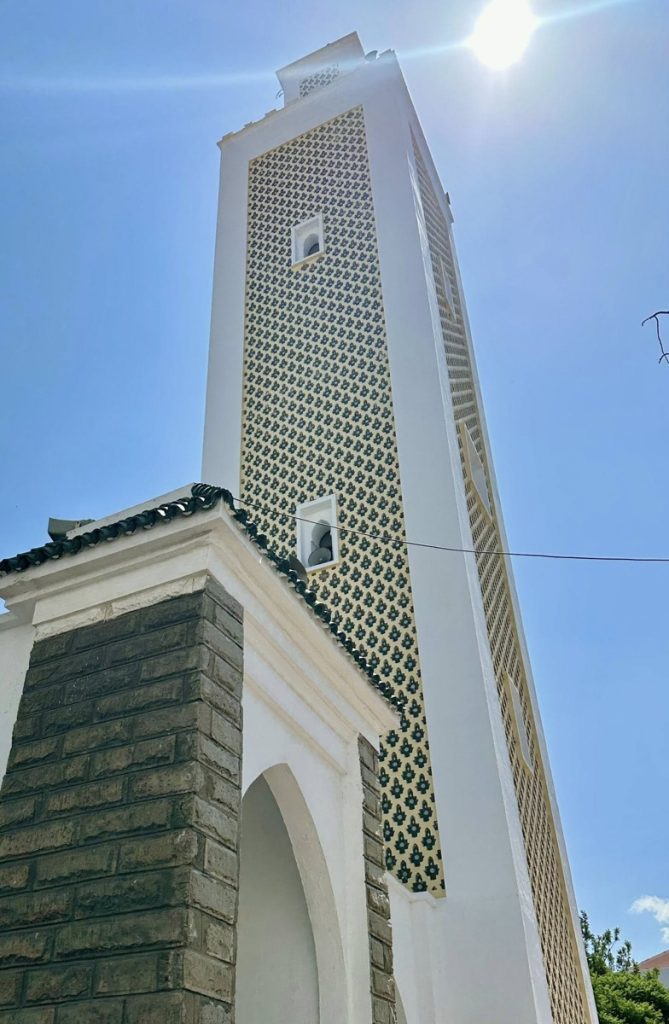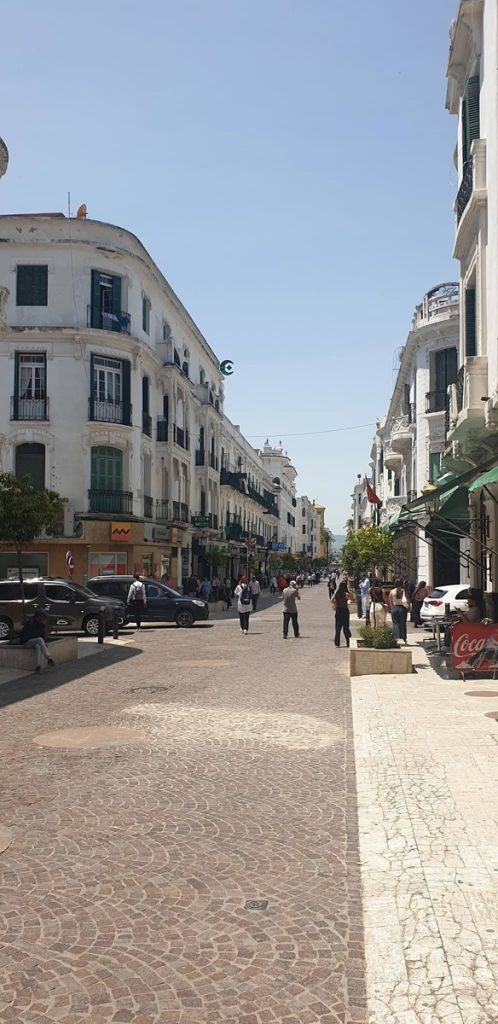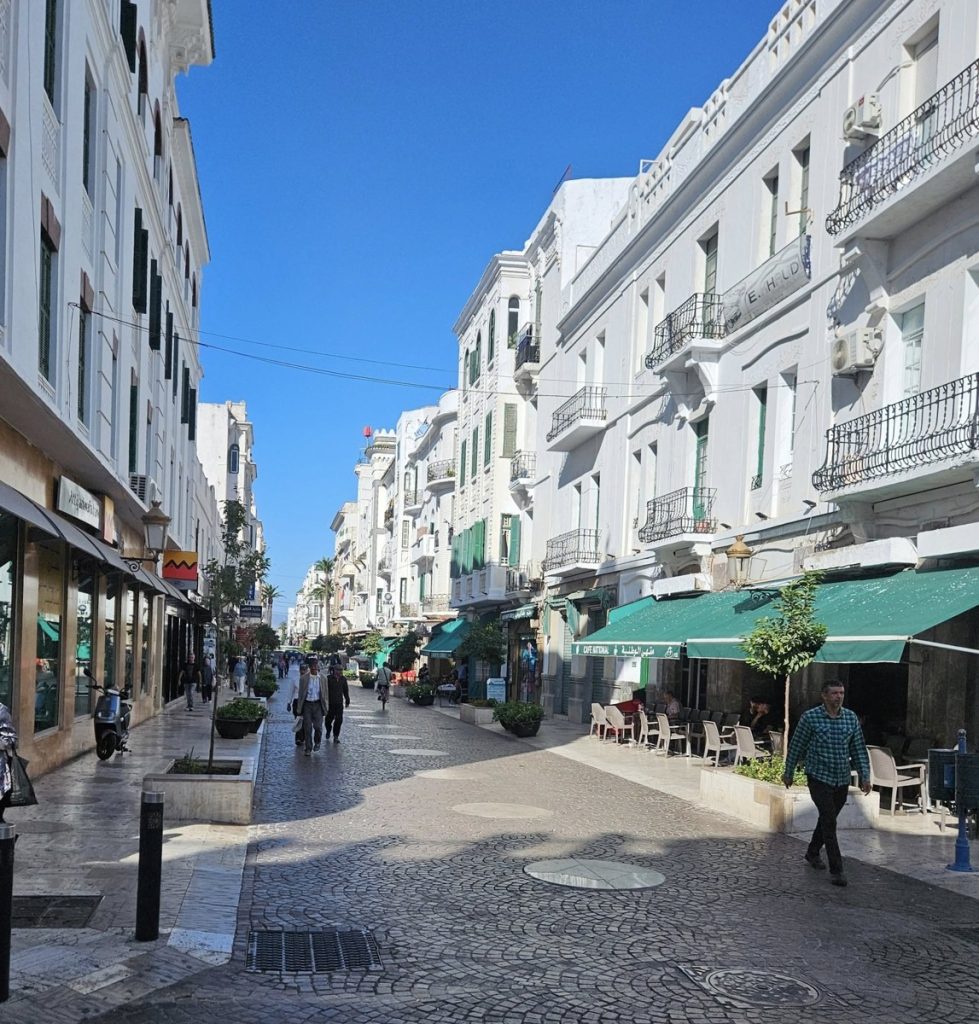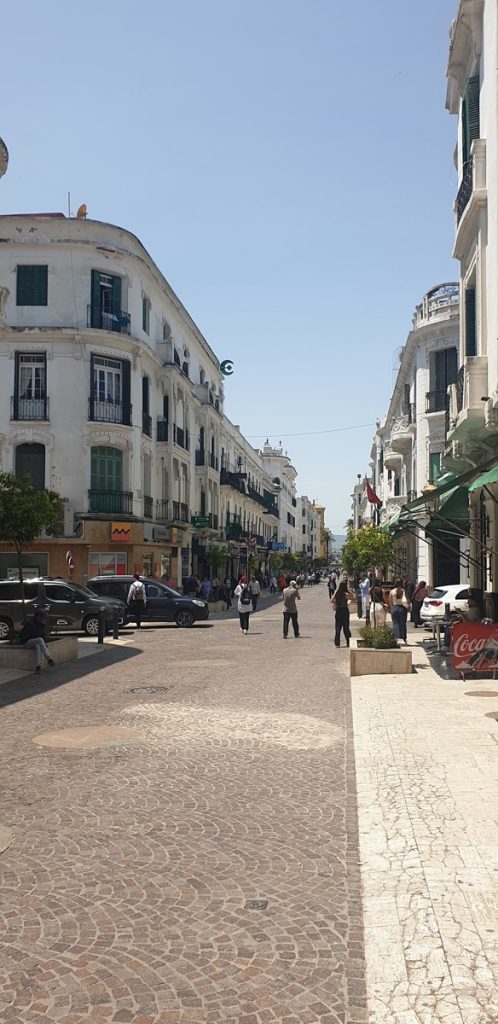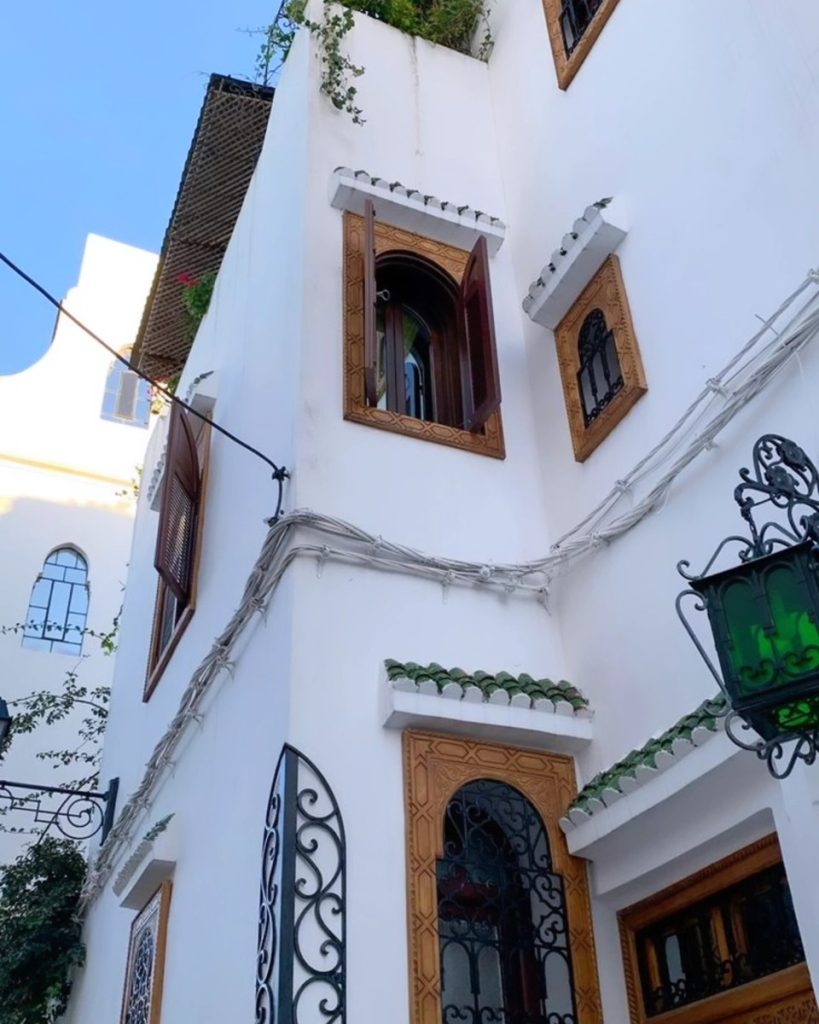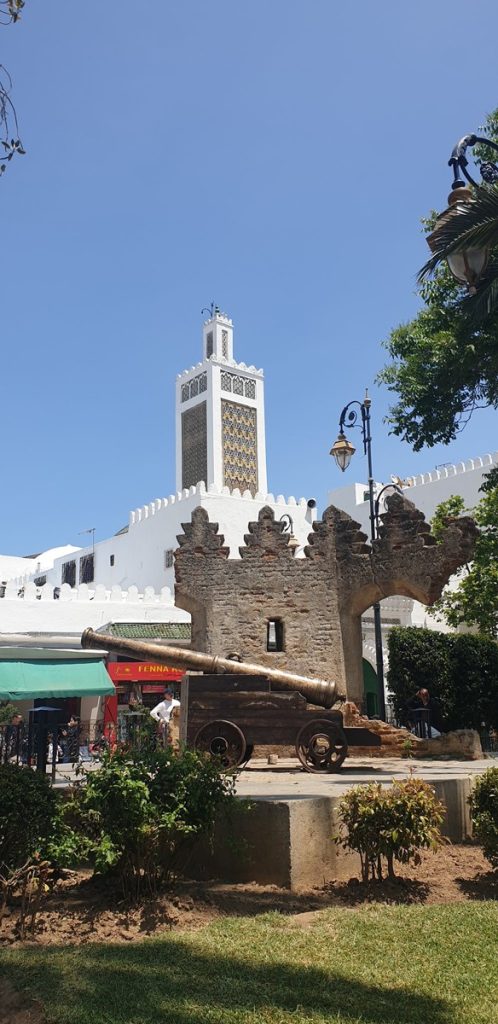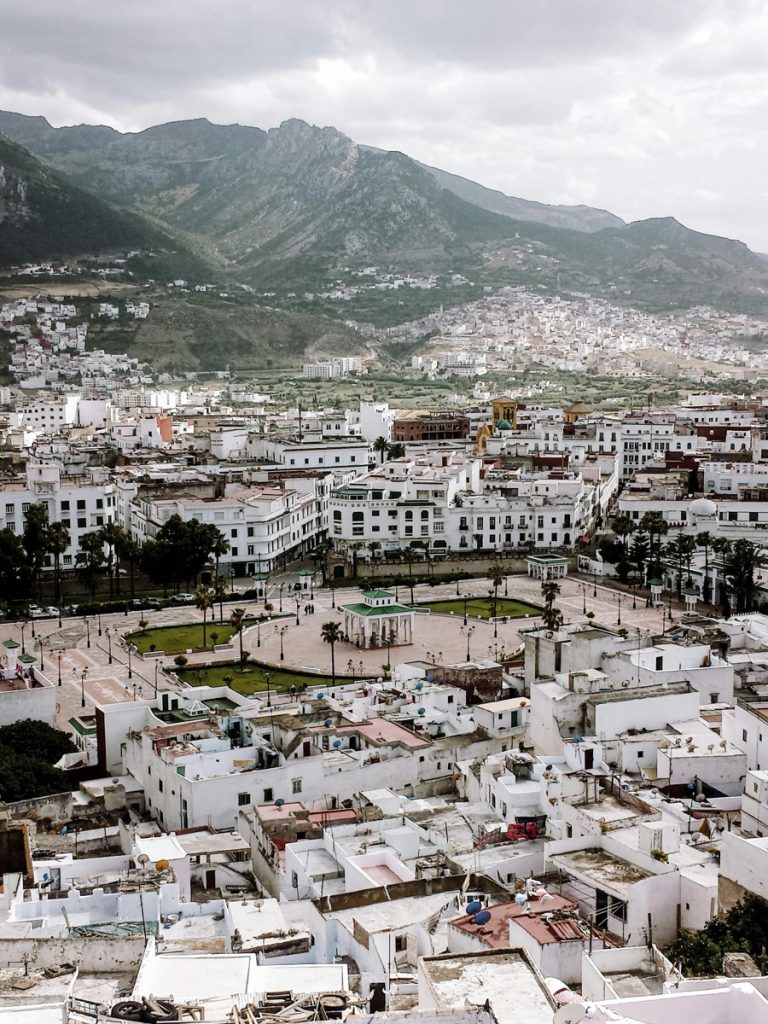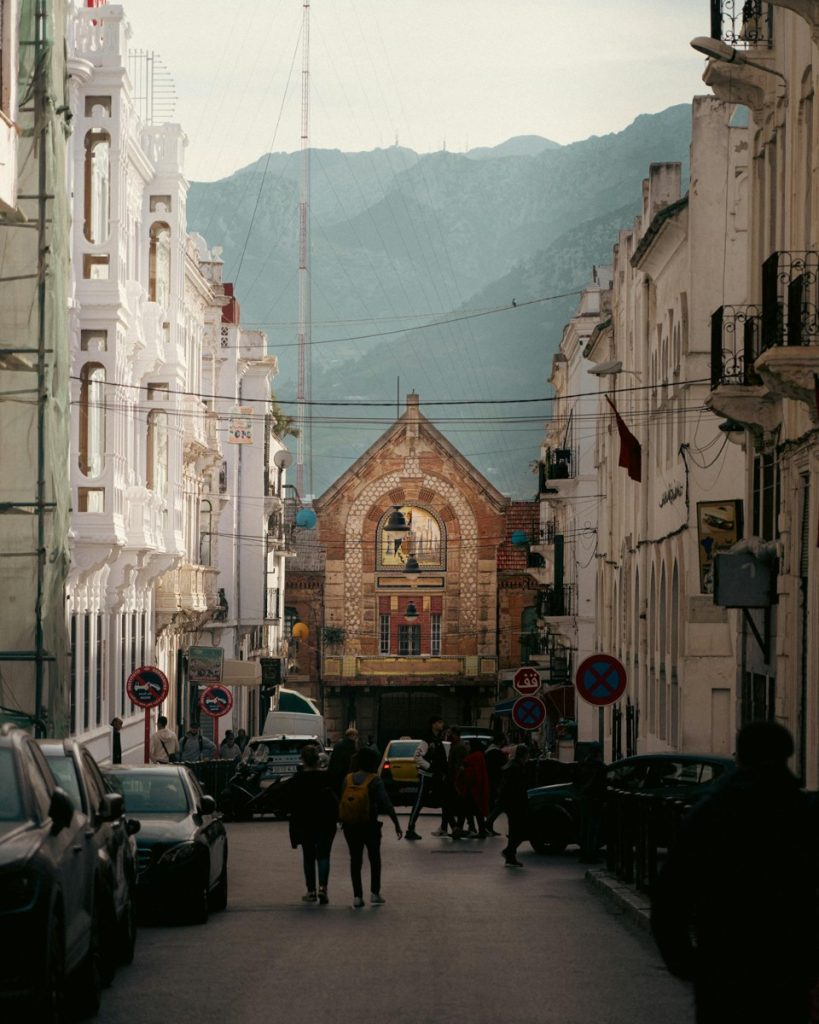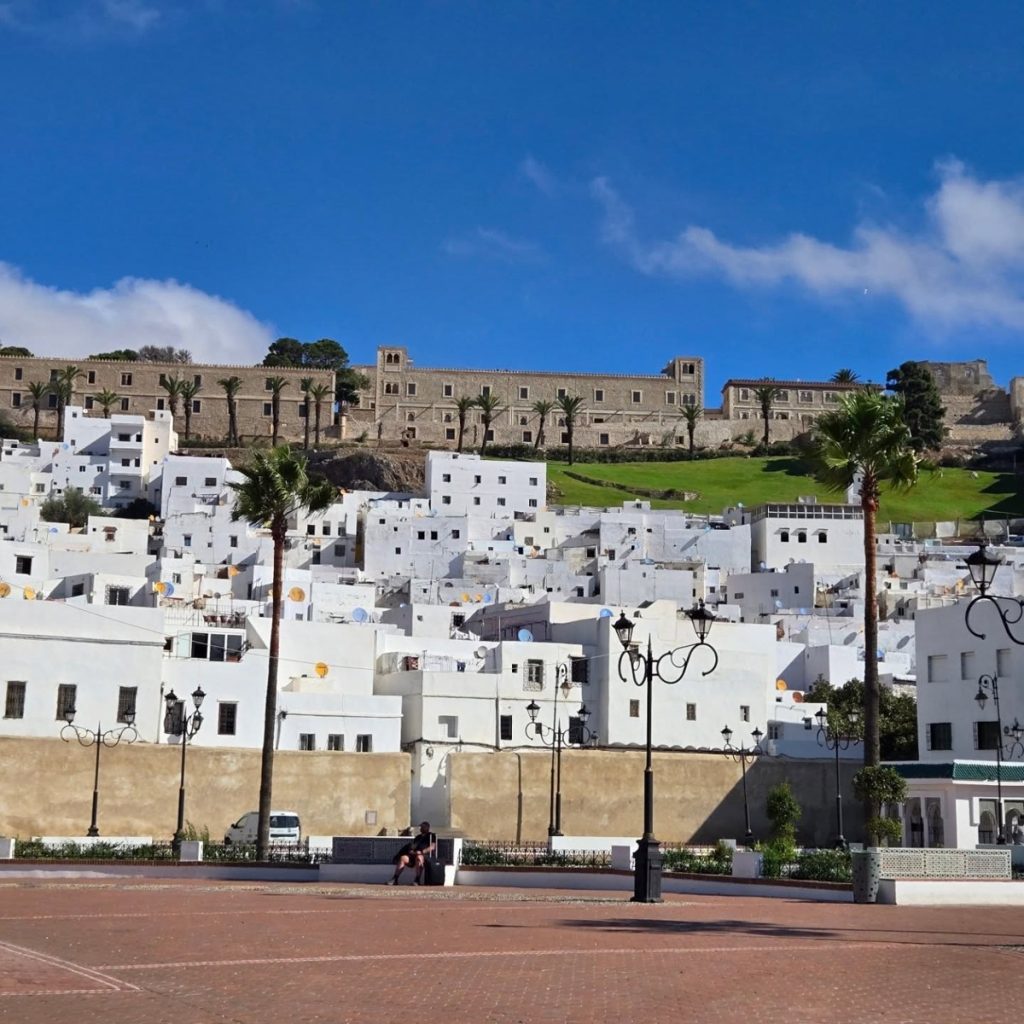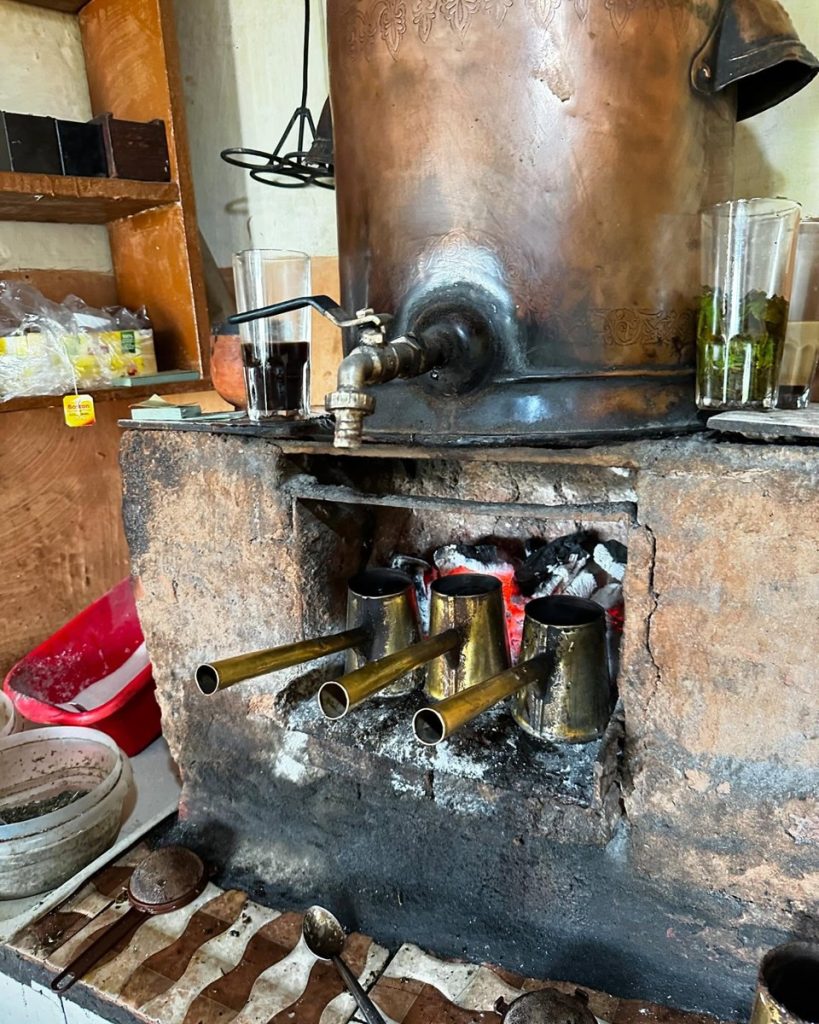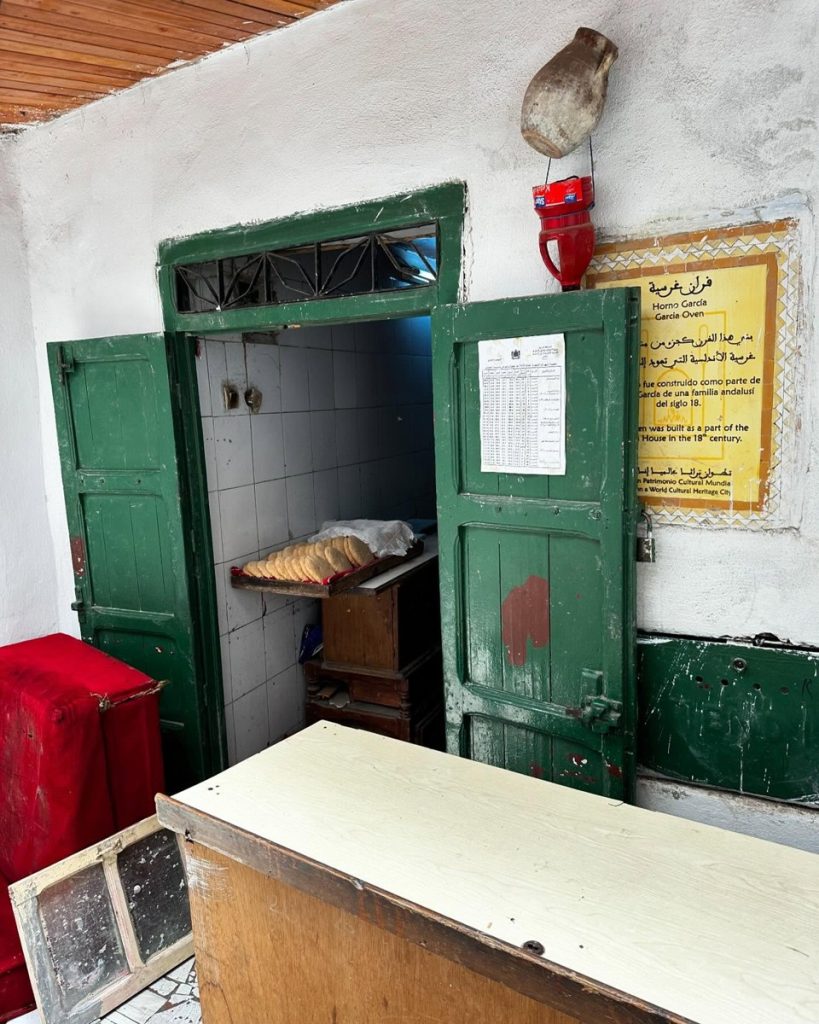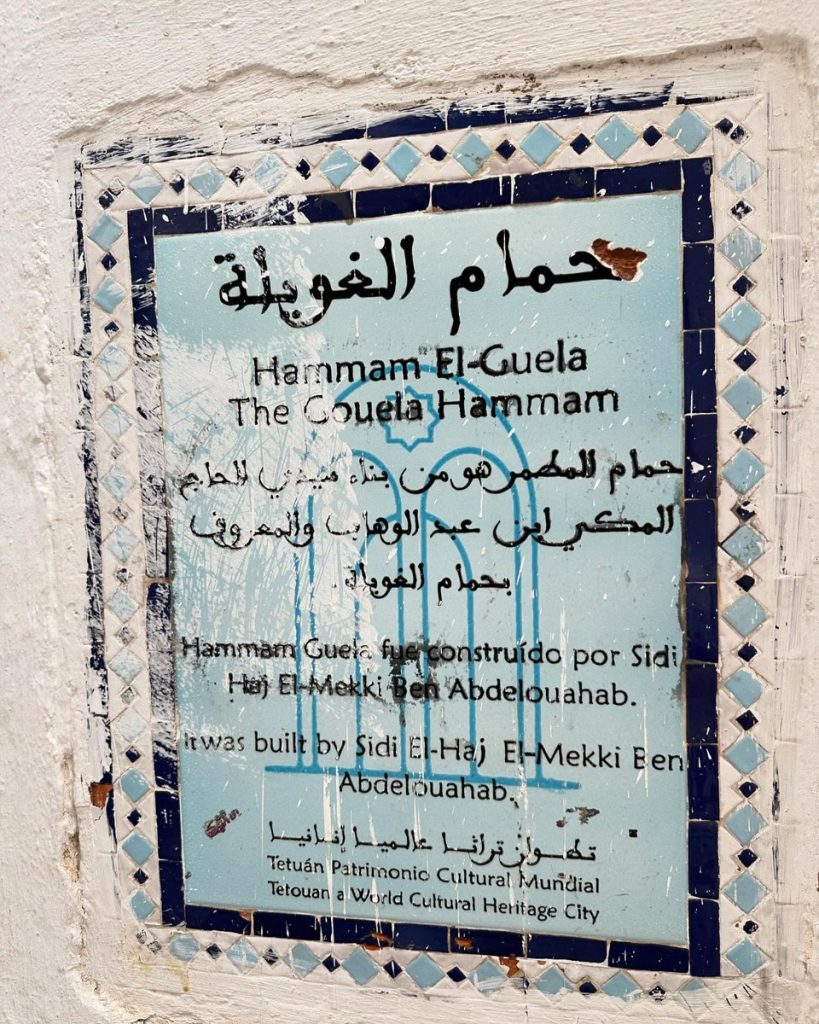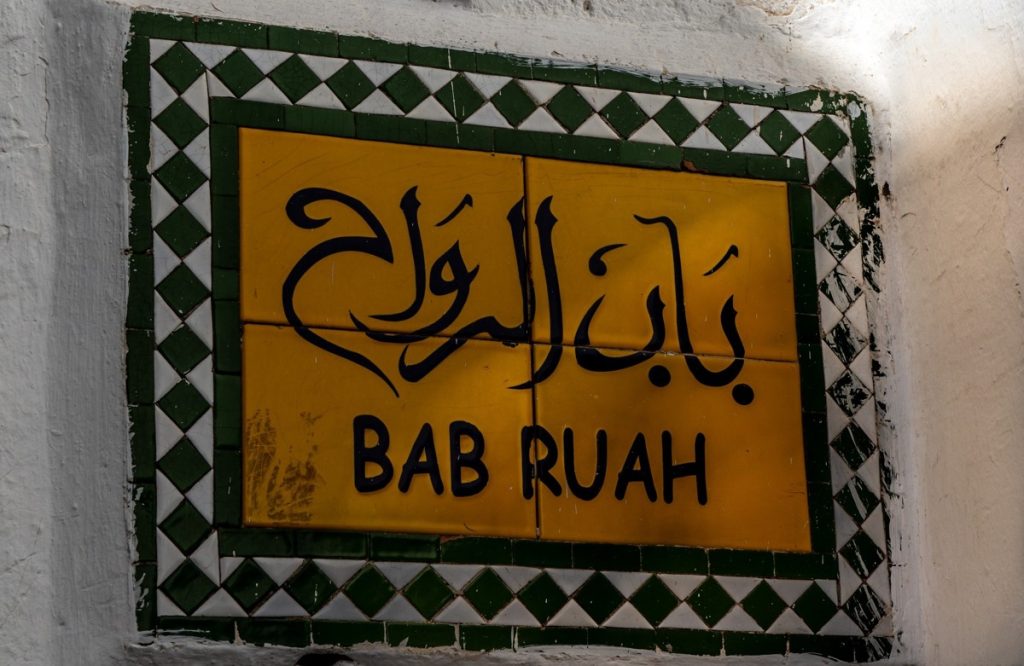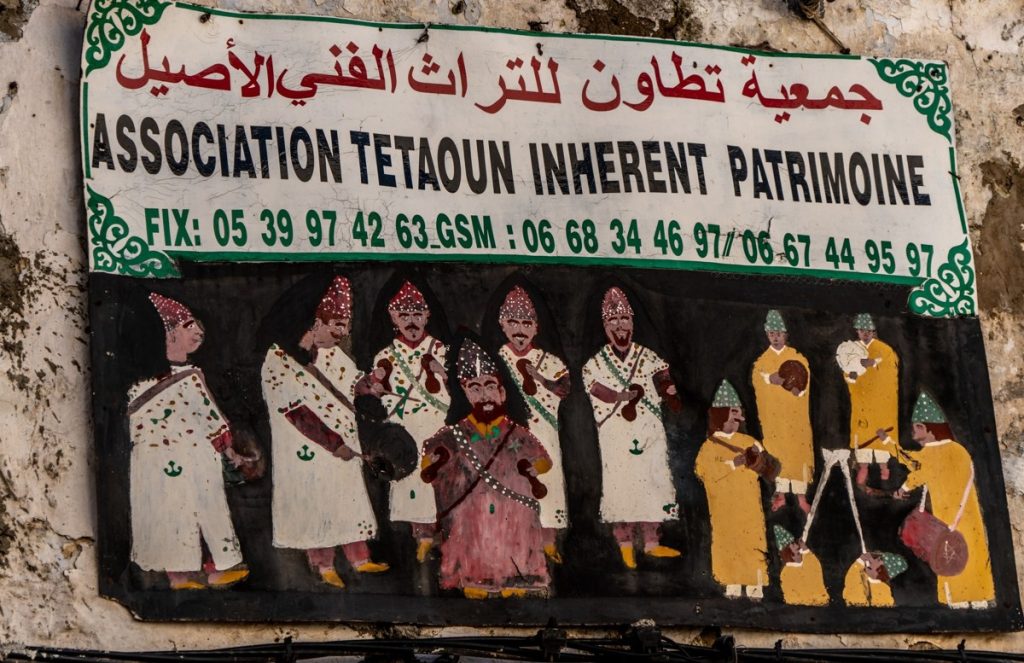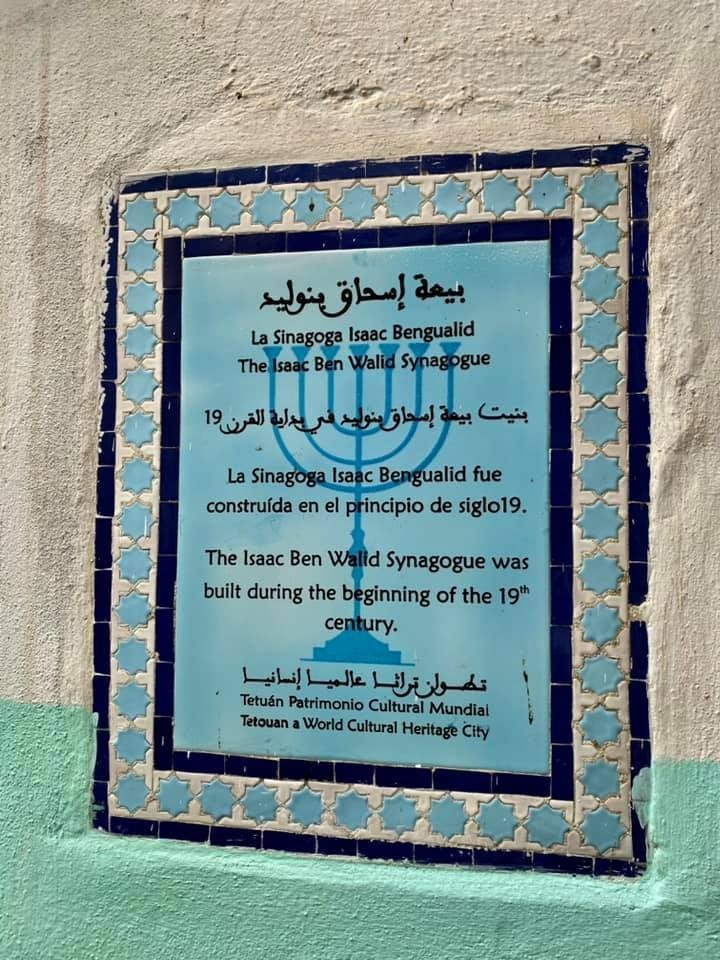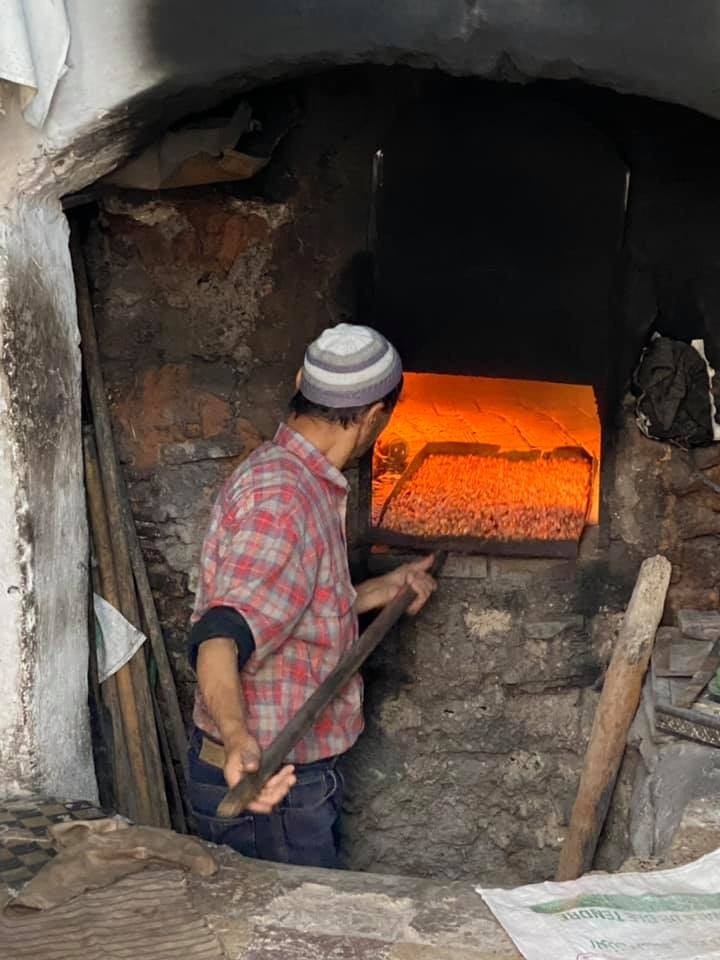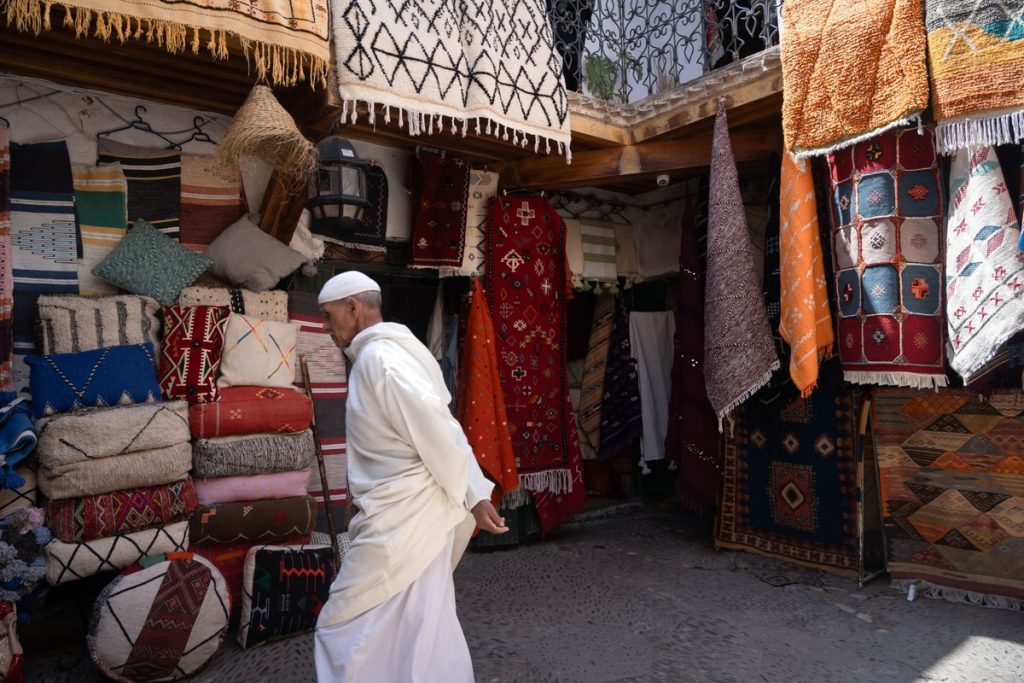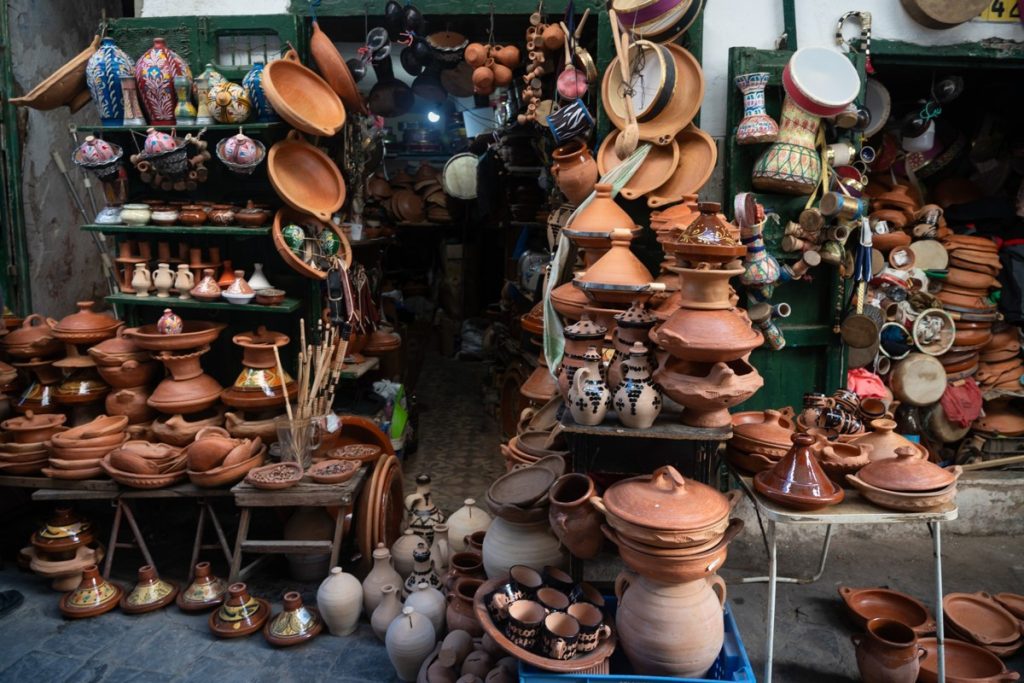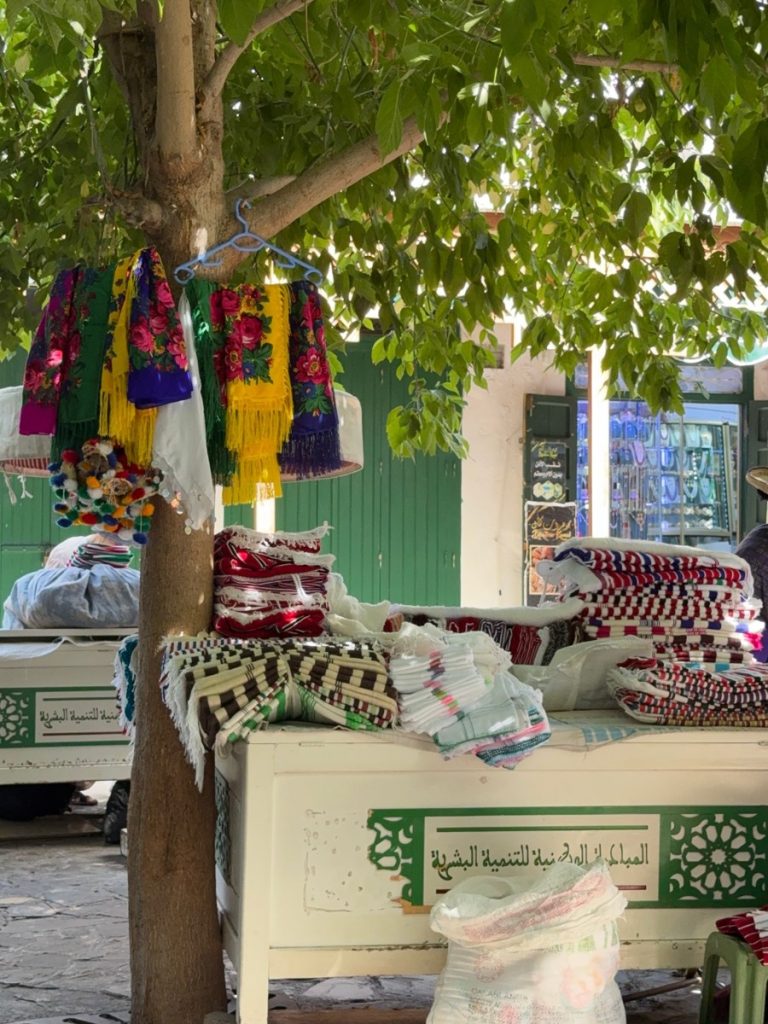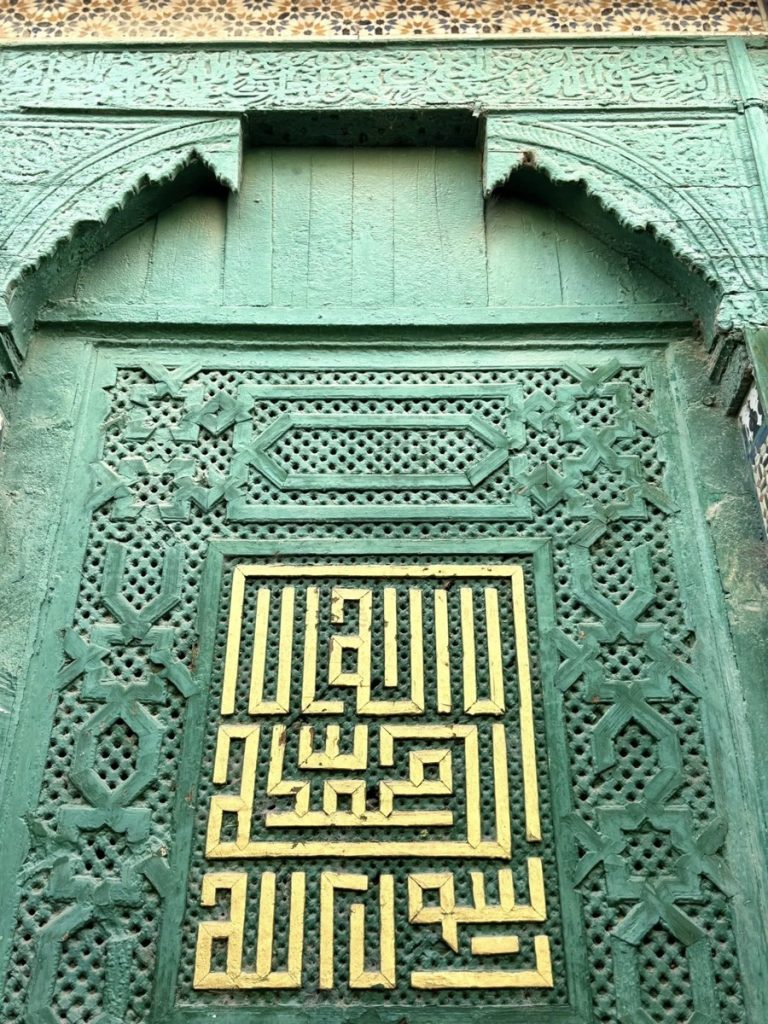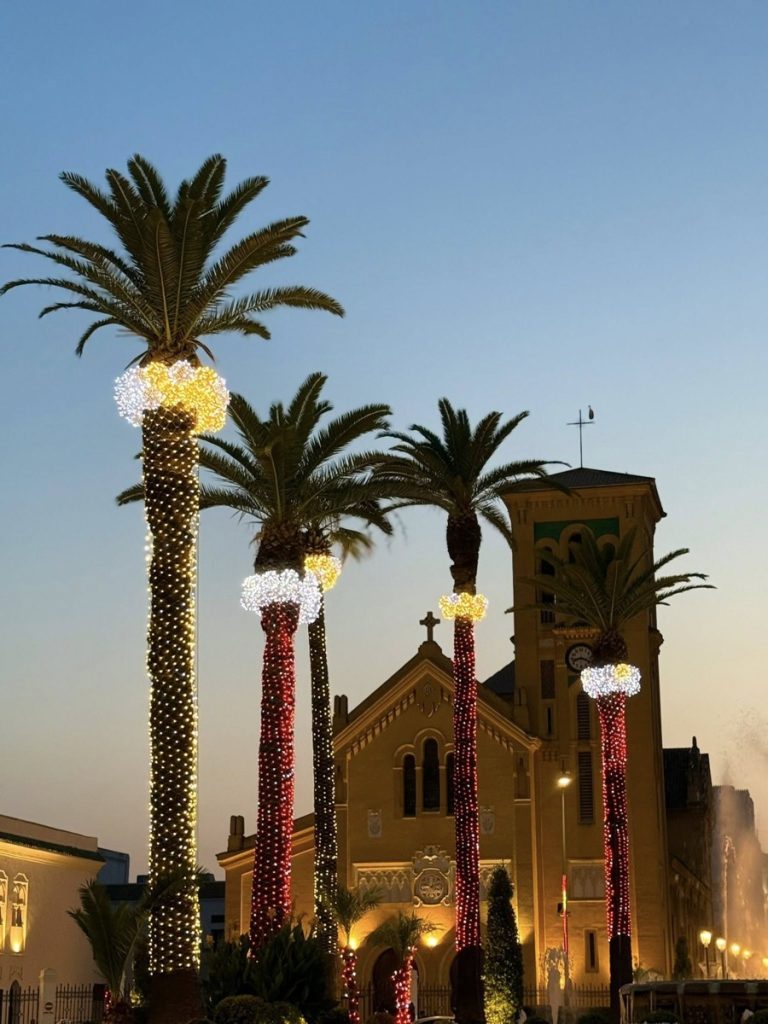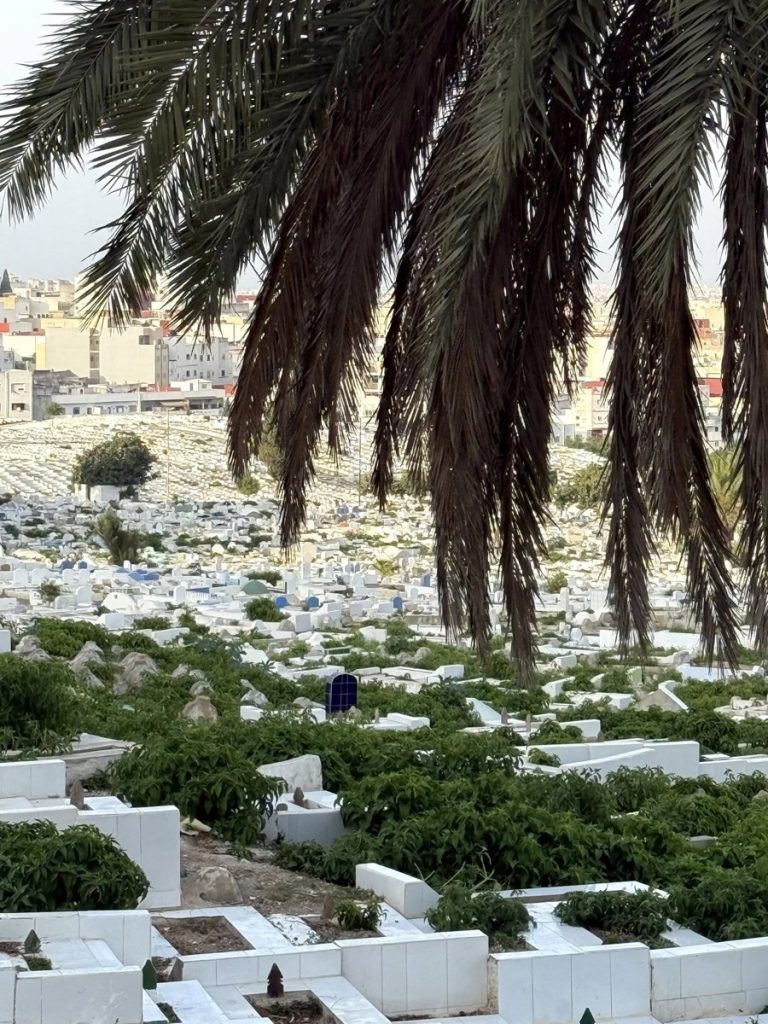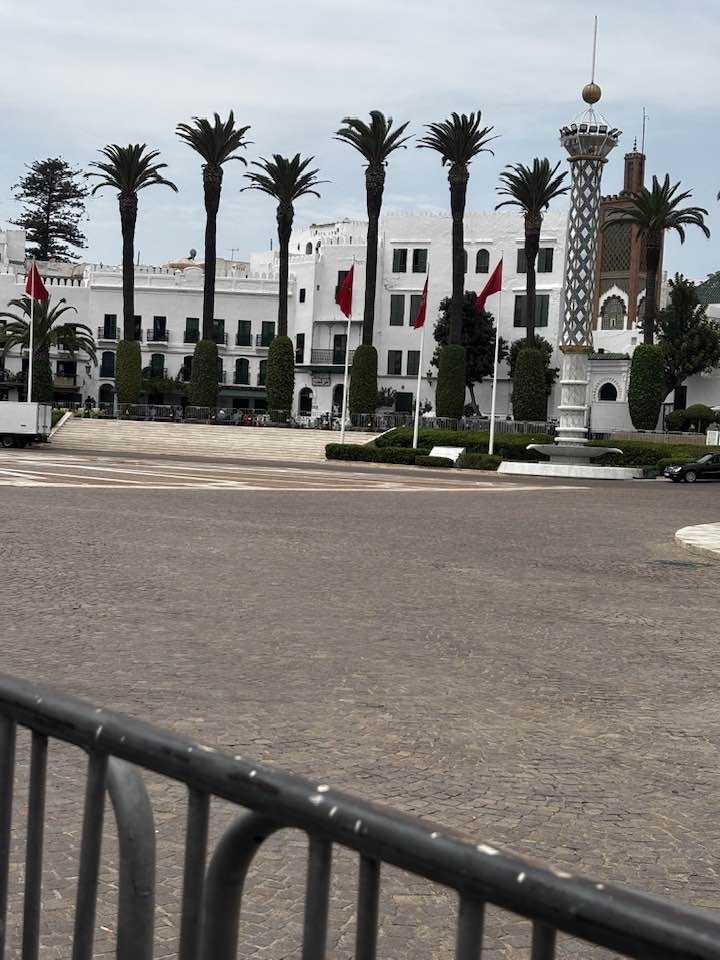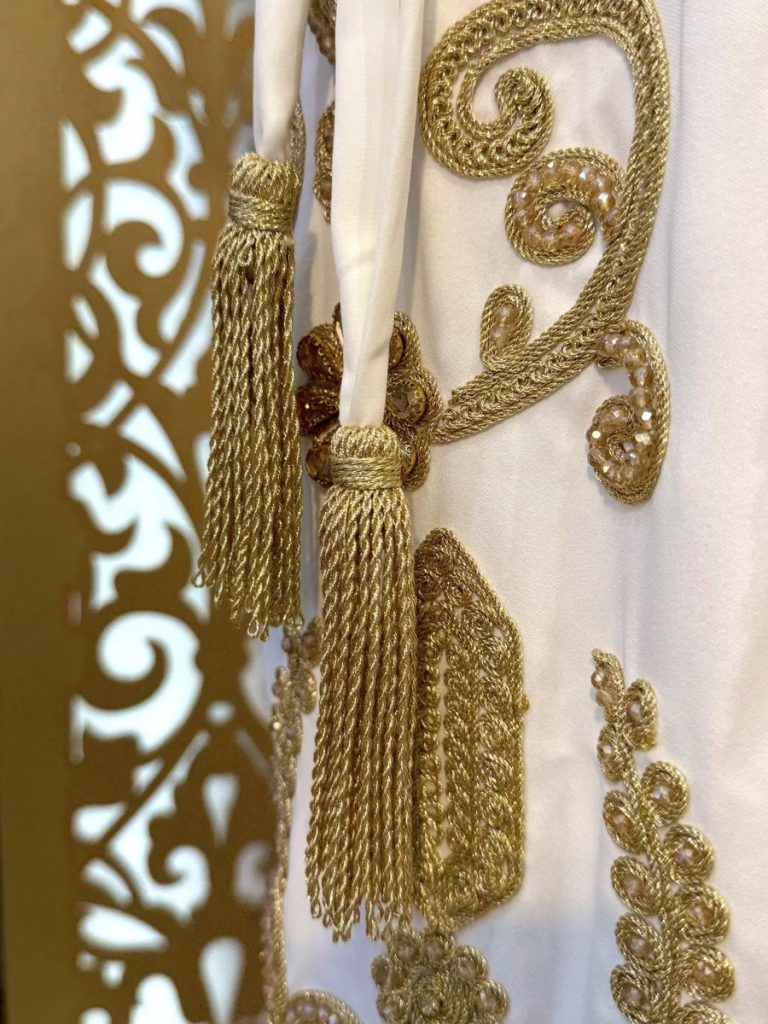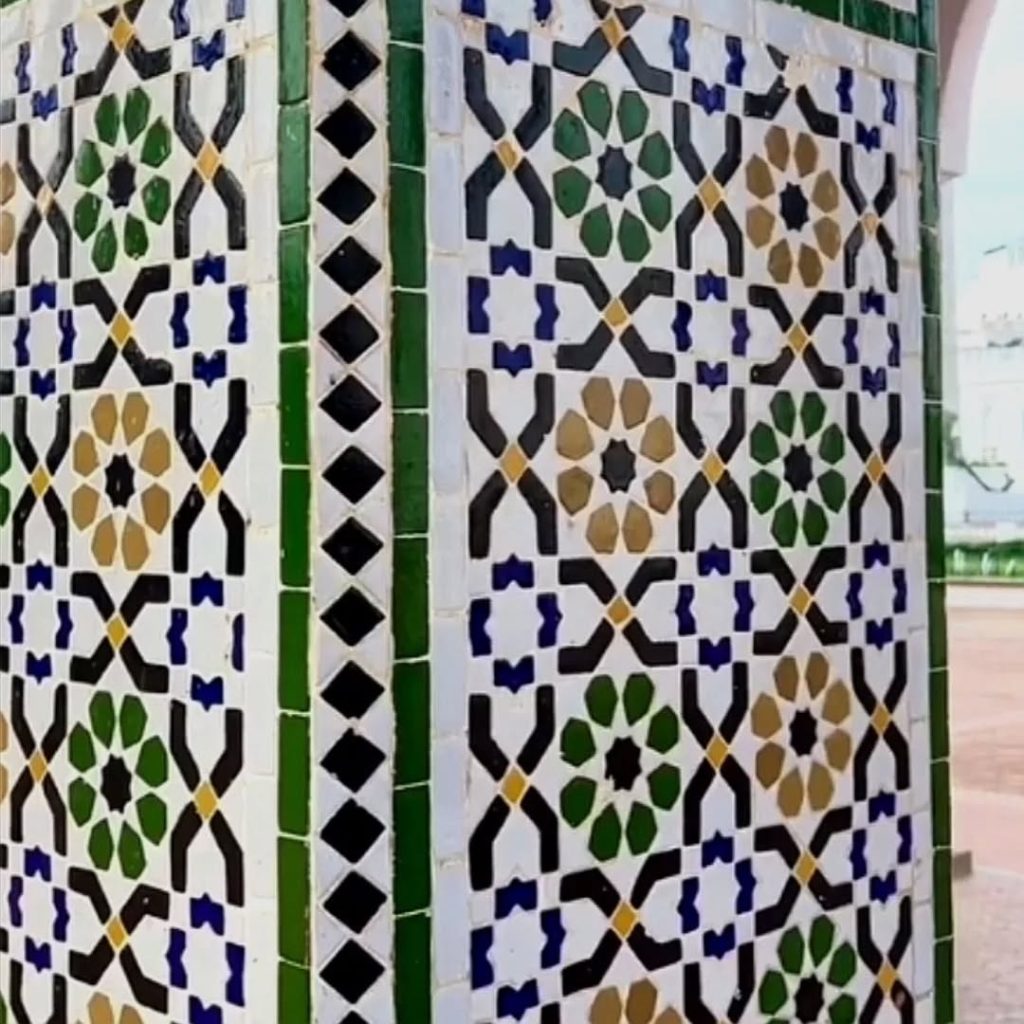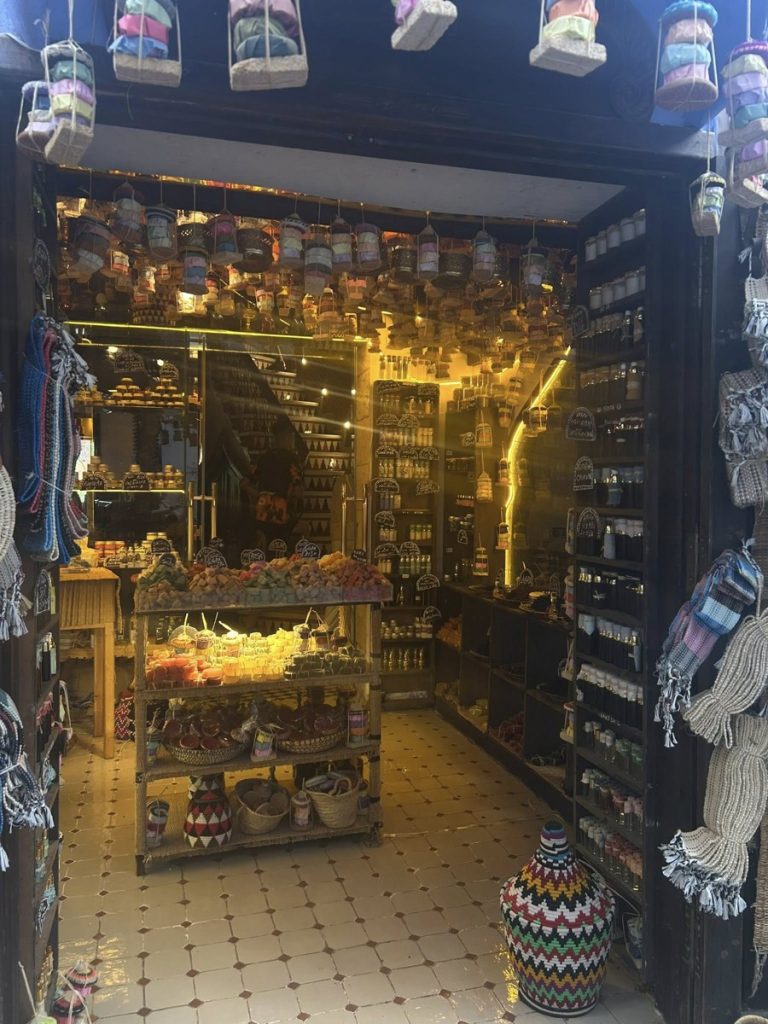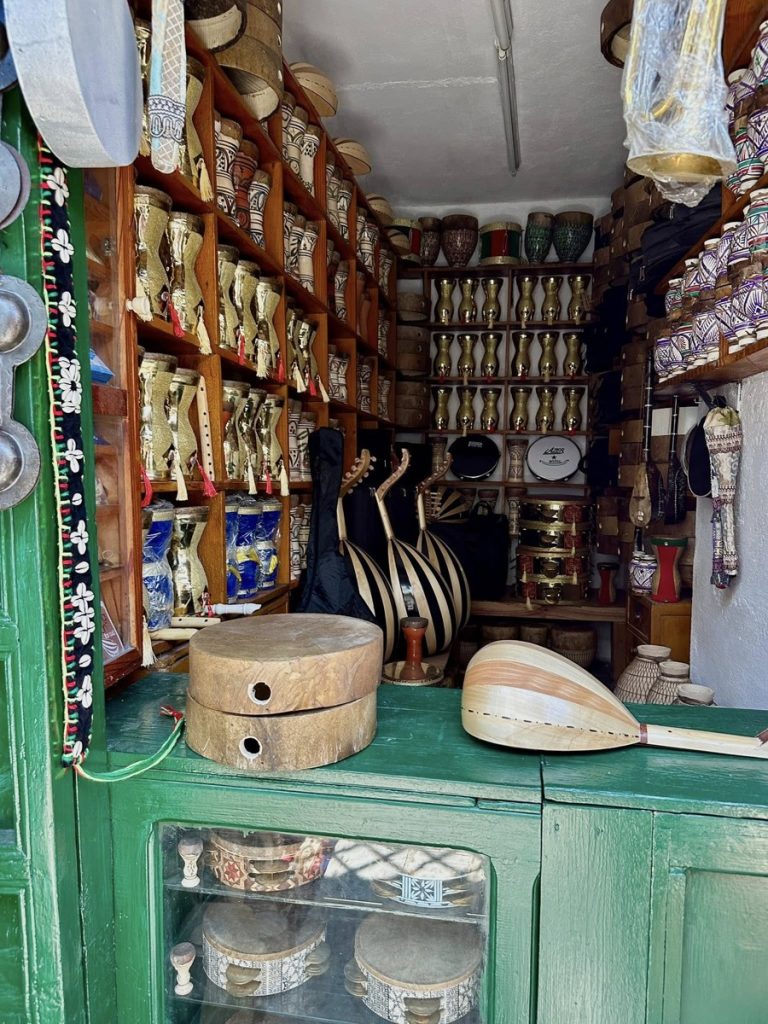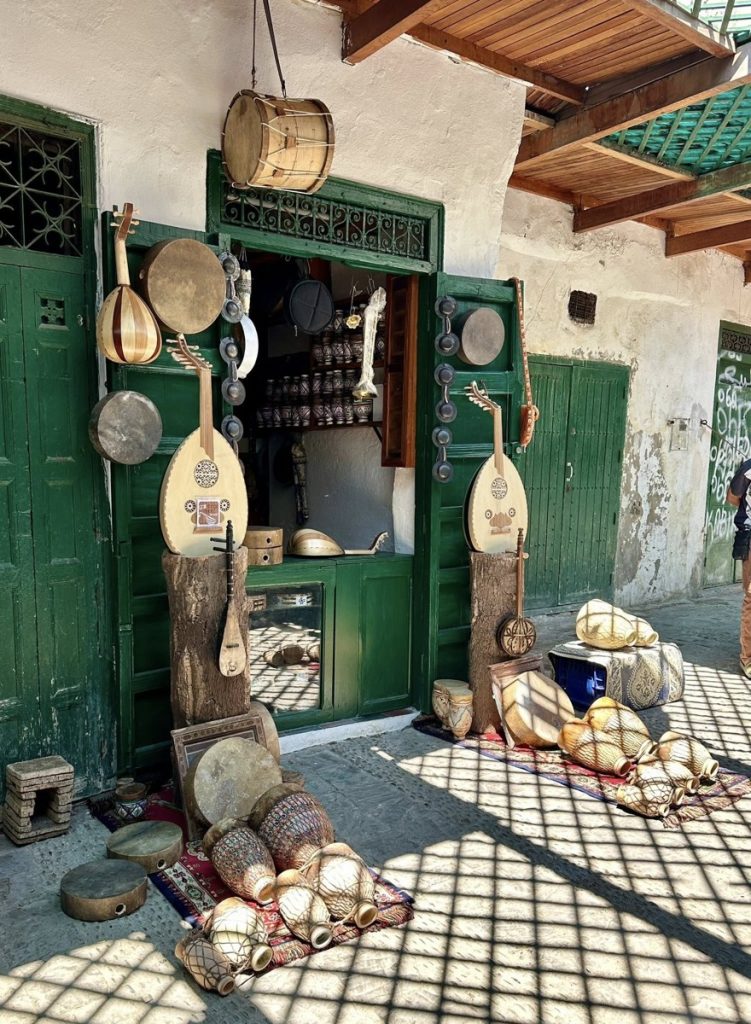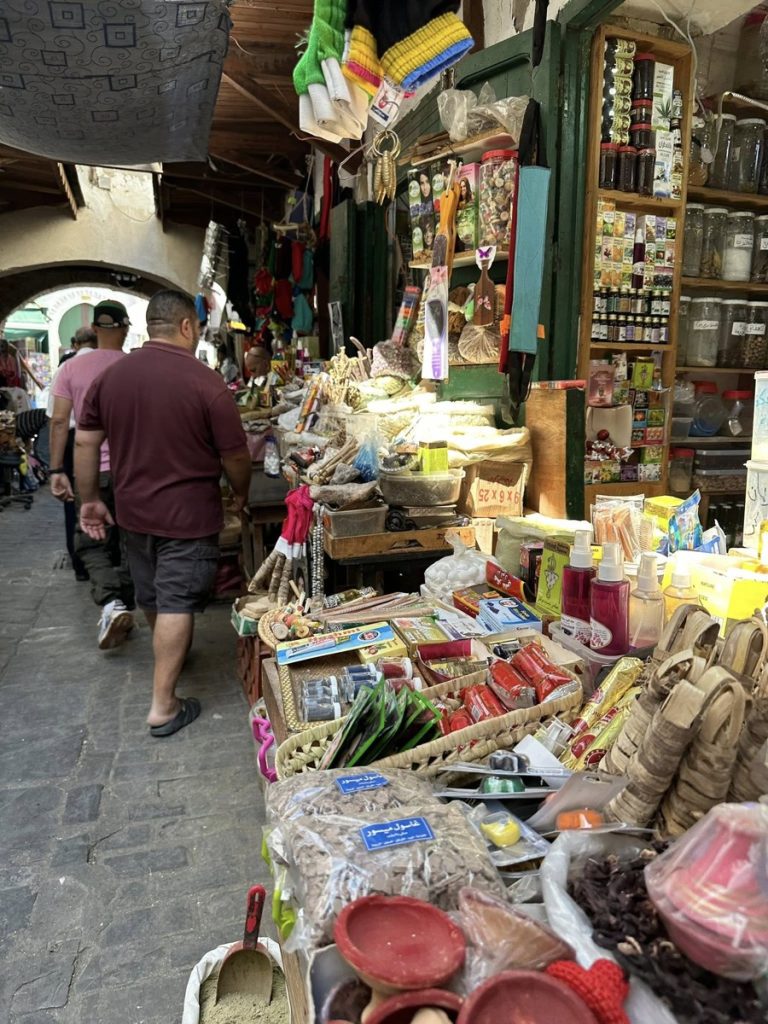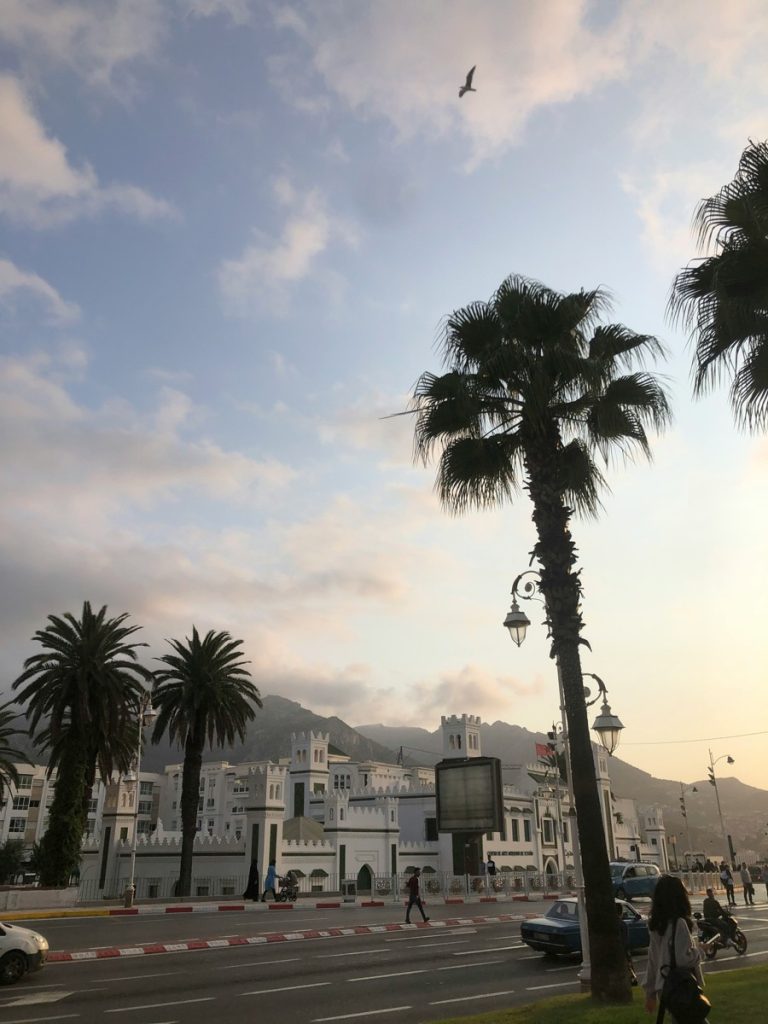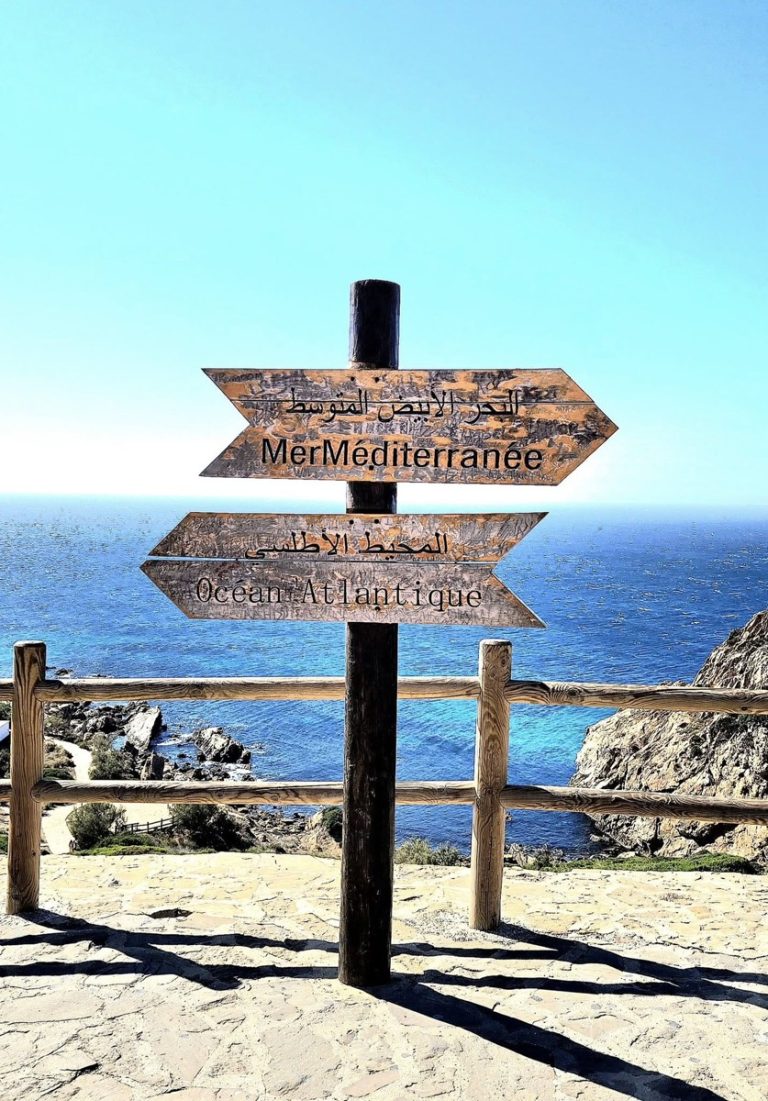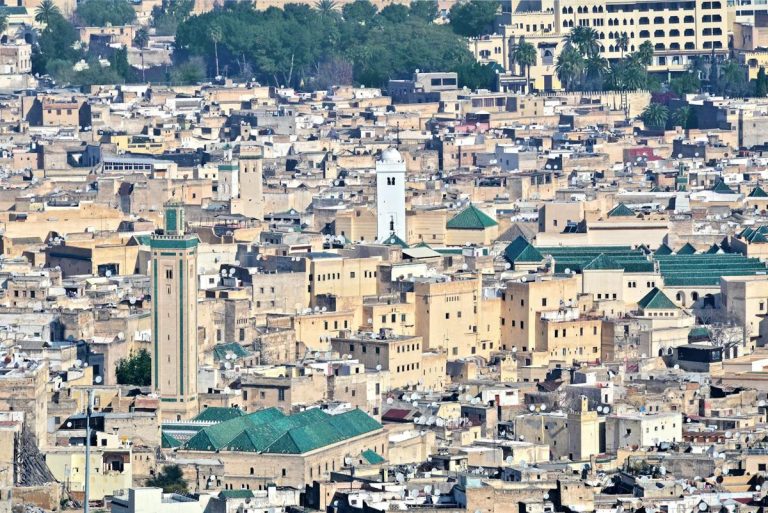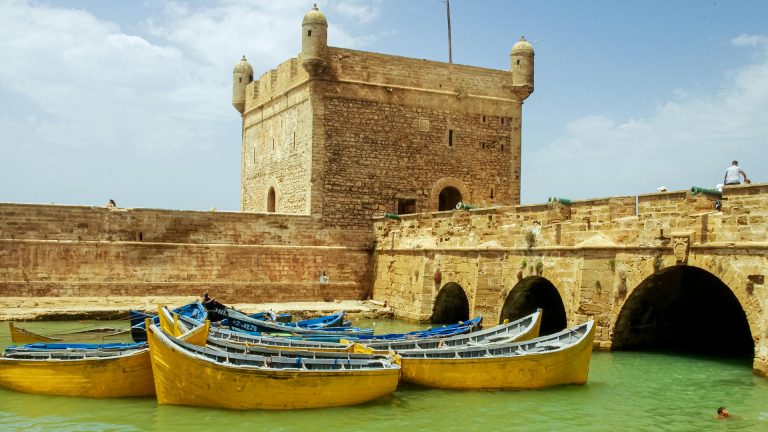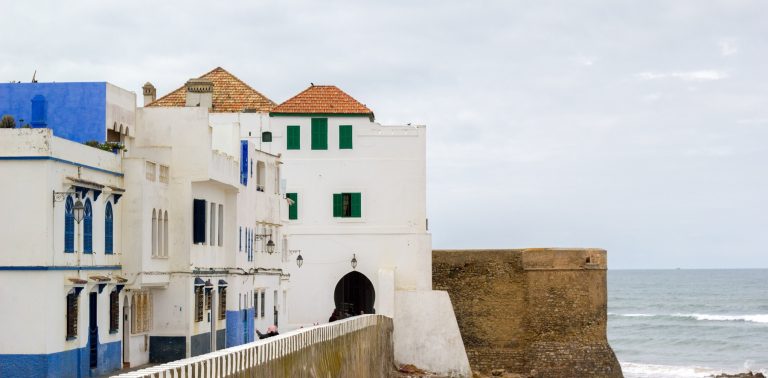Tetouan: A Living Canvas of Art and Architecture
“Tetouan for Art and Architecture Lovers” isn’t just another travel tagline—it’s a promise I’ve kept close to my heart since my first visit to this remarkable city nearly two decades ago. I still remember stepping through the carved wooden doors of the medina that spring morning, sunlight filtering through latticed balconies overhead, the scent of cedar wood mingling with fresh mint tea, and thinking: this is what Morocco looked like before the tour buses arrived.
Most travelers rush past Tetouan on their way from Tangier to Chefchaouen, and honestly? That’s worked in our favor. Because while Marrakech and Fes have become open-air museums where you sometimes feel like you’re walking through a carefully curated experience, Tetouan remains stubbornly, beautifully real. The architecture of Tetouan Medina hasn’t been sanitized for Instagram—it’s lived in, worked in, and loved in. The plaster is cracked in places, yes, but the geometric patterns are still being carved by hands that learned the craft from grandfathers who learned from their grandfathers.
This city, perched between the Mediterranean and the Rif Mountains, holds something increasingly rare in our globalized world: authentic cultural continuity. The Andalusian heritage Tetouan carries isn’t just architectural—it’s in the accent of the local dialect, the recipes passed down through generations, and the way light falls on whitewashed walls at three in the afternoon. And for those of us who care deeply about art and architecture, who travel not just to see but to understand, Tetouan offers something I can only describe as intimate revelation.
The White Dove: Understanding Tetouan’s Unique Identity
They call Tetouan “the White Dove” (Al-Hamama al-Bayda), and once you’ve seen it from the hills above, sprawling in creamy white against the green backdrop of the Rif, you’ll understand why. But that nickname only scratches the surface of what makes this city architecturally extraordinary.
When the Catholic Monarchs completed the Reconquista in 1492, thousands of Muslims and Jews fled Spain—many settling right here. They didn’t just bring memories; they brought blueprints, techniques, and aesthetic philosophies. Walking through Tetouan isn’t like exploring other Moroccan cities. The Spanish influence on Tetouan architecture goes beyond surface decoration—it’s structural and conceptual. You’ll notice the proportions feel different somehow, more vertical perhaps, and the courtyards more intimate. The tile work follows patterns you’d recognize in Granada or Seville but is executed with distinctly Moroccan materials and colors.
I’ve brought architecture students here, and they’re always struck by how Tetouan represents something historians call “arrested development”—not in a negative sense, but meaning the city preserved architectural traditions that evolved further elsewhere. Walking these streets is like having access to a living archive of 15th- and 16th-century Andalusian design principles.
The UNESCO Tetouan designation came in 1997, recognizing the medina as a World Heritage Site, but—and here’s the thing that still amazes me—the recognition hasn’t fundamentally changed the city’s character. There are no theme-park renovations here, no “traditional quarters” that close at night. Over 50,000 people still live within the medina walls, running businesses, raising families, and arguing about politics in corner cafés. The architecture isn’t preserved despite the people; it’s preserved through them.
Decoding the Medina: An Architectural Walking Philosophy
I won’t pretend the architecture of Tetouan Medina reveals itself immediately. It doesn’t. Unlike Marrakech’s Jemaa el-Fna, which announces itself with drums and snake charmers, Tetouan’s beauty is subtle, cumulative, and earned. You need to slow down—radically, uncomfortably so if you’re used to destination-checking travel.
My recommendation? Forget your predetermined route on day one. Just enter through Bab er-Rouah (the gate of the winds), choose directions based purely on where the light looks most interesting, and accept that you’ll get beautifully, productively lost. Because it’s in that state of mild disorientation that you’ll actually start seeing things.
Notice the façades first. The Tetouan architecture style employs whitewash so bright it almost hurts your eyes at noon, but look closer—that white isn’t uniform. Some buildings show hints of pale blue at the base, traditional protection against evil spirits (though the homeowners today will laugh and tell you it’s just what their grandmothers did). Doorways frame the real artistry: carved cedar or walnut, geometric patterns interlocking with such mathematical precision that scholars still debate whether medieval artisans understood the underlying principles of tessellation or simply possessed extraordinary visual intuition.
The ironwork is where Spanish influence on Tetouan architecture shows most dramatically. Unlike the heavy, ornate grilles you’d find in Fes or Meknes, Tetouan’s balconies employ lighter, more delicate scrollwork—distinctly Andalusian in character. I once spent an entire afternoon photographing window guards on a single street, and no two patterns repeated exactly. Each represented a craftsman’s interpretation of traditional forms, slight variations that accumulated into a kind of neighborhood signature.
Here’s something most guidebooks miss: pay attention to the overhangs. Many buildings feature upper floors that project slightly over the street, supported by decorative corbels. This isn’t just aesthetics—it’s climate design. Those overhangs create continuous shade on narrow streets, keeping them walkable even during high summer. The traditional Moroccan architecture Tetouan showcases isn’t about individual monument buildings; it’s about creating functional, beautiful, human-scaled urban environments.
The best Tetouan Medina architecture photography happens in the early morning or late afternoon when raking light emphasizes the texture of surfaces—the aged plaster, the grain of wood, and the relief of carved stone. But honestly, the most memorable architectural moments happen when you stop trying to photograph and just experience. Like when you’re invited into a family home for tea and suddenly you’re sitting in a central courtyard (a wasted-dar) that from the outside appeared cramped and dark, but inside opens to the sky with perfect proportions, surrounded by zellij tilework that has witnessed five generations of family celebrations and sorrows.
The Artisan Quarter: Where Craft Becomes Art
The Tetouan artisan workshops concentrate in the medina’s northern section, a maze of souks organized by trade guild—a pattern established centuries ago and maintained through a kind of stubborn institutional memory. Unlike tourist-oriented craft areas in other cities where you’re constantly negotiating prices on mass-produced items, Tetouan’s artisan quarter still functions primarily as a place where craftspeople make things for local use.
I bring people here not to shop (though you certainly can), but to witness mastery. Start at Souk el Foki, the upper market, where woodworkers inherit workshops that have occupied the same few square meters for two hundred years. The smell hits you first—fresh cedar, walnut, and citrus wood. Then the sounds: the rhythmic tap of mallet on chisel, the scrape of hand planes, and quiet conversations in Darija punctuated by Spanish words that never left the local vocabulary.
What you’re watching isn’t a craft demonstration—it’s actual work. The intricate geometric patterns being carved into cabinet doors, the turned spindles for traditional furniture, and the inlaid boxes—these are orders for Tetouan families, for mosques being renovated, and for the continual maintenance of the city’s architectural heritage. The craftsmen (maestros, they’re called, using the Spanish term) often learned their trade through apprenticeships beginning at age twelve or thirteen. They can read architectural patterns the way musicians read sheet music, translating two-dimensional designs into three-dimensional carved relief without measurements, purely by eye and feel.
The art schools Tetouan tradition extends beyond formal institutions—it’s embedded in this apprenticeship system. I’ve met twenty-five-year-old carpenters who can discourse knowledgeably on the evolution of Andalusian geometric design, who understand the mathematical relationships underlying seemingly simple patterns, and who can identify the regional origin of a design motif by subtle variations in execution.
Moving through the dyers’ souk, you’ll find wool being treated with traditional vegetable and mineral dyes—techniques unchanged since the medieval period. The colors achieve this depth, this subtle complexity you don’t get from chemical dyes. The yellows from saffron and turmeric, the deep reds from cochineal and madder root, and the blues from indigo that stain the dyers’ hands permanently. These aren’t museum demonstrations; they’re economic activities, supplying materials for the weavers in the adjacent souk who create the handira wedding blankets and jellaba fabric that local families still purchase for important occasions.
The Formal Art Scene: Galleries, Museums, and Creative Spaces
When people ask about the best art galleries in Tetouan, I always start with a caveat: don’t expect Chelsea or the Marais. Tetouan’s art scene operates differently—smaller scale, more integrated into daily life, less concerned with international art market trends and more focused on cultural continuity and regional identity.
The Tetouan museums guide really begins with the Museum of Moroccan Arts, housed in a restored fortress (borj) that itself justifies the visit. Built in 1828, the building exemplifies military architecture from the reign of Sultan Moulay Abderrahmane. The collection inside focuses on traditional Andalusian-Moroccan crafts—ceramics, metalwork, embroidery, weapons—but arranged thoughtfully to demonstrate artistic evolution rather than just displaying artifacts. You’ll learn how calligraphy styles changed over the years, how zellij patterns got more complicated, and how jewelry designs took ideas from trade routes that went from sub-Saharan Africa to Ottoman lands.
What strikes me every time I visit is how the museum presents these objects not as ethnographic curiosities but as sophisticated artistic achievements. The copper and brass work demonstrates understanding of complex metallurgy. The embroidery exhibits such fine technique that conservators still study examples to understand how certain effects were achieved. The ceramic collection traces Tetouan’s unique position receiving influences from Spanish, Ottoman, and sub-Saharan artistic traditions and synthesizing them into distinctive local styles.
The Archaeology Museum occupies what I consider one of Tetouan’s most beautiful buildings—another former fortress with thick walls that keep interiors cool even in August. The collections go from Roman times to Islamic times, but what I’m most interested in is how the displays put Tetouan in the context of other Mediterranean cultural trends. You can see Roman amphorae that used to hold olive oil, Byzantine coins, and Almohad ceramics. These are physical signs of the trade routes and cultural exchanges that made northern Morocco a crossroads civilization.
For contemporary art, the Centre des Métiers and Galerie Bab el Okla represent where Tetouan’s artistic heritage meets current creative practice. You won’t find cutting-edge conceptual work here (for that, head to Casablanca or Marrakech), but you will find artists working seriously with traditional forms—calligraphy, miniature painting, geometric abstraction—and pushing them in new directions. I’ve watched painters there working on modern interpretations of Andalusian garden motifs, sculptors casting pieces inspired by historic architectural elements, and photographers documenting the medina’s changing social landscape.
Famous artists from Tetouan include painters like Mohamed Hamri, who collaborated with Paul Bowles and the Beat Generation writers in Tangier while maintaining deep connections to his Tetouan roots. Hassan El Glaoui is a well-known contemporary artist who often talks about his training in Tetouan and the city’s artistic traditions. The theatrical tradition here is particularly strong—Tetouan has produced some of Morocco’s most respected actors and directors, though their work is perhaps less known internationally than the visual arts.
The National School of Fine Arts: Training Morocco’s Creative Future
The art schools Tetouan conversation inevitably centers on the École Nationale des Beaux-Arts, one of Morocco’s premier fine arts institutions. Established in 1945 during the Spanish Protectorate period, it occupies a striking white building that itself merits architectural attention—modernist in conception but incorporating traditional Moroccan proportions and decorative elements.
I’ve had the privilege of visiting several times (usually through personal connections rather than official channels—the school doesn’t run public tours), and what impresses me is how the institution balances technical training with cultural grounding. Students study Western artistic traditions—Renaissance perspective, Impressionist color theory, and modernist abstraction—alongside intensive training in traditional Moroccan arts: calligraphy, zellij design, architectural decoration, and carpet patterns.
The school’s library holds an extraordinary collection of pattern books, some dating to the early 20th century, that document traditional Moroccan and Andalusian designs. Art history courses examine not just European modernism but also Islamic artistic philosophy, the mathematical principles underlying geometric patterns, and the cultural meanings of colors and forms in traditional Moroccan visual culture.
Walking through student studios, you see this synthesis in action—paintings that reference Matisse’s Moroccan period but employ compositional structures derived from zellij patterns, sculptures that translate traditional architectural forms into contemporary materials, and installations that engage with questions of cultural identity and globalization through aesthetic languages rooted in local traditions.
Many graduates remain in northern Morocco, teaching, opening galleries, and working on architectural restoration projects. This creates a kind of creative ecology where Moroccan cultural capital and Tetouan status get renewed in each generation rather than becoming ossified nostalgia.
Beyond the Medina: Spanish Colonial Architecture
Here’s what surprises most visitors: some of Tetouan’s most architecturally interesting buildings lie outside the medina walls, in the Spanish-built Ensanche (expansion) from the Protectorate period (1913-1956). This isn’t colonial architecture in the pompous, domineering mode—no massive neoclassical government buildings asserting imperial power. Instead, you find something more subtle and, frankly, more interesting.
The Spanish administration employed architects influenced by Rationalism and the nascent modernist movement but also deeply engaged with Moroccan building traditions. The result is a unique synthesis—buildings with clean modernist lines but incorporating traditional Moroccan elements like interior courtyards, zellij tilework, carved plaster, and the interplay of light and shadow that characterizes North African architecture.
The Khalifa’s Palace is perhaps the most striking example. Built in the 1930s, it demonstrates this hybrid aesthetic perfectly—the structure employs reinforced concrete and modernist spatial planning, but the decorative program draws entirely from Andalusian-Moroccan traditions. The result doesn’t feel conflicted; it feels like a genuine architectural dialogue between different traditions.
Plaza Hassan II (formerly Plaza Primo de Rivera) showcases this urban planning approach. The plaza itself follows European civic design principles—a central gathering space surrounded by administrative buildings, cafés, and shops. But the architecture surrounding the plaza mixes Art Deco elements with neo-Moorish details, creating something distinctive to Tetouan. The theater, the post office, and the church (now a cultural center)—each represents this experimental period where architects genuinely tried to create a modern architecture responsive to place rather than imposing foreign templates.
For Tetouan Medina architecture photography enthusiasts, these colonial-era buildings offer compelling subjects—especially the residential buildings along Avenue Mohammed V with their decorative tiles, wrought-iron balconies, and pastel color schemes that wouldn’t look out of place in Seville or Valencia.
Practical Wisdom: Experiencing Tetouan as an Art and Architecture Enthusiast
Let me share some hard-won practical knowledge about planning a cultural trip to Tetouan.
Timing matters tremendously. Summer (July-August) brings oppressive heat—the medina’s narrow streets trap warmth, and by afternoon you’ll be too exhausted for serious architectural appreciation. Spring (March-May) and fall (September-November) offer perfect conditions: warm days, cool evenings, and clear light. Winter can be surprisingly cold and wet but also less crowded and with dramatic cloud formations that photographers appreciate.
The Tetouan cultural events calendar peaks during the International Mediterranean Film Festival (usually March) and the Moussem (religious festival) celebrating the city’s patron saint. But honestly, the best cultural experiences happen spontaneously—a wedding procession through the medina, a religious holiday where traditional foods appear in market stalls, or simply stumbling into a café where men play cards and argue about football while Radio Tanger plays classic Andalusian music.
For day trips from Tangier to Tetouan art, the logistics are straightforward: shared grand taxis depart regularly from Tangier’s main station, taking about an hour (45 dirhams per seat, though tourists sometimes get quoted higher—just politely insist on the standard rate). Buses run hourly but take longer and aren’t much cheaper. Driving yourself allows more flexibility but means navigating parking—the medina is pedestrian-only, so you’ll need to use lots outside the walls.
I recommend spending at least two full days in Tetouan if you’re seriously interested in art and architecture. Day one: morning exploring the medina without an agenda, afternoon visiting museums, evening in a traditional riad. Day two: morning in the artisan workshops (they open early), afternoon in the Ensanche examining colonial architecture, and evening at a café in Place Hassan II watching the city go about its life.
Where to buy art Tetouan depends entirely on what you’re seeking. For traditional crafts at fair prices, the fixed-price government craft centers (enseignes artisanat) offer good quality without haggling stress. The galleries in the Bab el Okla area offer museum-caliber pieces, but they demand a substantial budget for more expensive traditional or contemporary art. The medina souks demand negotiation skills and patience but can yield wonderful discoveries if you develop relationships with specific craftspeople.
Hiring a guide for the medina’s first few hours helps immensely—not the official guides who give rehearsed speeches, but younger, informal guides who actually know the artisans, speak good English, and can facilitate genuine interactions. Ask at your accommodation for recommendations; pay fairly (150-200 dirhams for a half-day feels right).
The Living Tradition: Why Tetouan Matters Now
Here’s why visiting Tetouan for culture goes beyond the usual reasons for tourism: this city is a symbol of something that is becoming less common—real cultural continuity in a world that is becoming more globalized.
We live in an era where “traditional” often means “performative”—cultural practices maintained primarily for tourist consumption, separated from actual community life. Tetouan hasn’t completely escaped this (what place has?), but it remains fundamentally a city where traditional arts and architecture persist because they’re culturally valued, not primarily because they’re economically exploitable through tourism.
The Andalusian heritage Tetouan preserves isn’t just architectural styles or craft techniques—it’s a whole aesthetic philosophy, a way of thinking about proportion, decoration, the relationship between public and private space, and the integration of utility and beauty. In an age of aesthetic homogenization, where city centers worldwide increasingly feature the same international brands in similar glass-and-steel structures, Tetouan demonstrates alternatives.
Star architects or big city plans didn’t design the buildings in Tetouan Medina. It grew over hundreds of years as builders, homeowners, and craftspeople made thousands of small choices based on their own tastes and the needs of the community, such as the weather, the materials they had on hand, the social norms, and the religious requirements. The result has a sense of unity and scale that planned developments don’t often have.
This matters for us as travelers, yes—it creates memorable, distinctive experiences. But it matters more broadly as evidence that modernization doesn’t necessarily require abandoning traditional knowledge, that development can happen through adaptation rather than replacement.
Hidden Corners: The Tetouan You’ll Discover Yourself
The hidden gems of Tetouan art and architecture I treasure most are inevitably the places I stumbled upon rather than researched. Like the tiny ceramics workshop tucked down an unmarked alley where an old man still throws pots on a kick wheel, using techniques unchanged since the medieval period. Or the crumbling mansion in the Jewish quarter (mellah) with extraordinary carved wooden ceilings visible through broken doors—not accessible, not restored, just… existing, gradually being reclaimed by time.
There’s a bread oven (farnatchi) near Bab Saida where neighborhood women bring dough they’ve prepared at home, and the baker marks each family’s loaves with distinctive patterns before baking them in the massive communal oven. The oven itself is an architectural feature—a domed structure that’s been continuously operating for over a century. Watching the baker work—the practiced efficiency, the social exchange with customers, the smell of fresh bread, the heat radiating from the oven—offers more insight into community architecture than any museum display.
The photography spots Tetouan architecture fans seek cluster obviously around Hassan II Square, Bab er-Rouah, and the view from the Spanish cemetery overlooking the medina. These yield excellent images. But my favorite photographs from Tetouan capture quieter moments: morning light on whitewashed walls, shadows cast by carved wood balconies, the texture of aged plaster, and geometric patterns repeated on doorways along a single street.
I particularly love the area around the Guersa el-Kebira (the big market) at dusk, when shops light up, when the day’s energy shifts from commercial bustle to evening leisure, when families promenade and the architectural backdrop frames human activity. That’s when Tetouan stops being a collection of historical buildings and becomes legible as a living city where architecture serves life rather than merely displaying heritage.
The Jewish Quarter: A Layered History
Tetouan’s Jewish quarter deserves its own attention, though it’s often overlooked in standard architectural tours. The mellah was established in the early 18th century and grew to house a substantial Sephardic Jewish population—descendants of families expelled from Spain in 1492, who maintained the Judeo-Spanish (Ladino) language and distinct cultural traditions for centuries.
The architecture here differs subtly from the Muslim quarters—narrow buildings often reaching five or six stories (unusually tall for Tetouan), balconies overlooking the street (rather than internal courtyards), and commercial shops on ground floors. Many buildings feature distinctive blue paint on exterior doors and window frames, a tradition carried from Spain with both aesthetic and spiritual significance.
Most of Tetouan’s Jewish community emigrated to Israel in the 1950s and 60s, but the architectural legacy remains. The synagogue Em Ha’Banim still operates and welcomes respectful visitors. The adjacent mellah streets, though now largely inhabited by Muslim families, retain their distinctive character. Walking here offers a more melancholic architectural experience—many buildings stand empty or semi-ruined, their decorative details slowly eroding, stories written in Hebrew script fading on lintels and doorframes.
This raises questions about heritage preservation—what happens to architectural traditions when the communities that created them disappear? Tetouan’s answer has been incomplete: some restoration (often by descendants who’ve returned from Israel), much benign neglect, and occasional repurposing. It’s not a success story exactly, but it’s honest—a city working through complex historical changes without easy answers.
Festivals, Events, and Cultural Calendar
The Tetouan art and culture festivals might not match Fes or Marrakech for scale or international visibility, but they offer something arguably more valuable: accessibility and authenticity.
The International Festival of Mediterranean Cinema (usually held in March) has grown steadily since its founding and now attracts filmmakers and cinephiles from across the Mediterranean region. Screenings happen in various venues across the city, including the beautifully restored Spanish Theater. What I appreciate is that this isn’t just films about Morocco for foreign audiences—it’s genuinely cross-cultural programming, everything from Tunisian documentaries to Spanish art films to Turkish features, all engaging with Mediterranean identity and shared history.
The annual Tetouan Artisan Exhibition (typically October) transforms the medina’s souks into a kind of living gallery, with demonstrations, competitions, and special displays of master craftwork. This is the time to see techniques usually hidden in workshop interiors—the carving of intricate plaster molds, the application of gold leaf, and the mathematical layout of geometric patterns before cutting tiles.
During religious holidays, especially Eid al-Fitr and Eid al-Adha, the medina comes alive with traditional clothing, special foods, and family celebrations that show how architecture can help with social rituals. During Ramadan, everything changes. The days are quiet, but the nights are lively, with families gathering for iftar (breaking the fast) and food stalls and people filling the streets until late at night.
Where to Stay: Riads, Hotels, and Architectural Hospitality
There are many places to stay in Tetouan, from traditional riads in the medina to modern hotels in the Ensanche. Your choice will have a big effect on your experience.
Traditional riads inside the medina walls give you a real sense of what it’s like to live in a building that is typical of Tetouan’s domestic architecture. These restored courtyard houses let you do just that. Waking up to light coming through a central courtyard, drinking coffee in the morning under carved wooden ceilings, and climbing narrow stairs to roof terraces with views of the medina are all experiences that help you understand architecture in ways that a museum visit can’t.
People always praise Riad El Reducto, Dar Rehla, and Blanco Riad not only for how comfortable they are, but also for how well they have been restored to keep their architectural character. Most riad owners are passionate about their buildings’ history and happy to explain architectural features, construction techniques, and restoration challenges.
Hotels in the Spanish-built Ensanche offer different advantages—more amenities, easier parking, and proximity to restaurants and cafés. The Barcelona Hotel occupies a beautiful Art Deco building that itself merits architectural attention. But you trade the immersive medina experience for modern convenience.
I usually recommend splitting your stay if possible: at least one night in a medina riad for the architectural experience, then moving to the Ensanche if modern comfort becomes necessary. This also gives you different neighborhood perspectives—the intimate, intricate medina versus the more spacious, European-influenced new town.
A Tetouan Travel Guide: Art History Recommended Reading
For those wanting deeper understanding, several resources enhance appreciation of the Tetouan travel guide art history.
“Tétouan: Ville Andalouse Marocaine” by Jean-Louis Miège and Ahmed Benallal remains the definitive architectural-historical study, though it’s in French and can be difficult to find. The documentation is extraordinary—photographs, architectural drawings, and genealogies of craft families.
“Art and Architecture of Morocco” by Henri Stierlin includes substantial coverage of Tetouan’s distinctive position within Moroccan architectural traditions, with excellent photographs and clear explanations of construction techniques and decorative systems.
The UNESCO World Heritage documentation prepared for Tetouan’s designation offers surprisingly readable overviews of architectural significance and conservation challenges, available online through the UNESCO website.
For contemporary perspectives, several Moroccan artists and writers have produced work engaging with Tetouan’s cultural identity. Mohamed Choukri’s autobiographical novels, while dealing with difficult subject matter, offer raw insights into mid-20th-century Tetouan life. Hassan Nadim’s paintings capture the medina’s atmosphere with expressive, colorful canvases that translate architectural space into pure visual emotion.
Final Thoughts: The Invitation Tetouan Extends
I’ve been returning to Tetouan for nearly twenty years now, and each visit reveals something new—a restored building, a young craftsperson working in their family’s workshop, or a subtle architectural detail I’d previously overlooked. This inexhaustibility is what characterizes genuinely rich cultural destinations: they reward repeated engagement, revealing layers incrementally.
Tetouan for Art and Architecture Lovers represents more than a niche travel proposition—it’s an invitation to experience cultural heritage as something living rather than preserved, practiced rather than merely protected. Tetouan Medina’s architecture hasn’t stayed the same over time. It keeps changing as families fix up their homes, as artisans adapt old techniques to meet modern needs, and as the city tries to find a balance between preserving its history and meeting the needs of modern life.
What I hope you’ll find in Tetouan isn’t just beautiful buildings or skilled craftsmanship, though you will find both. I hope you find out what the best parts of travel are: Traveling allows for a shift in perspective and the realization that there are and will always be alternative ways to organize space, create beauty, and coexist in a community. Tetouan’s stubborn uniqueness—its refusal to become a theme park or a generic modern city—feels not only refreshing but also necessary in a time when cultures are becoming more and more alike.
The city won’t reveal itself quickly. It requires patience, openness, willingness to get lost, and the ability to appreciate subtlety over spectacle. But for those who are willing to slow down and pay attention—for art and architecture lovers who know that the best experiences come from being fully involved rather than just consuming—Tetouan has something that is becoming harder to find: authenticity that hasn’t been turned into a product, beauty that comes from usefulness, and history that still shapes life today.
So come with curiosity rather than checklists. Allow time for wandering without an agenda. Accept invitations for tea with strangers. Notice light and shadow, proportion and pattern, and the relationship between buildings and human activity. Let Tetouan teach you its rhythms, its aesthetic logics, and its particular way of being in the world. If you pay attention to the white dove, it will give you memories and insights that last longer than any picture.
References:
UNESCO World Heritage Centre. “Medina of Tétouan (formerly known as Titawin).” whc.unesco.org/en/list/837/
Miège, Jean-Louis and Benallal, Ahmed. “Tétouan: Ville Andalouse Marocaine.” Éditions Publisud, 1996.
Stierlin, Henri. “Art and Architecture of Morocco.” Barron’s Educational Series, 2008.

